Back in September last year, we took a weeklong roadtrip around Kyushu in the south of Japan, doing a loop from Hakata → Saga → Hasami → Arita → Karatsu → Hakata.
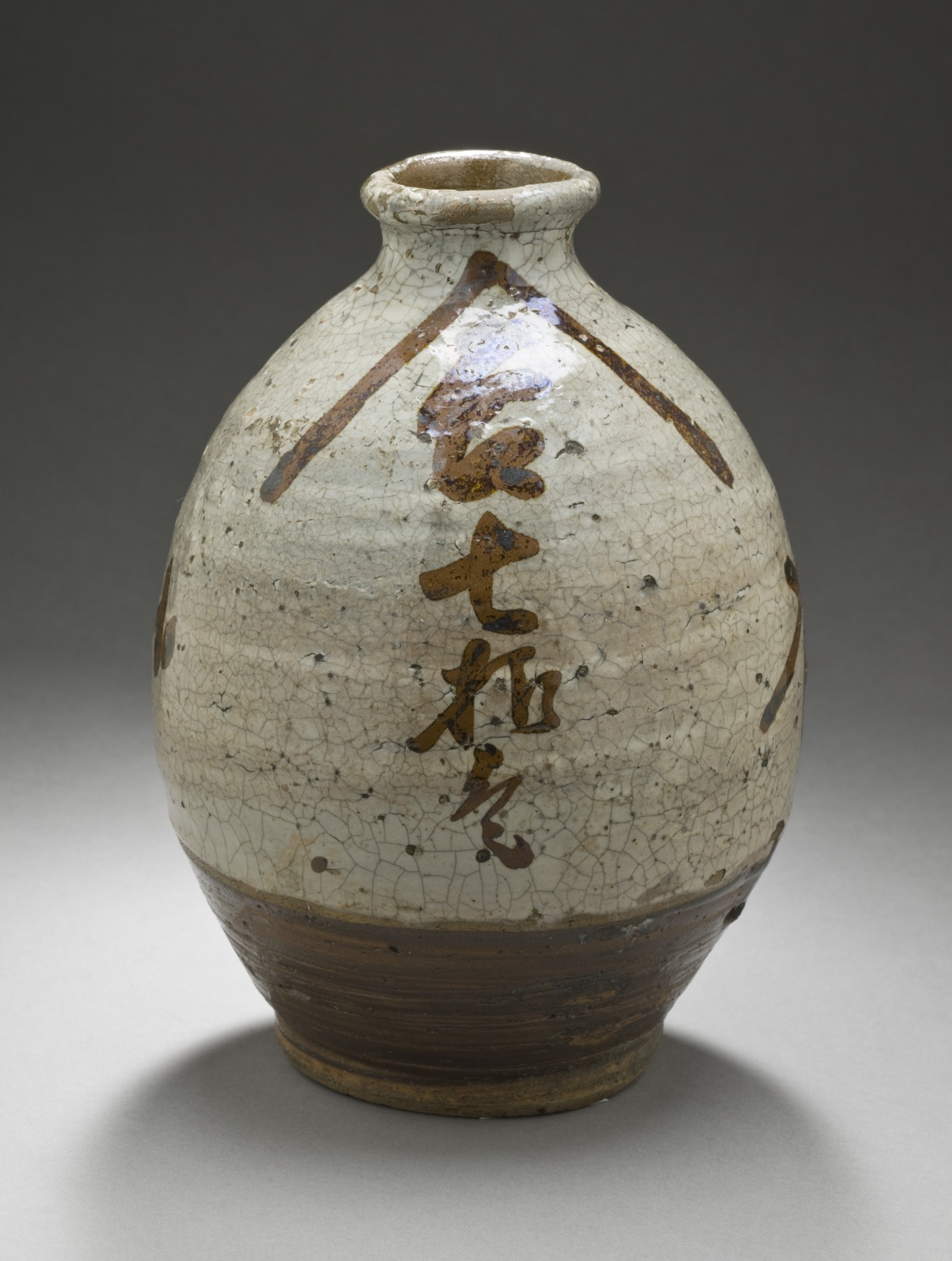
Saga Prefecture is known for the production of ceramics and porcelain called Karatsu ware (Karatsu-yaki). The style is considered a good example of the wabi-sabi aesthetic, and is often used in tea ceremonies. Thus we ended up visiting a fair number of kilns on our journey.
Hakata
After arriving by shinkansen at Hakata Station midday, our stomachs were rumbling so we decided to try a bowl of the dish named after the region; Hakata Ramen (博多ラーメン), more commonly known as Tonkotsu Ramen, famous for its rich pork bone broth and al dente noodles.

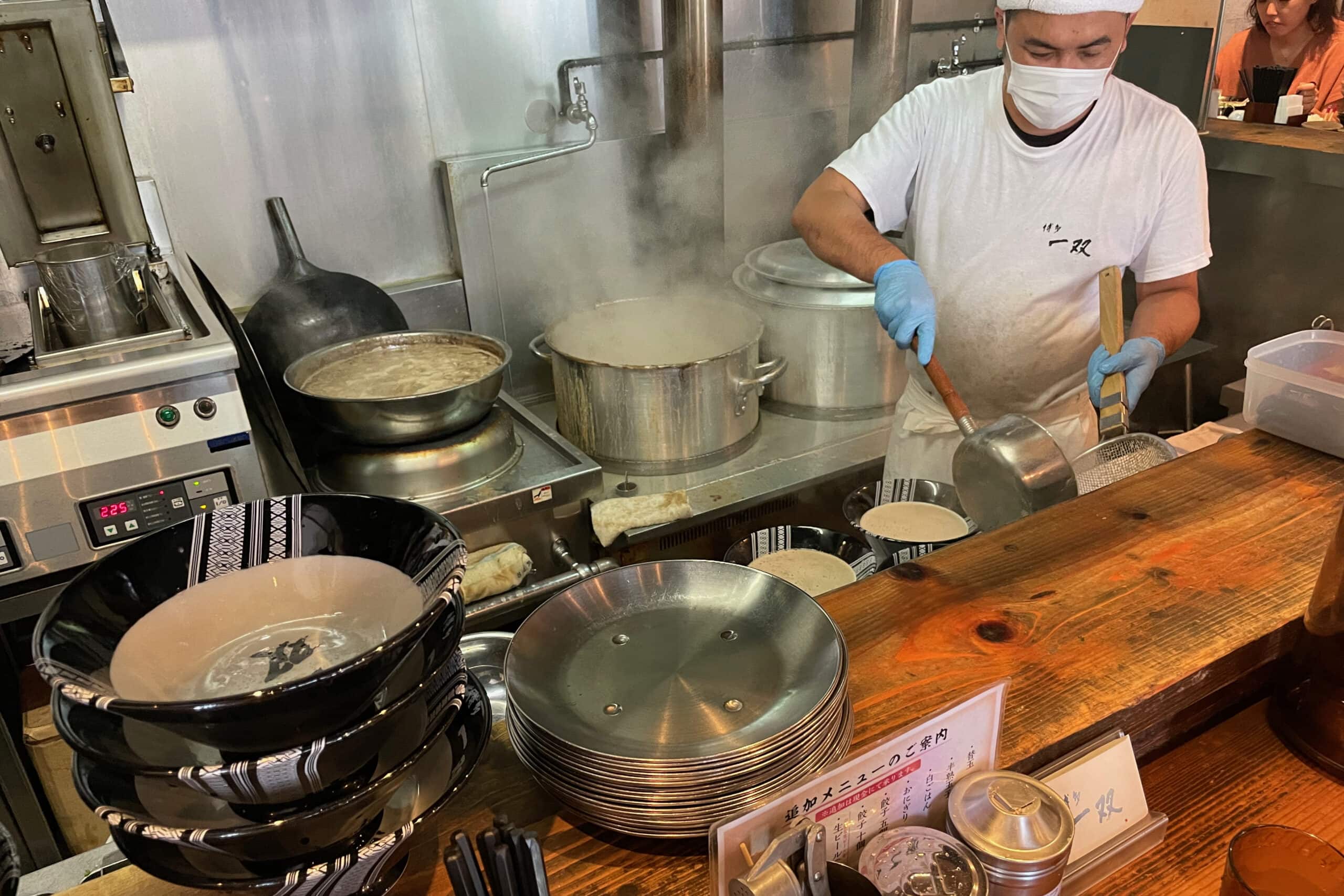
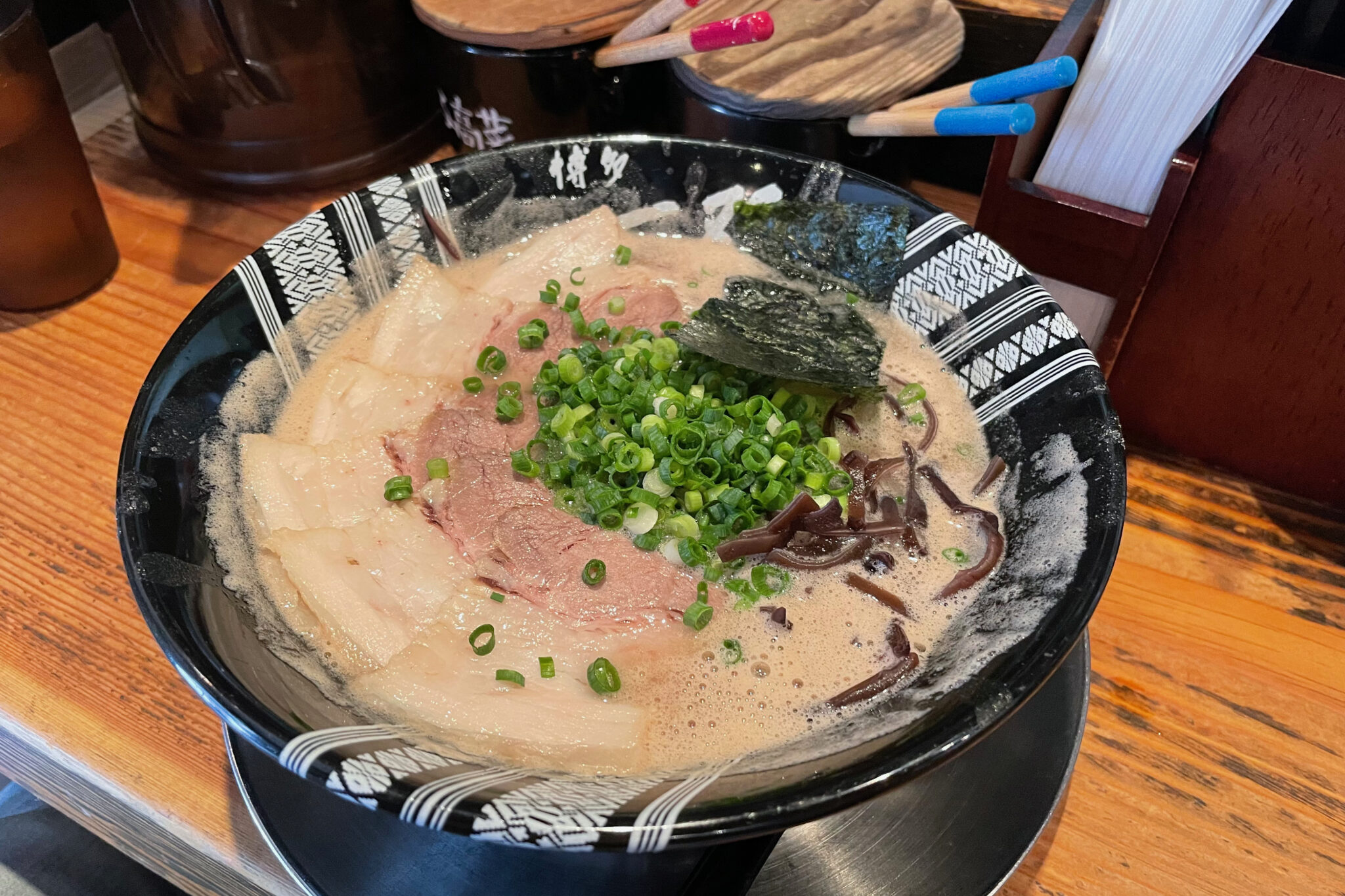
We got our fill at Hakata Issou (博多一双 博多駅東本店) and it was honestly the best bowl of ramen I’ve ever had. Worth the queue!

Saga City
We spent our first night in Saga City (佐賀市) which wasn’t terribly interesting save for the wide moat that surrounds Saga Castle Ruins (佐賀城跡) that makes for a nice walk. The caste itself is a modern reconstruction that holds a local history museum.
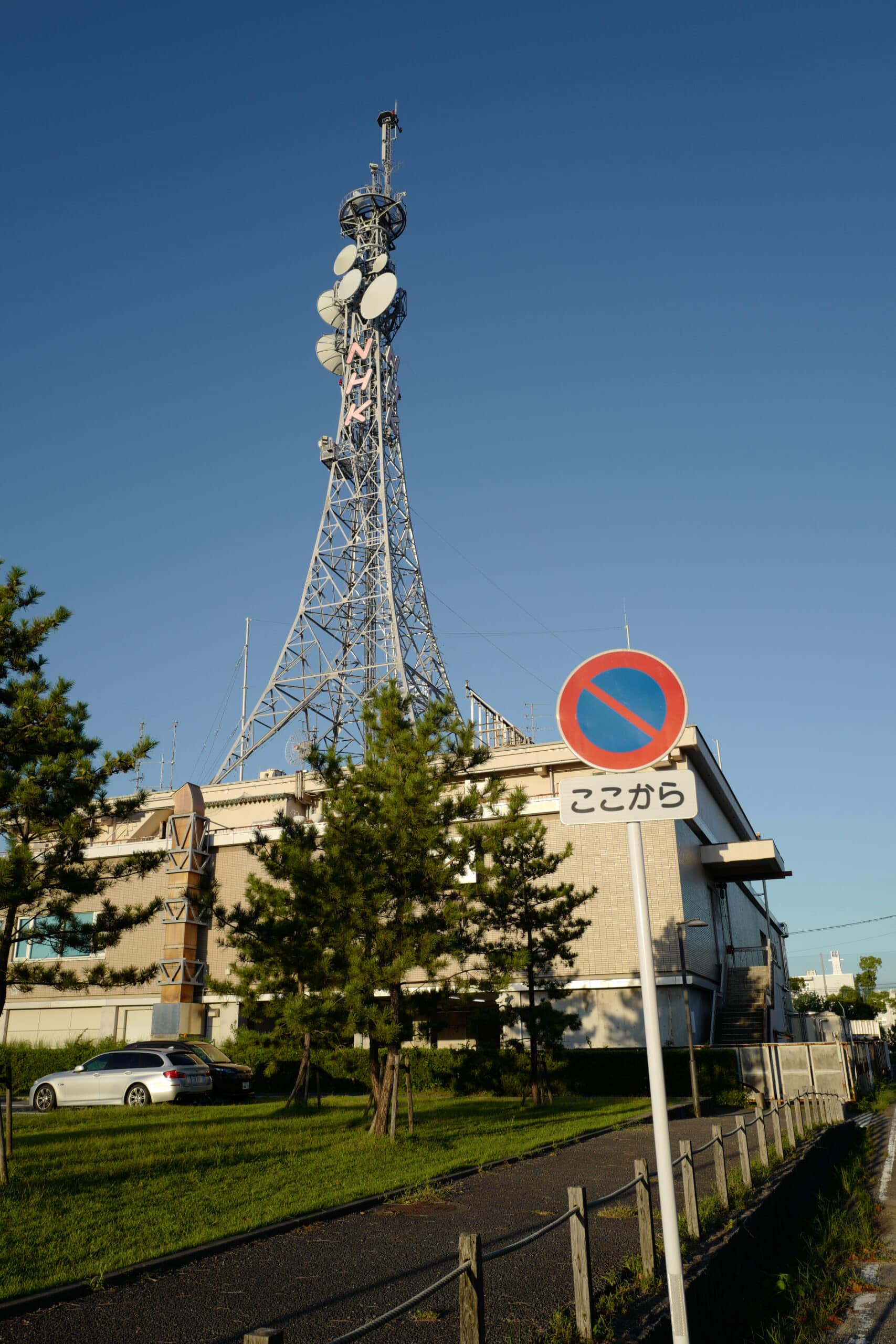
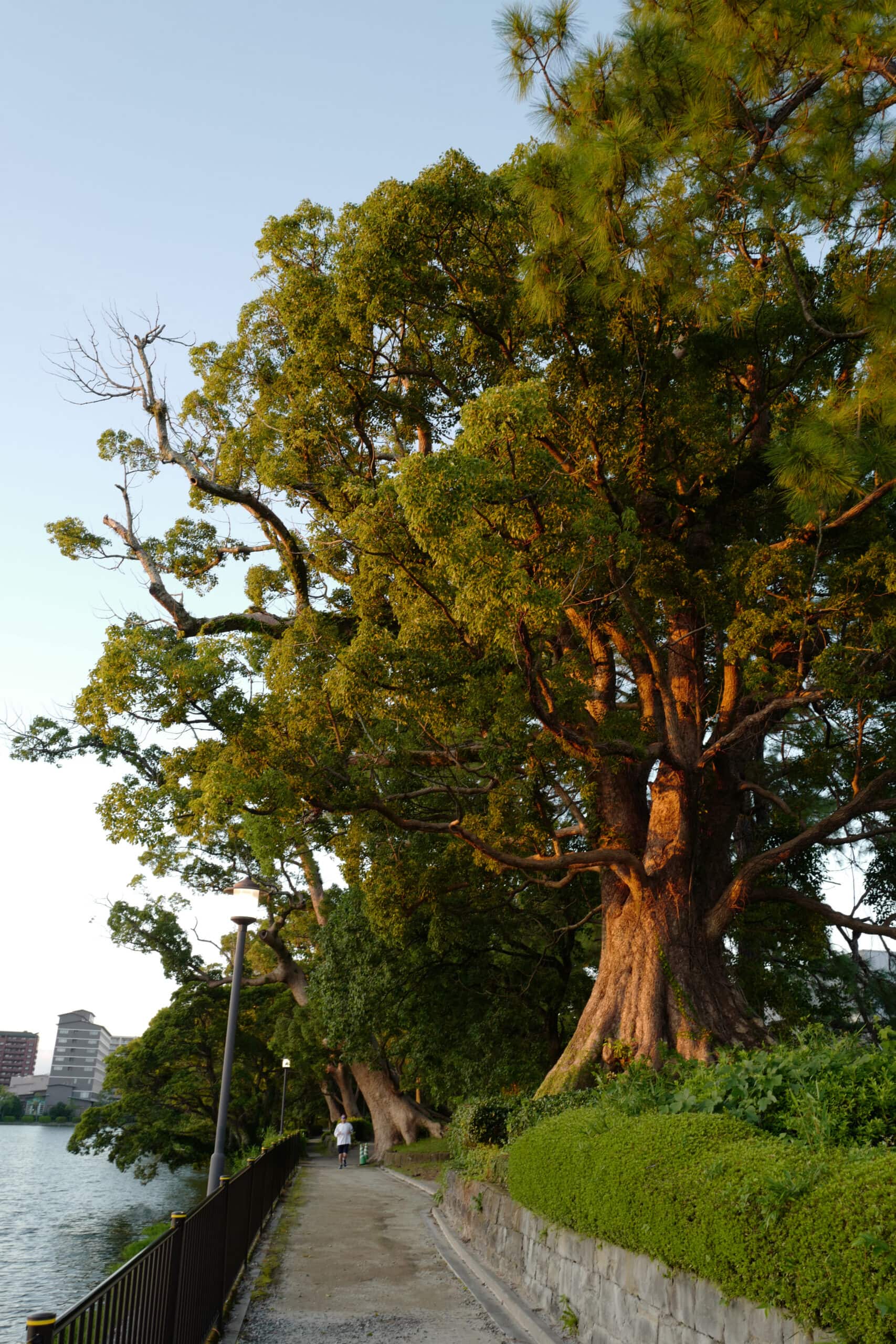

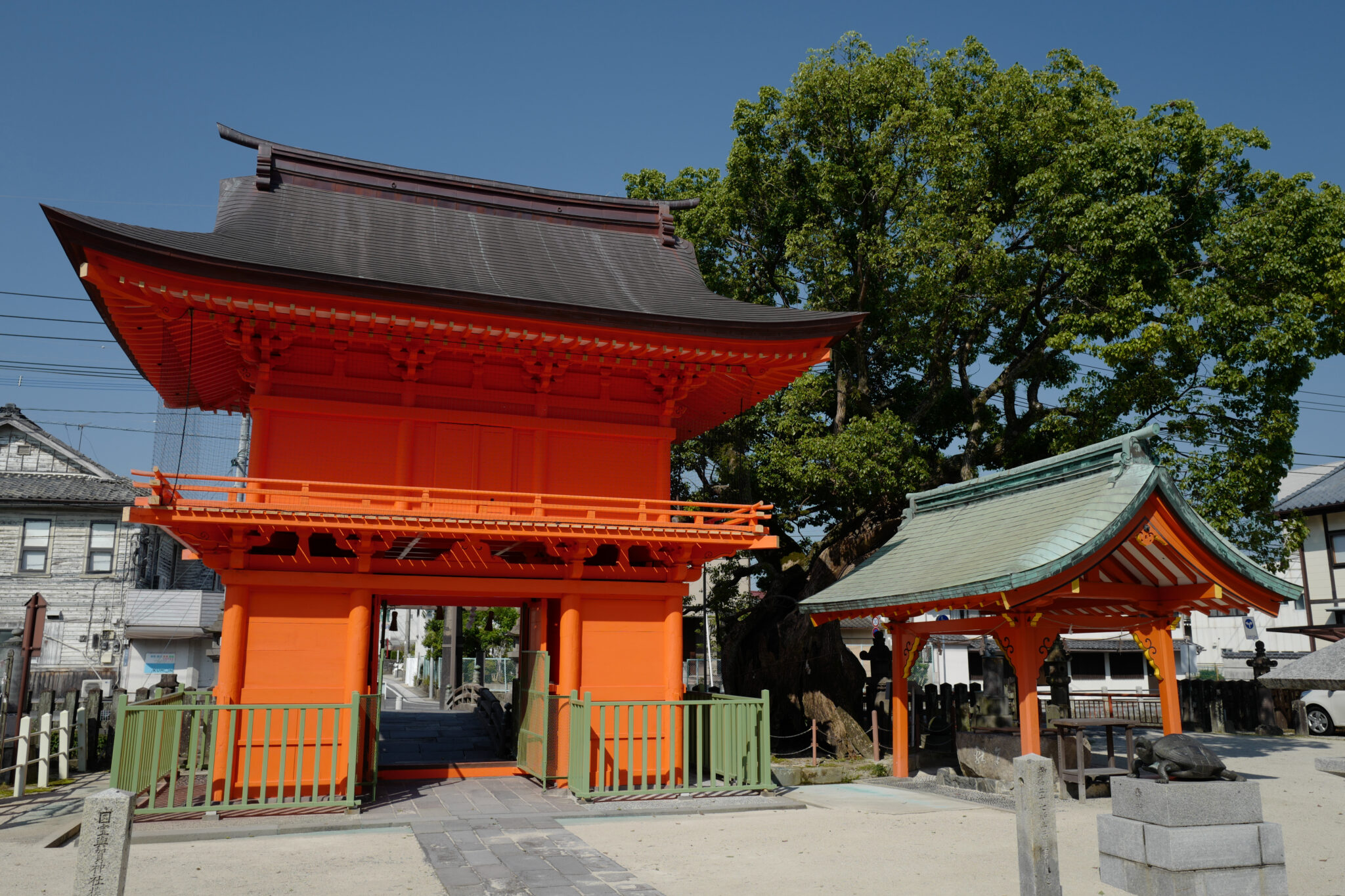
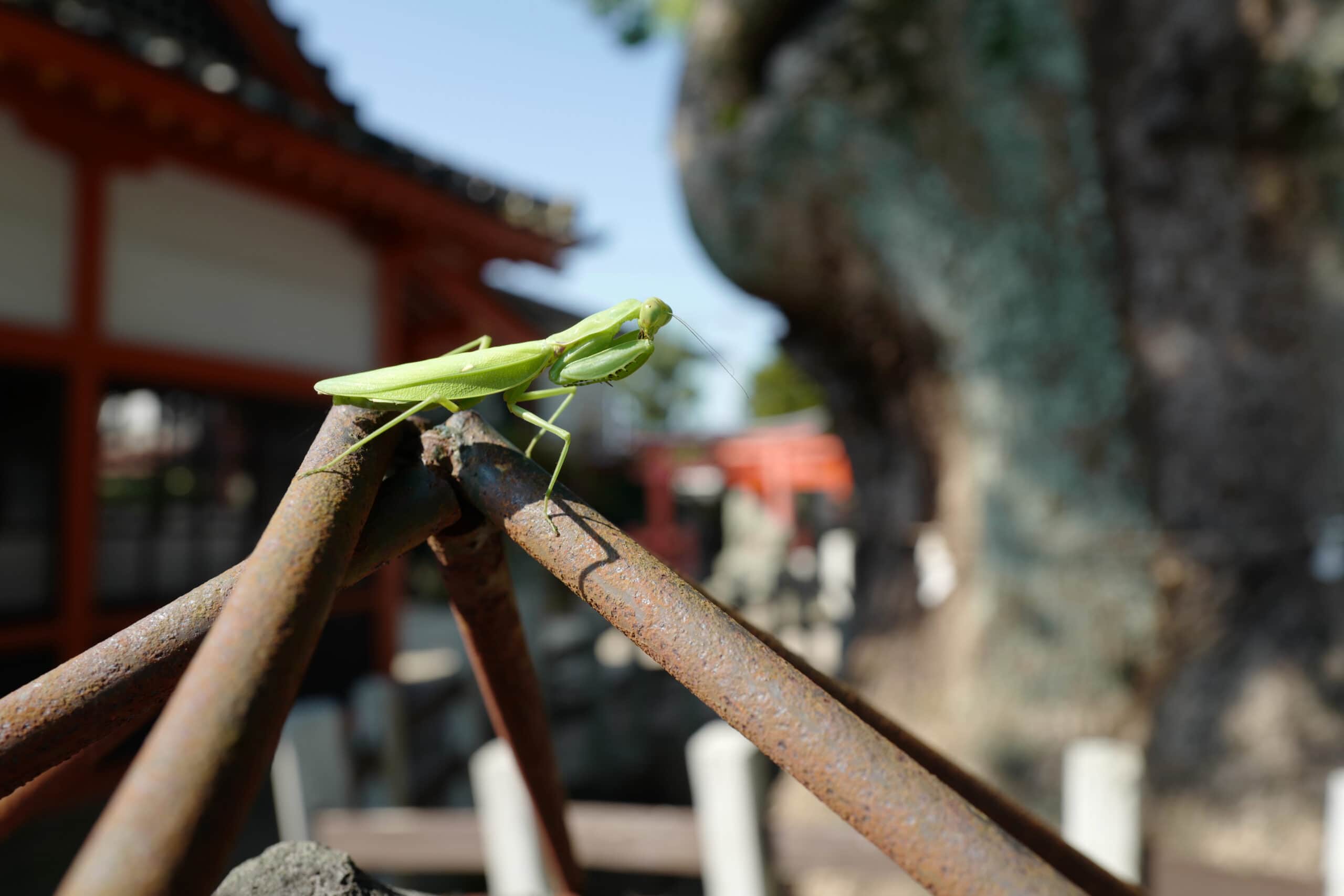
Shida-yaki Pottery Museum
Shida-yaki Pottery Museum (志田焼の里博物館) is an old pottery factory in Ureshino (嬉野市) that was in operation from 1912 to 1984. Walking through the wooden factory buildings, you can learn about the entire ceramic production process from processing the clay, forming using moulds, glazing, and firing at high temperatures in huge brick ovens.
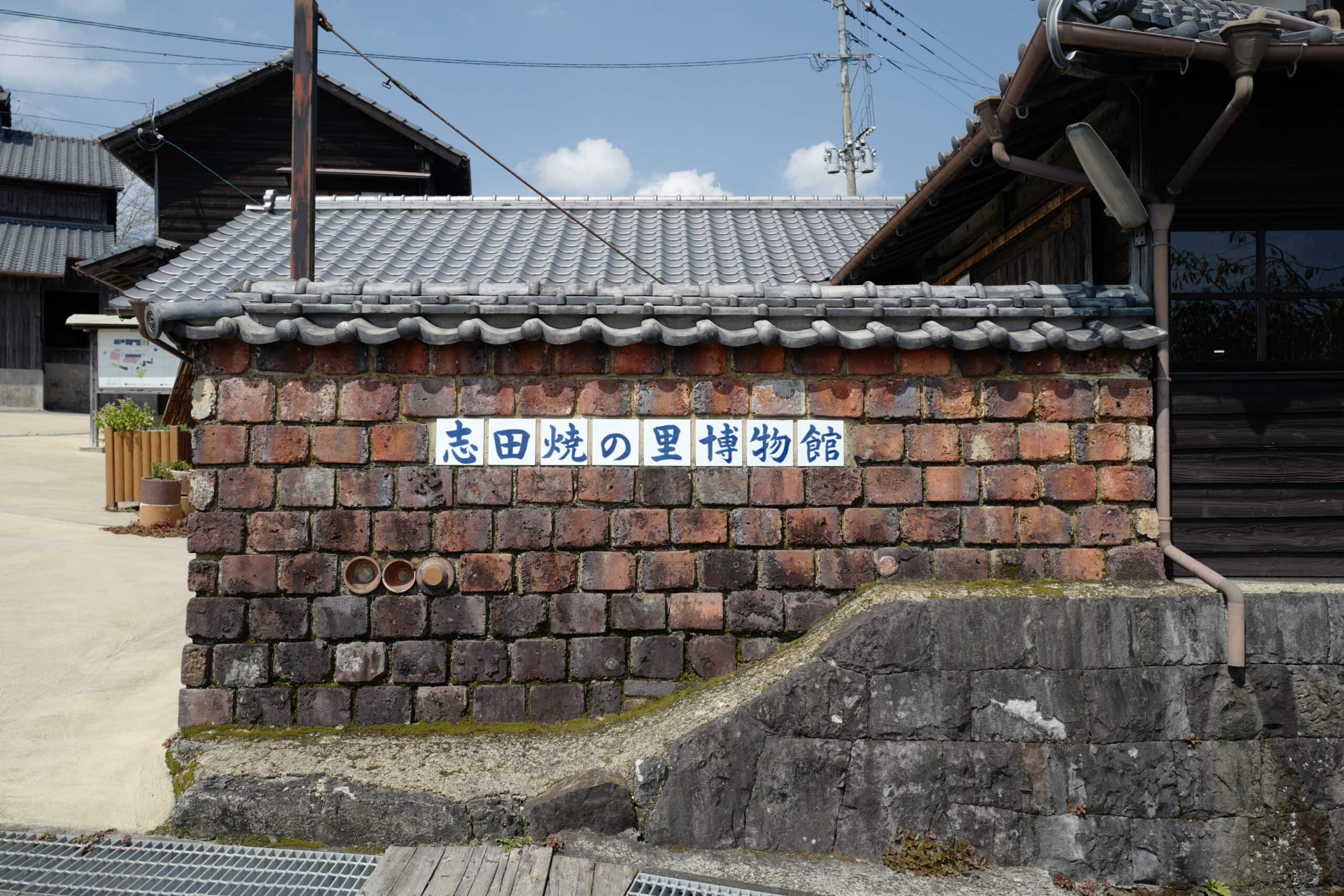
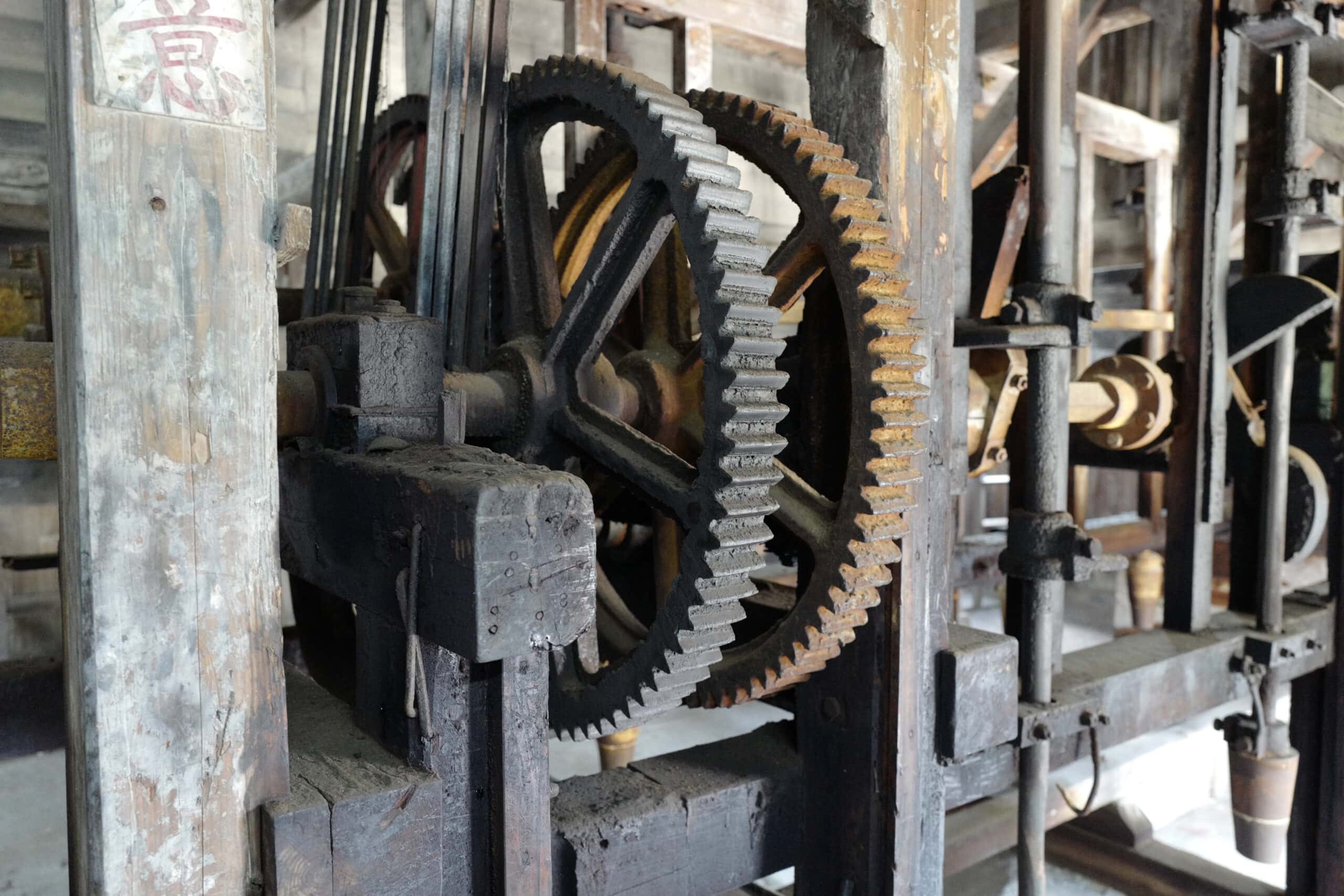

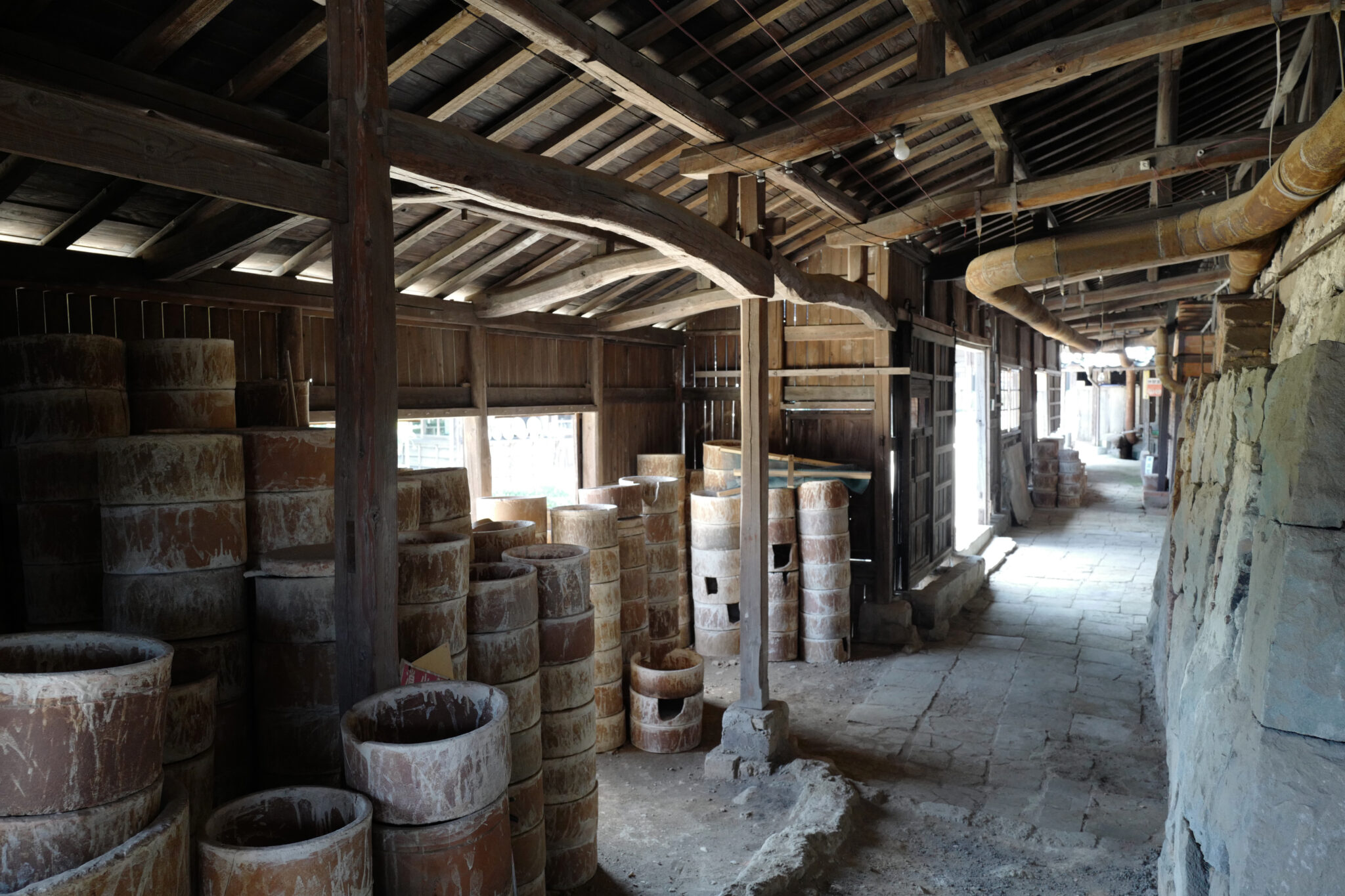
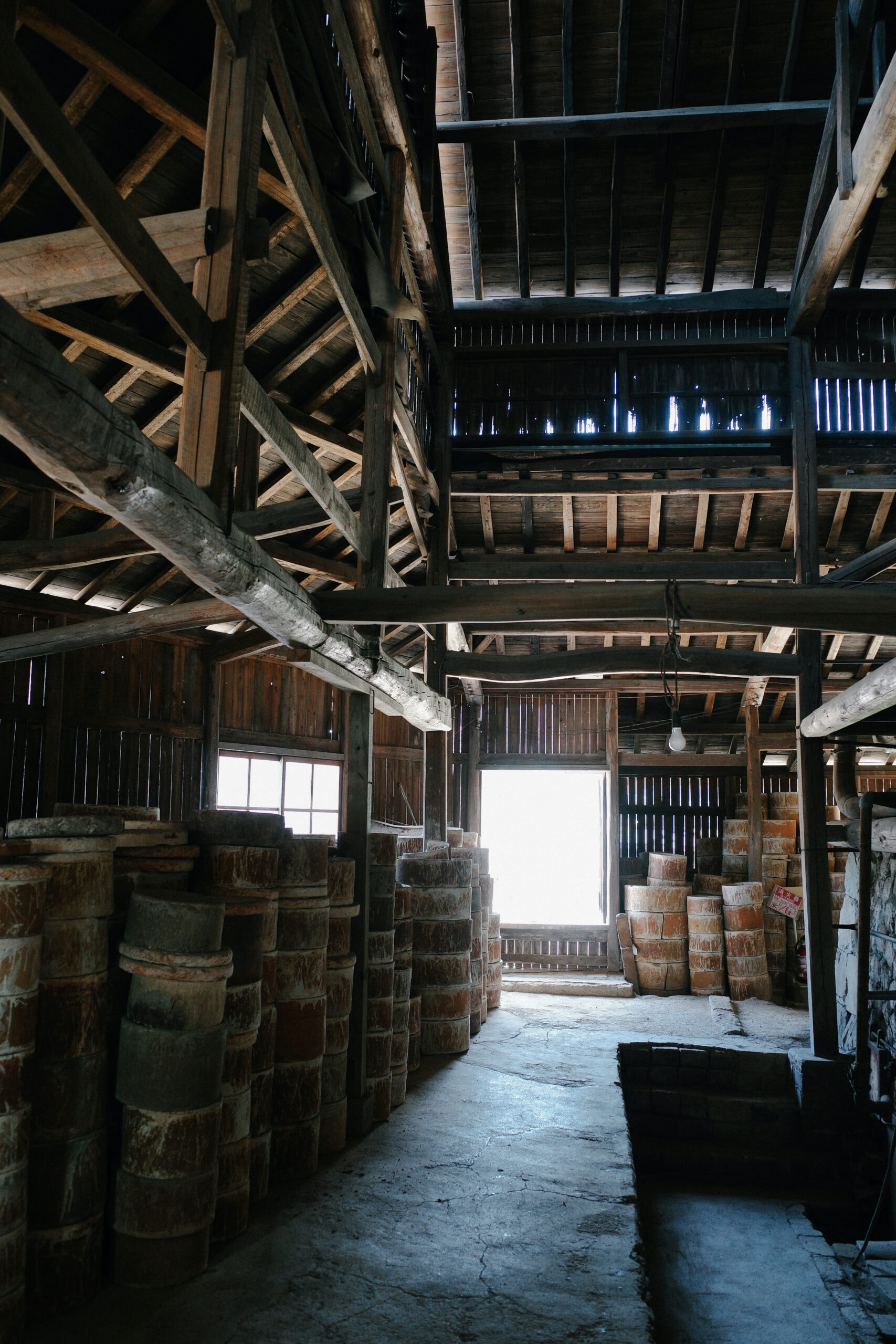
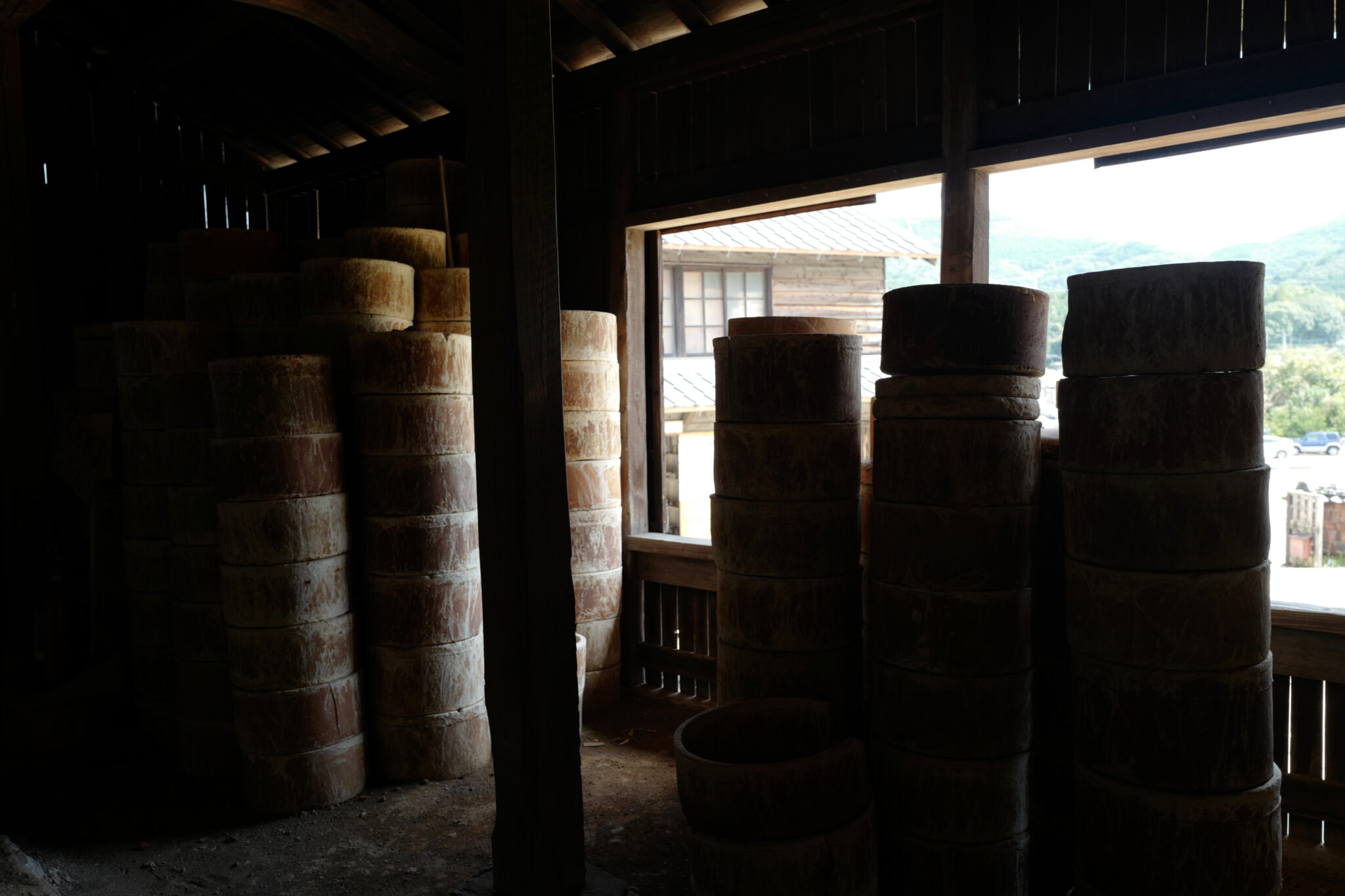
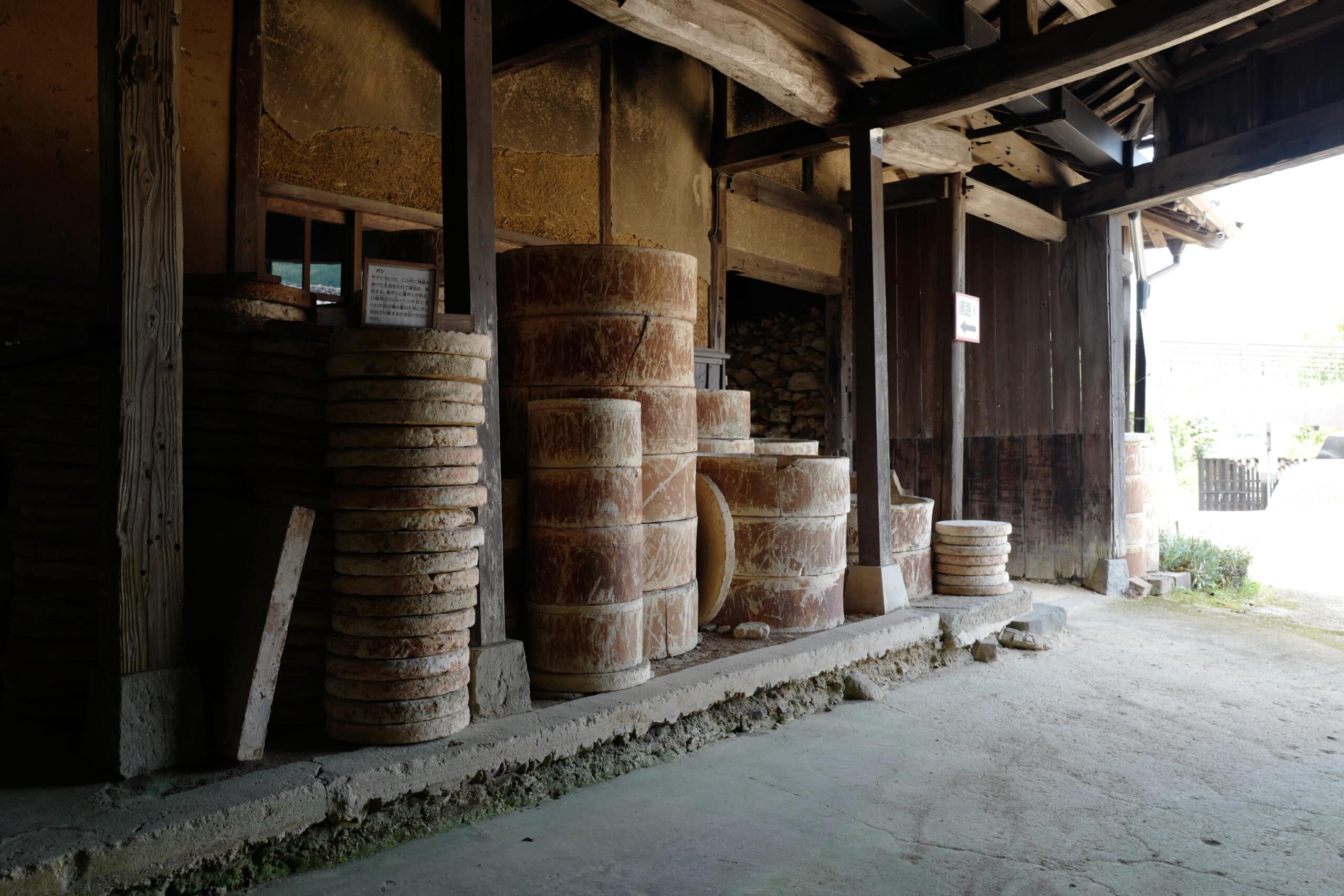

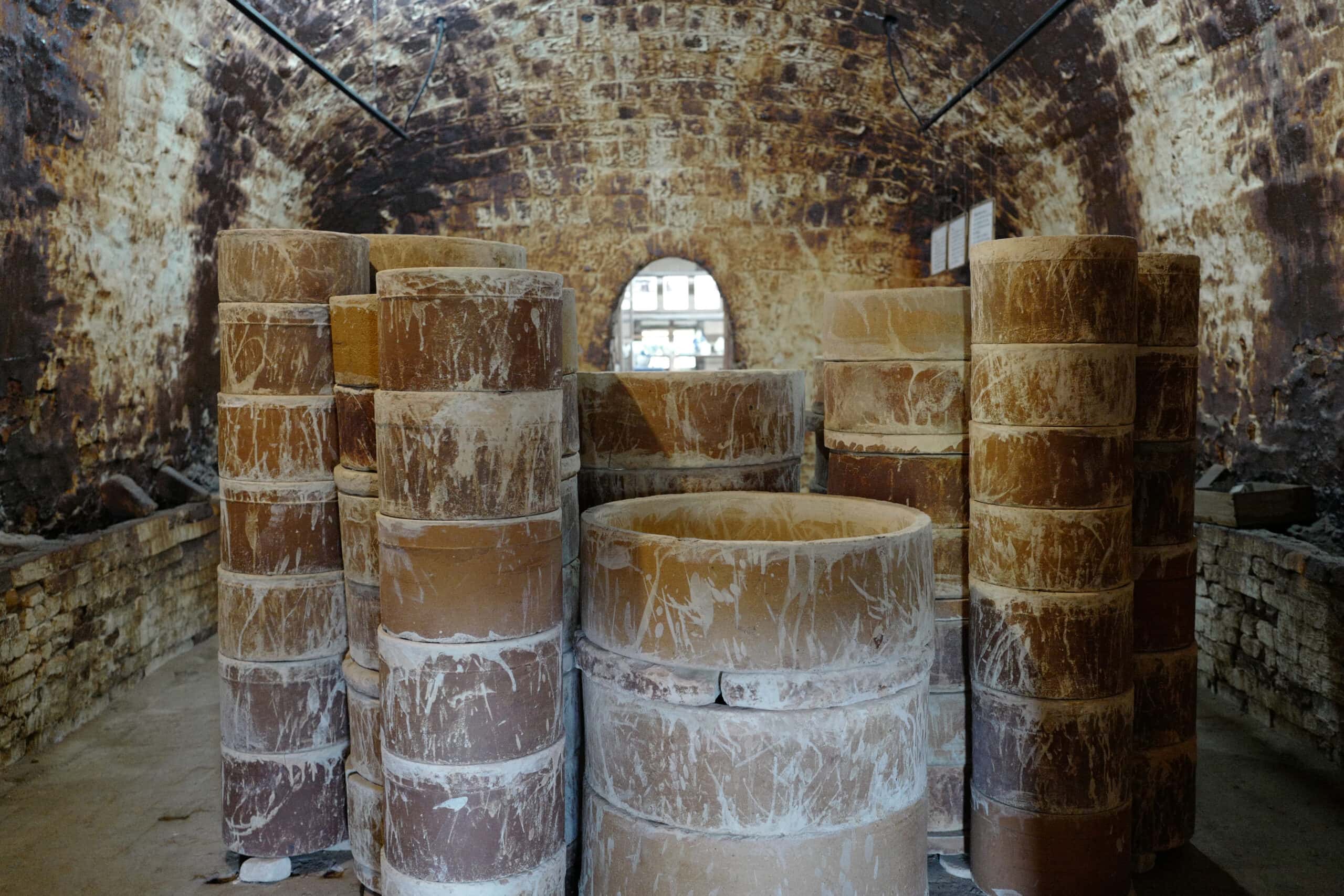
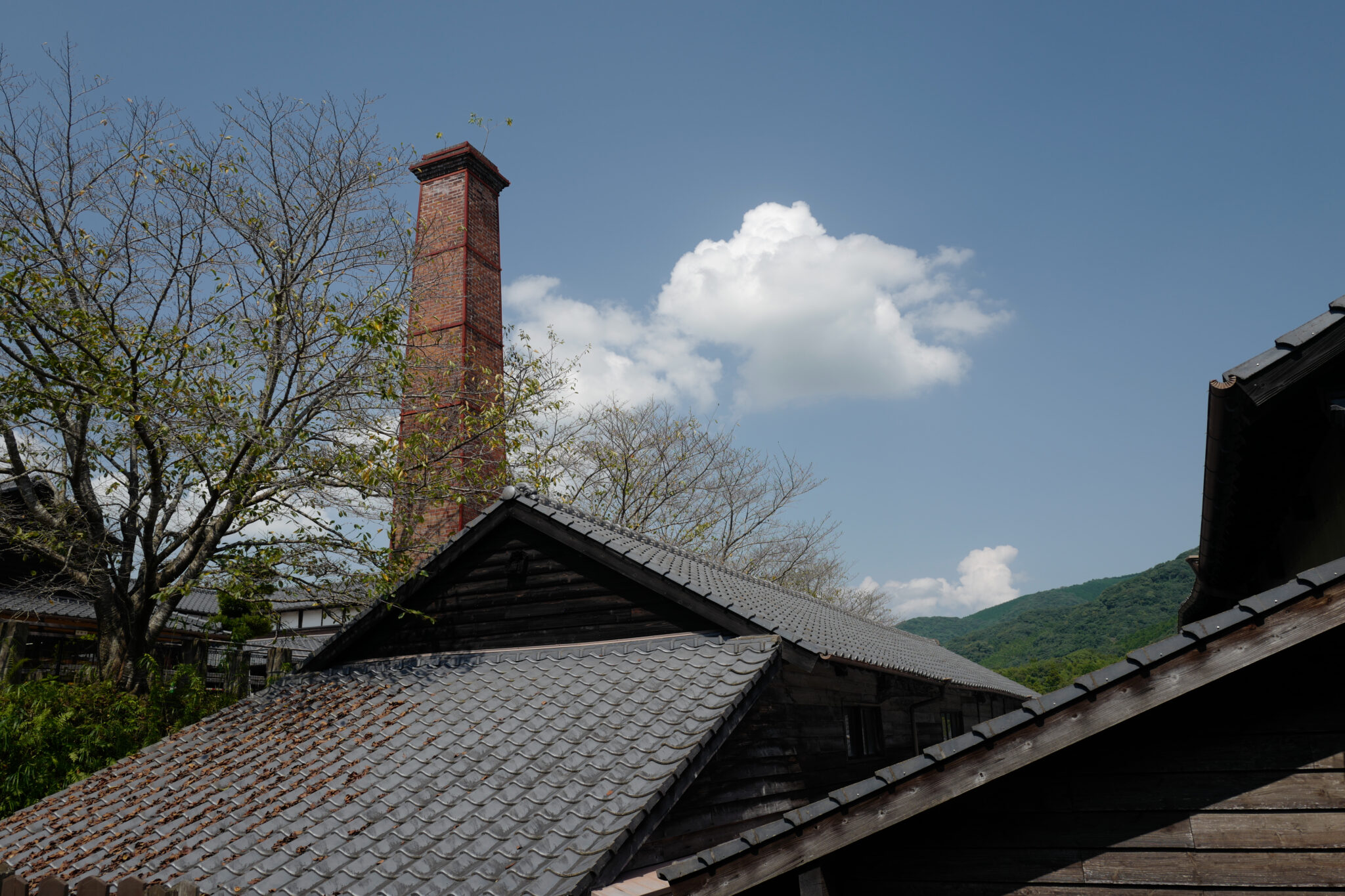
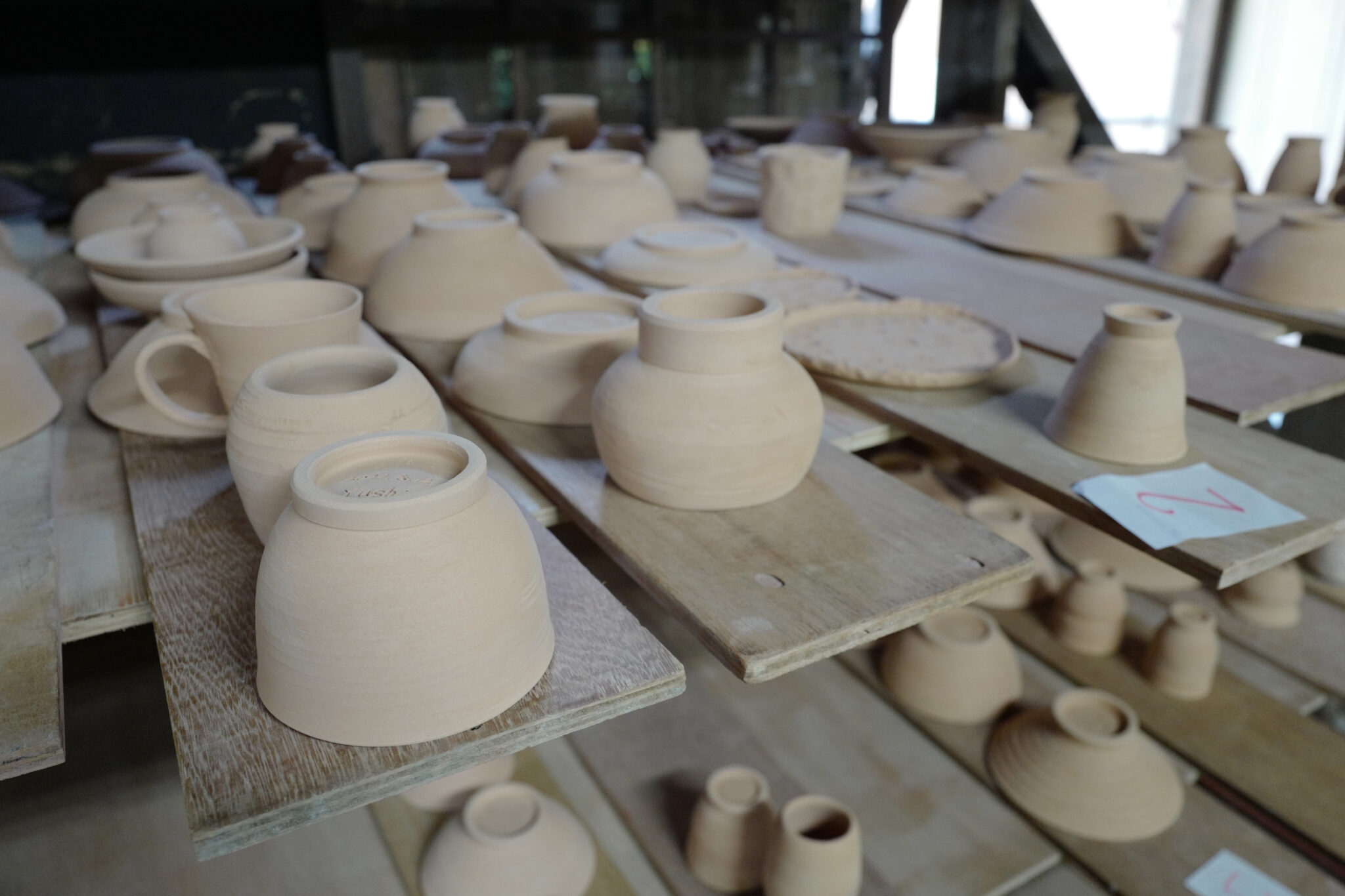

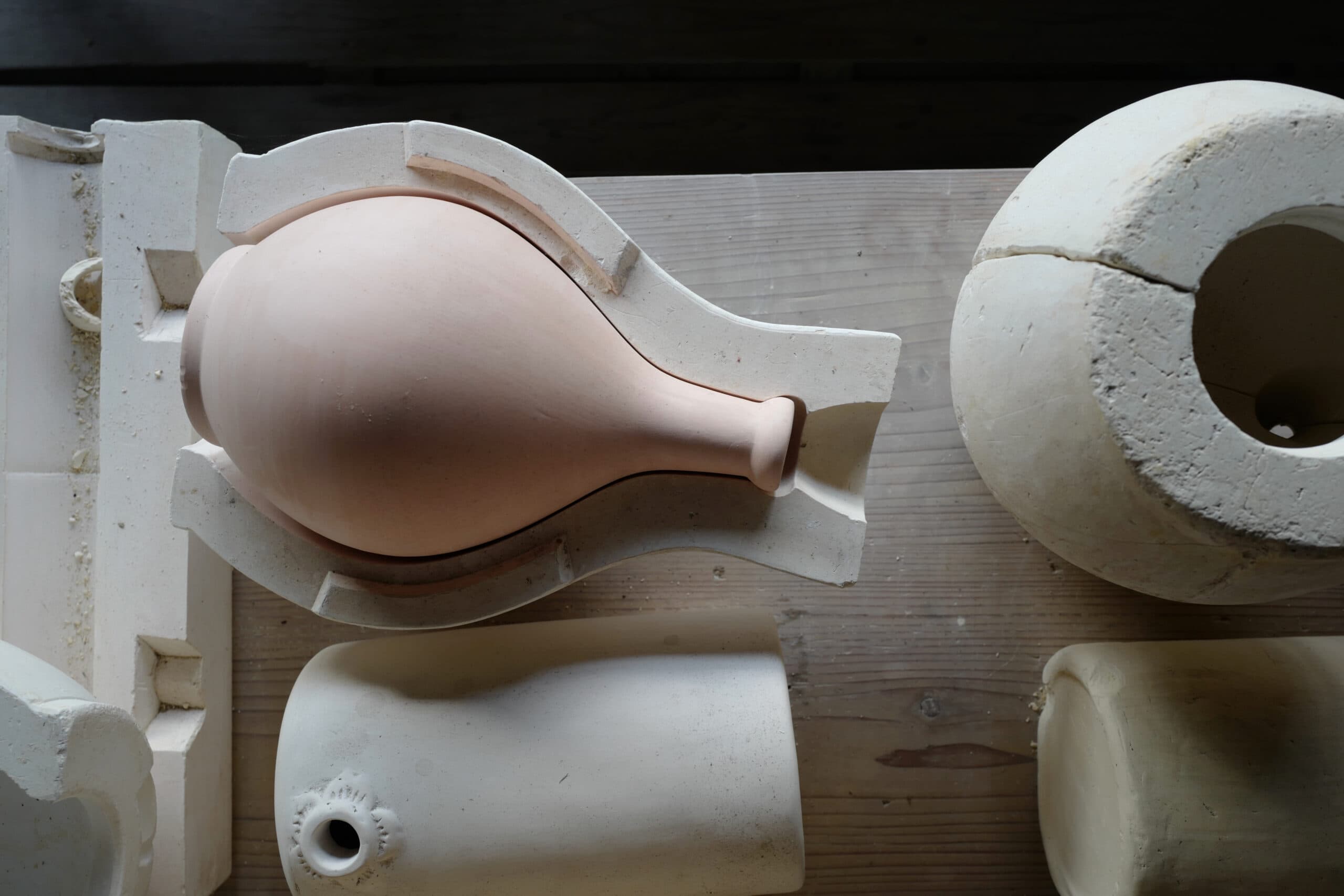
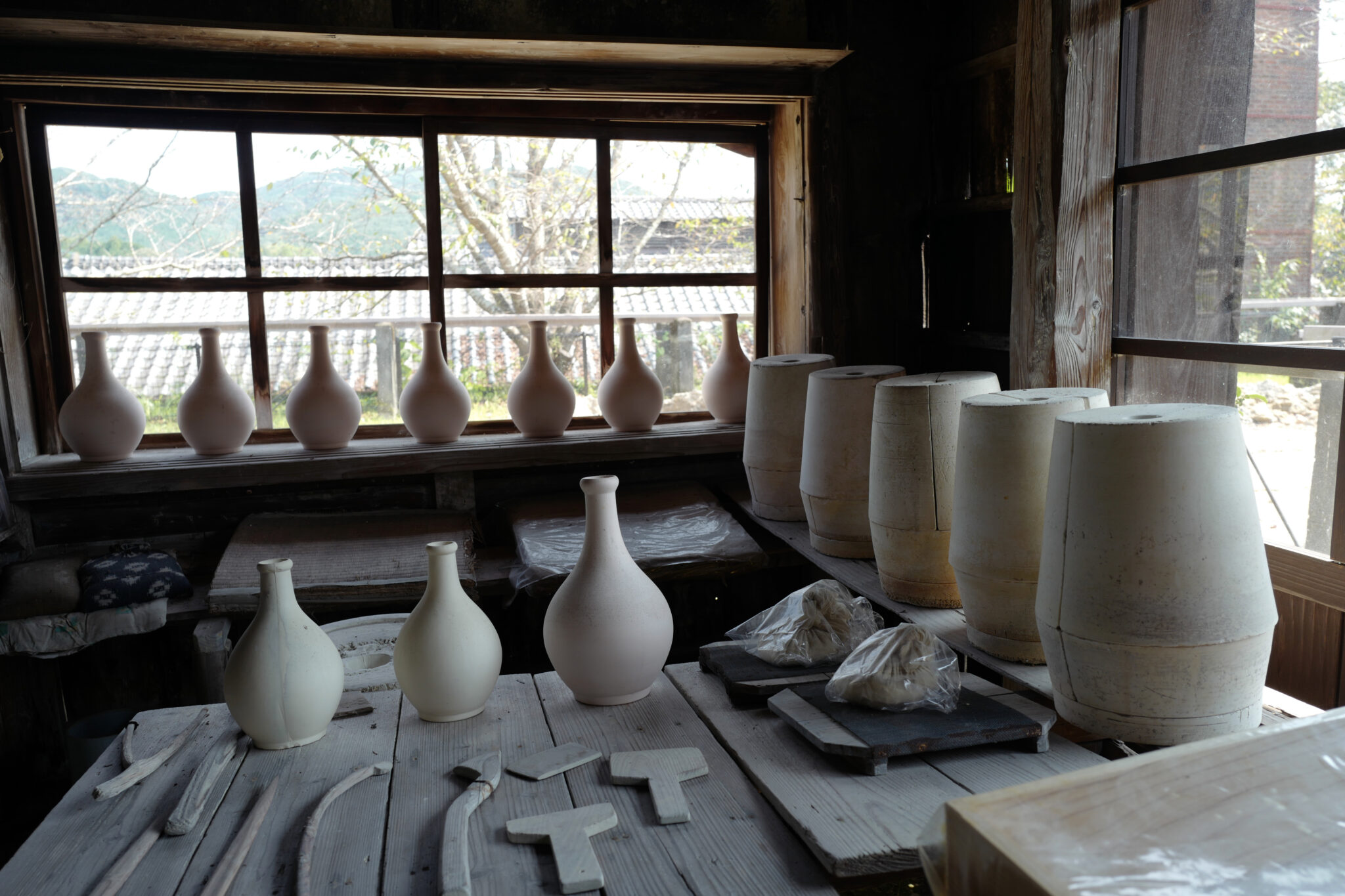
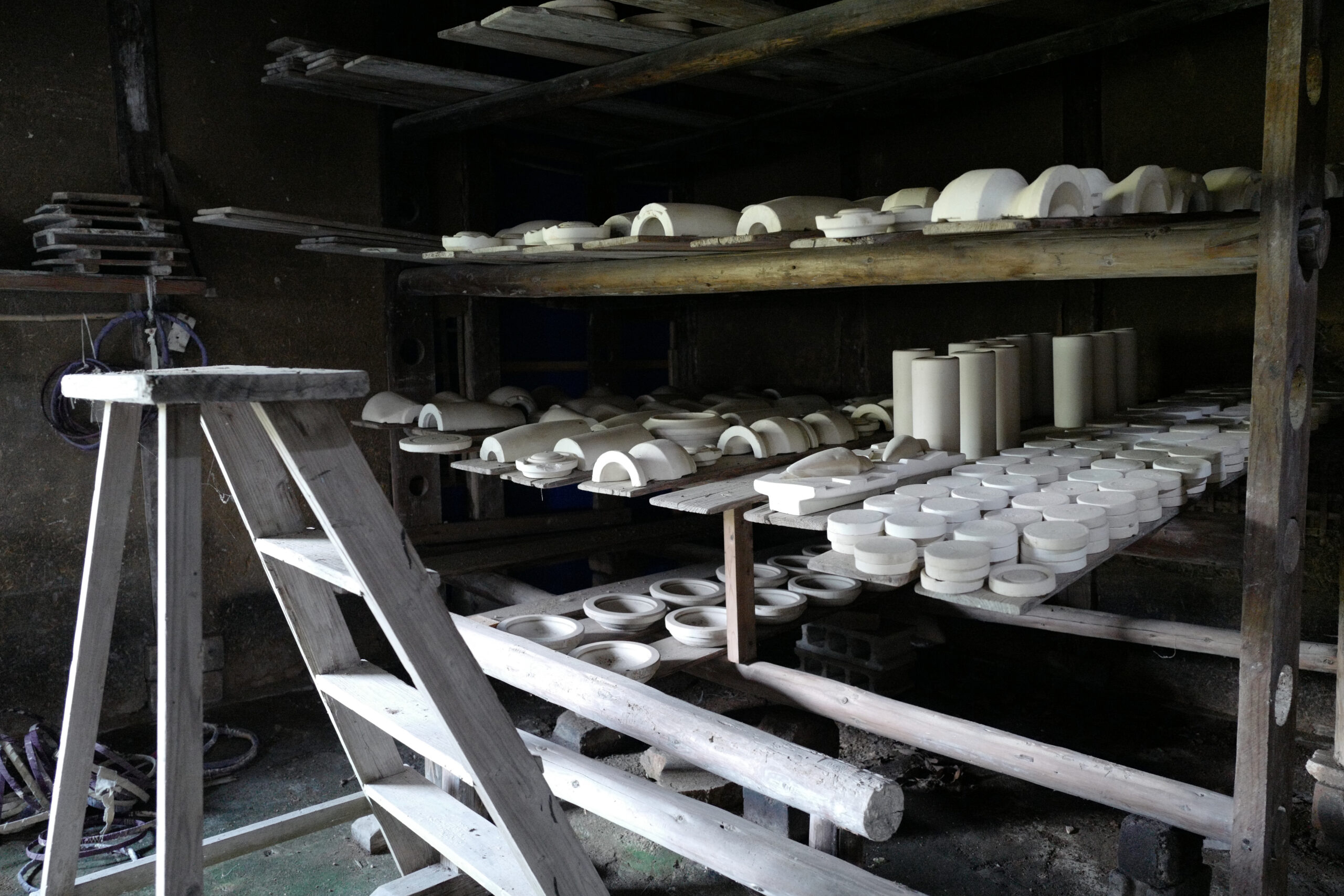
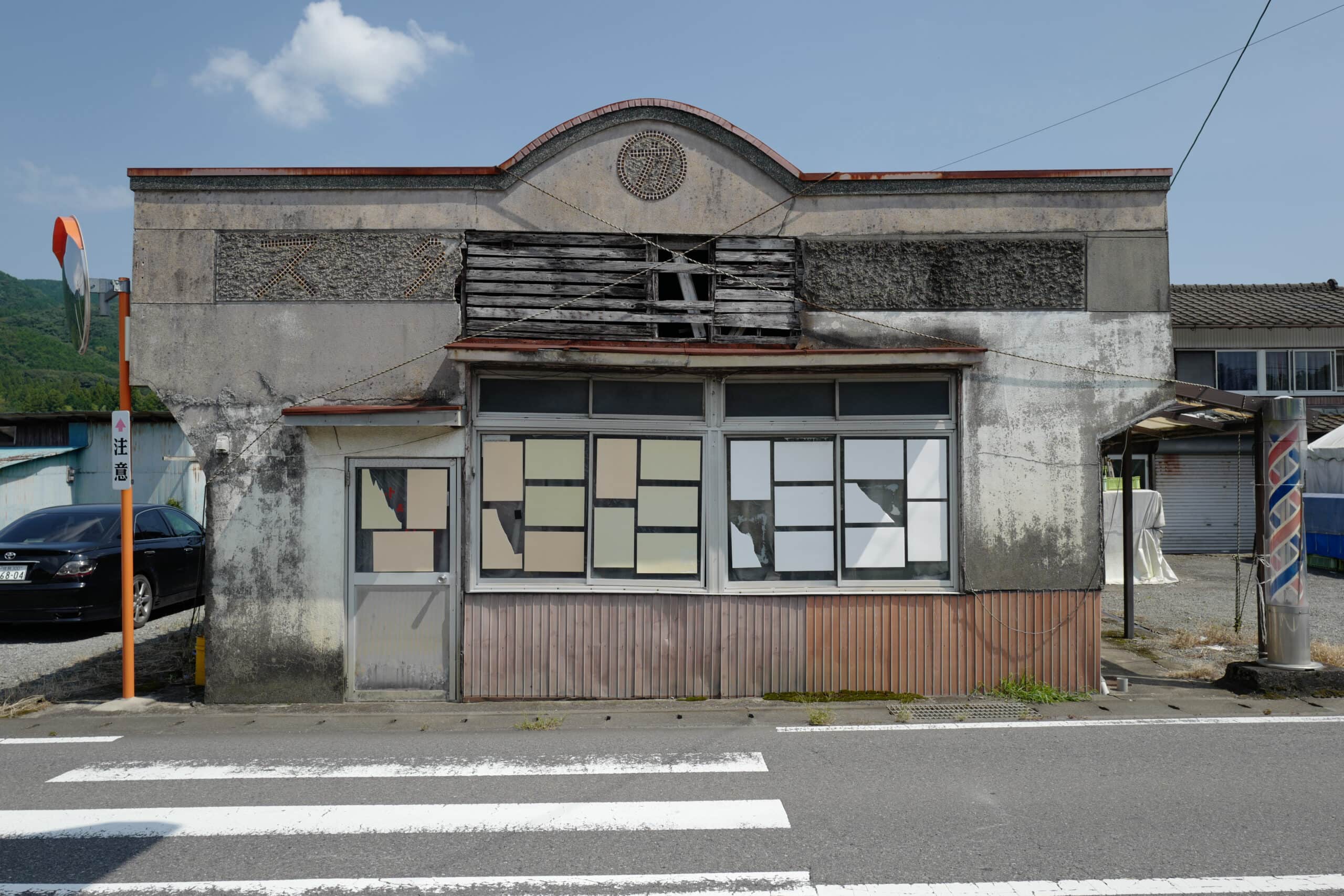
Takeo City Library
Opened in 2013, Takeo City Library (武雄市図書館) is a collaboration between the city municipality and Tsutaya, a popular chain of bookstores in Japan. The astounding building houses a library, bookshop and a café under a sweeping crescent-shaped roof (reminiscent of Daikanyama T-Site in Tokyo). A real triumph of architecture and design.
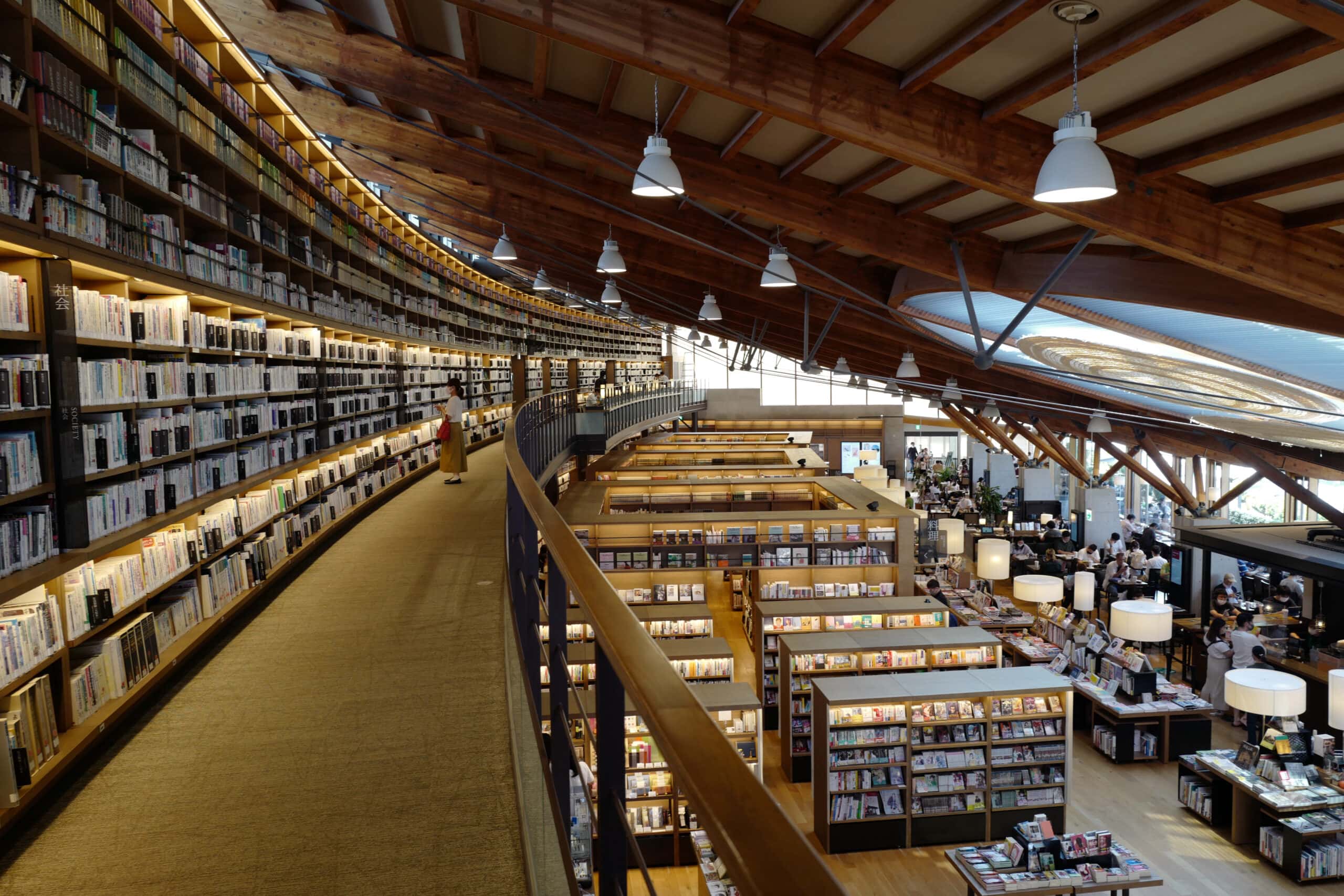
Next to the library is a sand-covered track used for traditional Japanese horseback archery known as Yabusame (流鏑馬). We were lucky enough to see a group of archers practising.
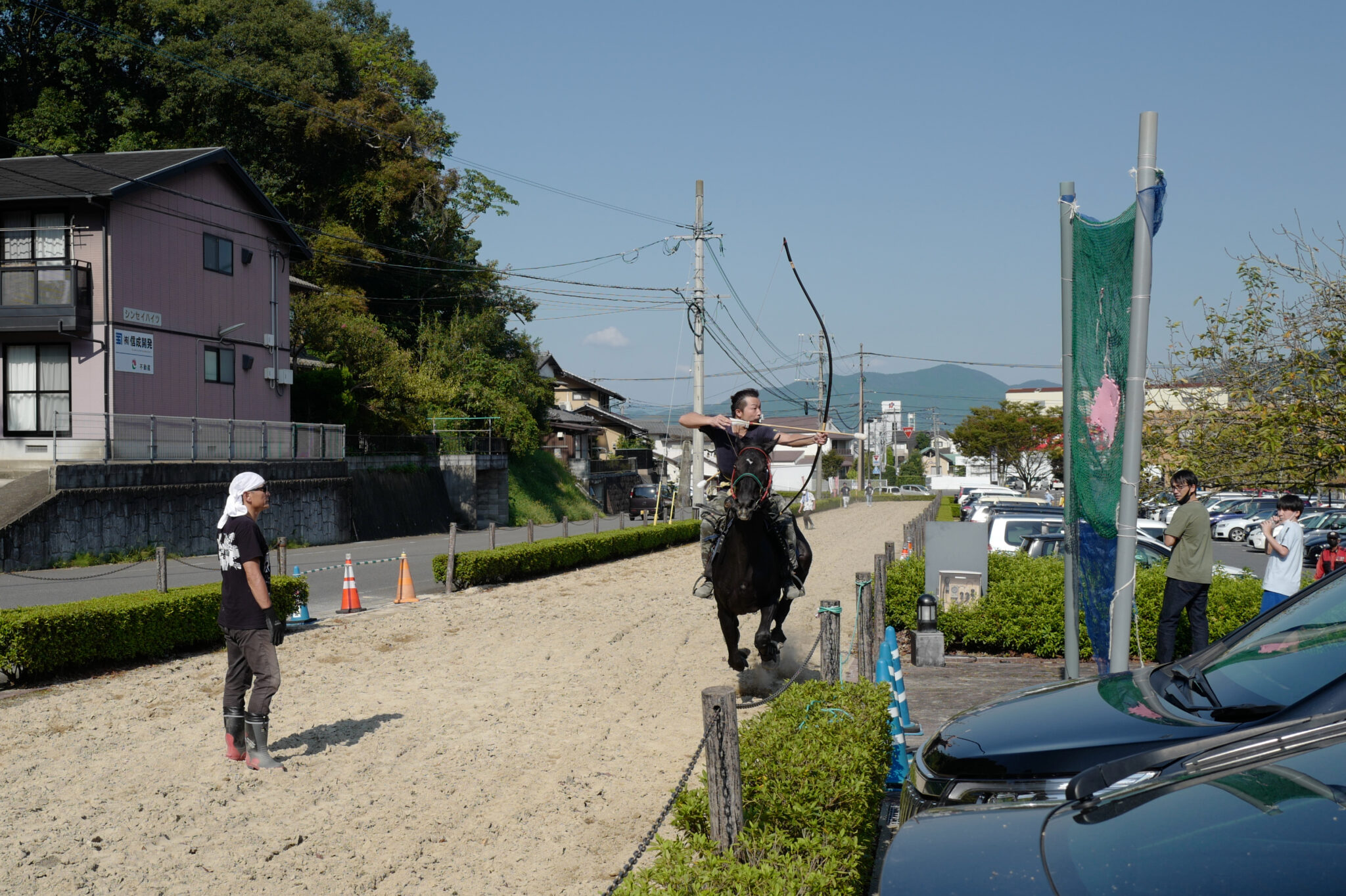

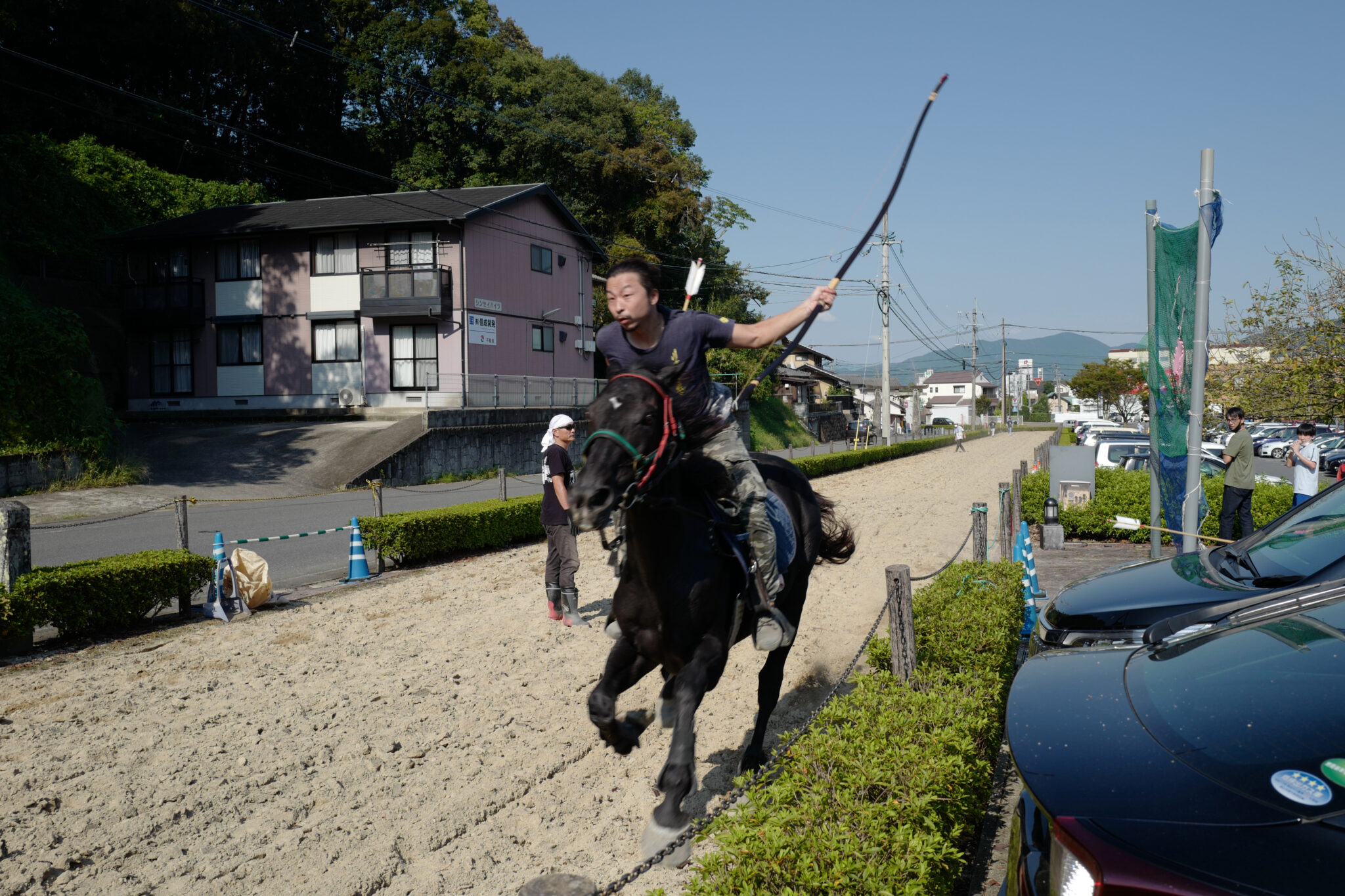
It’s a real feat of skill as the archer has to control the horse with their knees while using both hands to draw and shoot their bow at the targets, all while galloping at high speed.
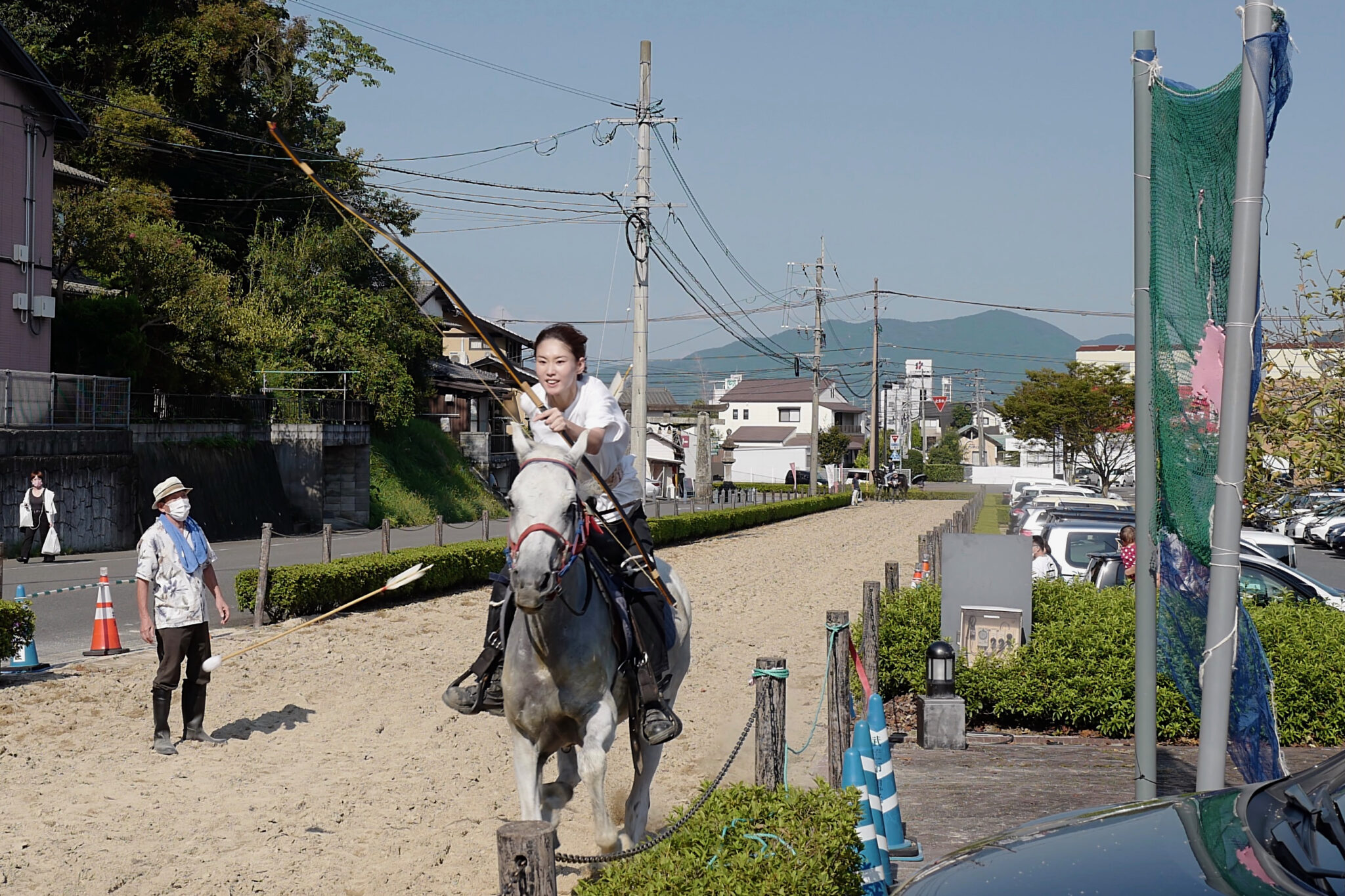
TIMER Inn
We stayed overnight at TIMER Inn (TIMERの宿), a unique off-grid homestead that sits on a hillside overlooking rice fields.
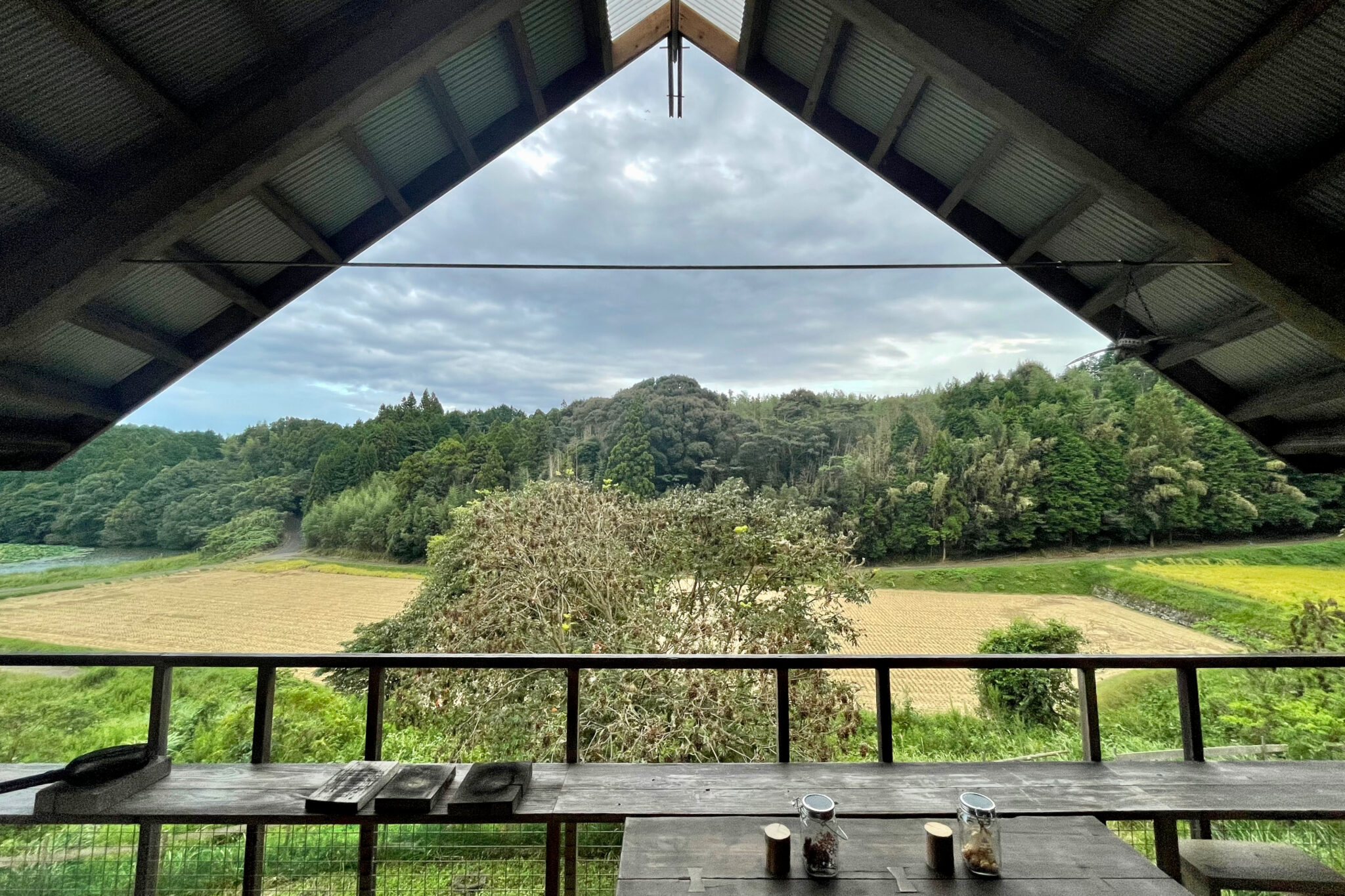
The building is designed to be energy-efficient without the need for electricity to heat, cool, or light it. The earthen walls are insulated with old straw tatami mats. Rainwater is collected for washing within an open-air bath that is heated by a wood stove. Naughty goats keep the grass short year-round!
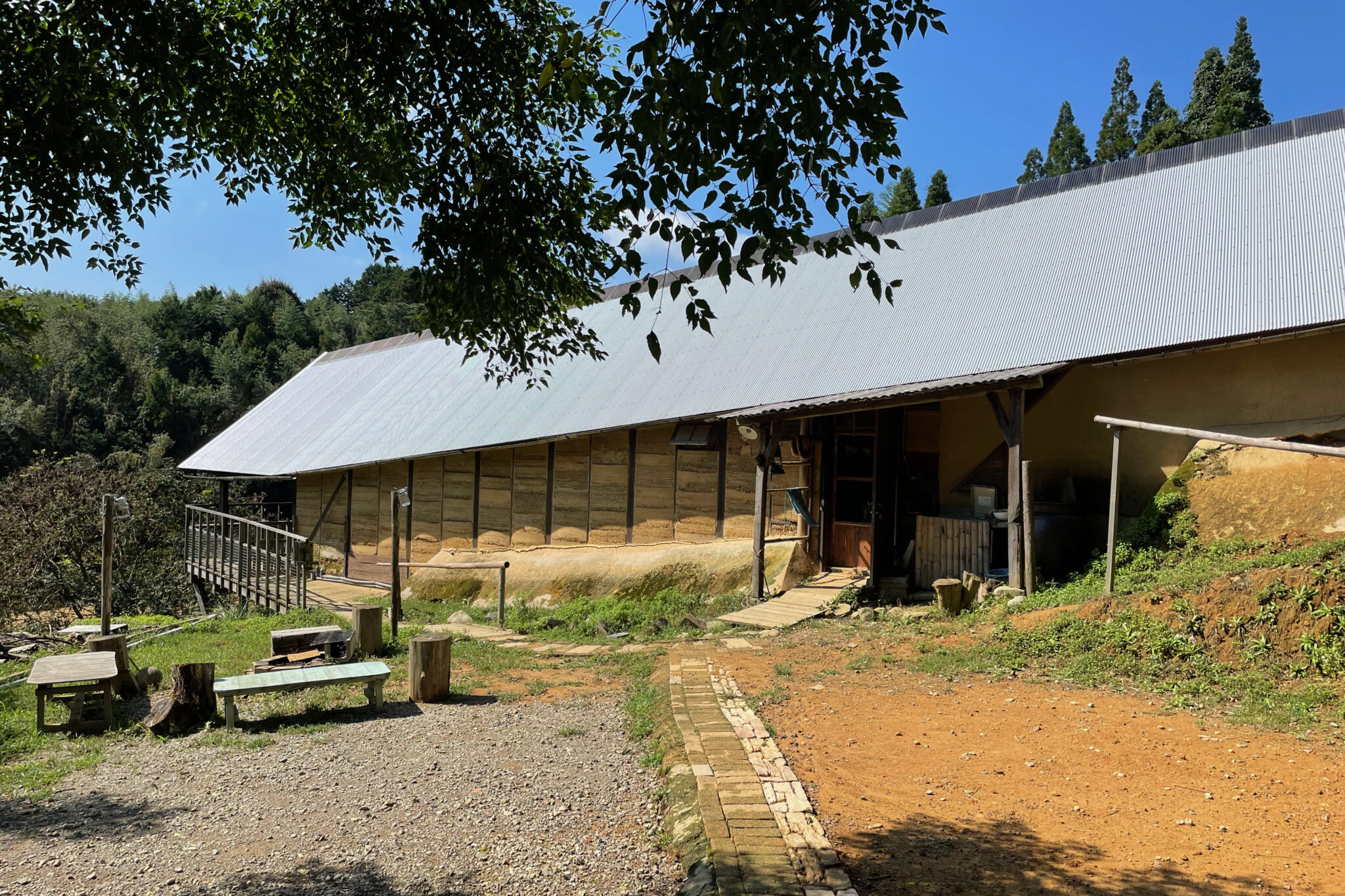
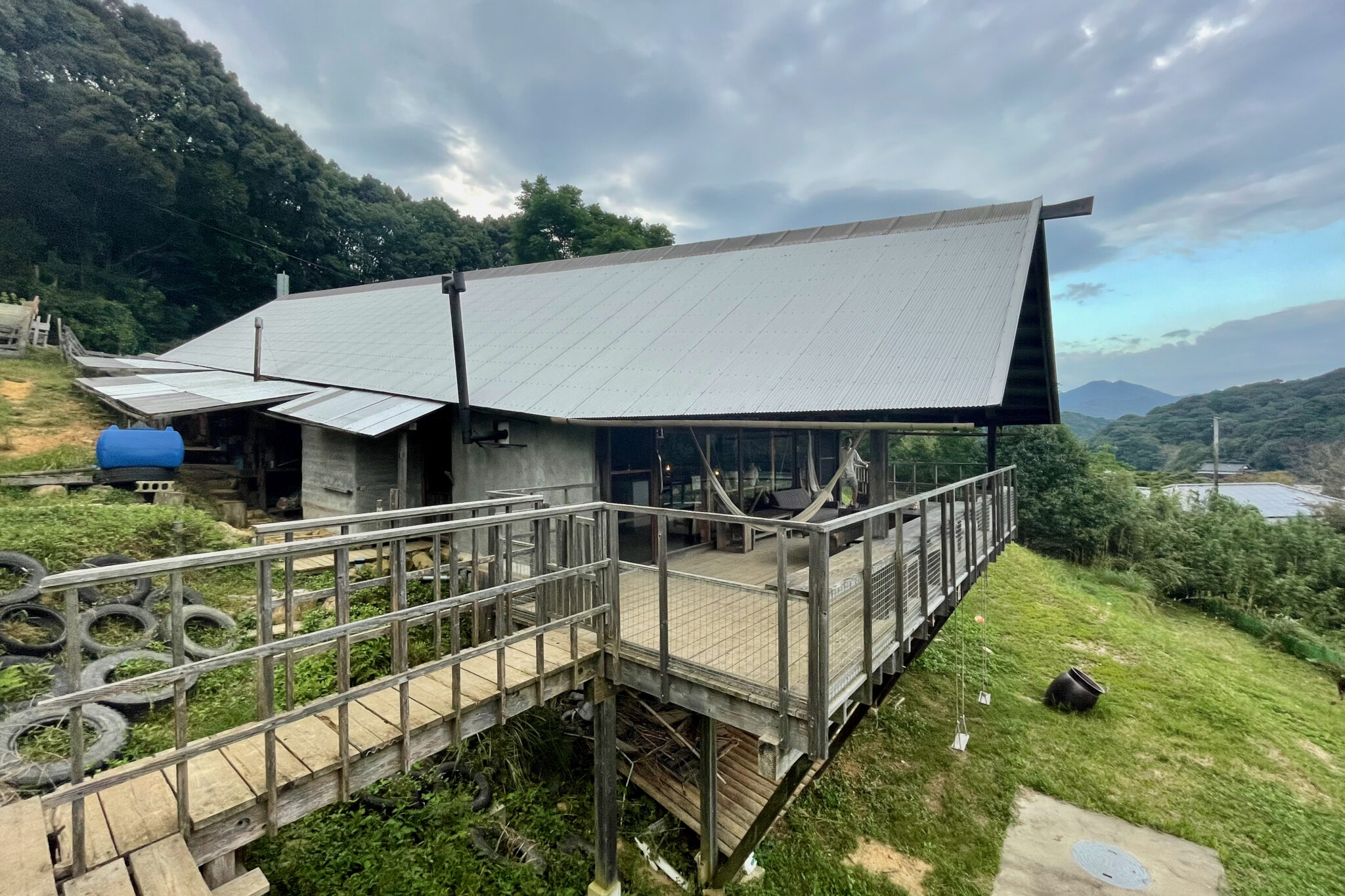
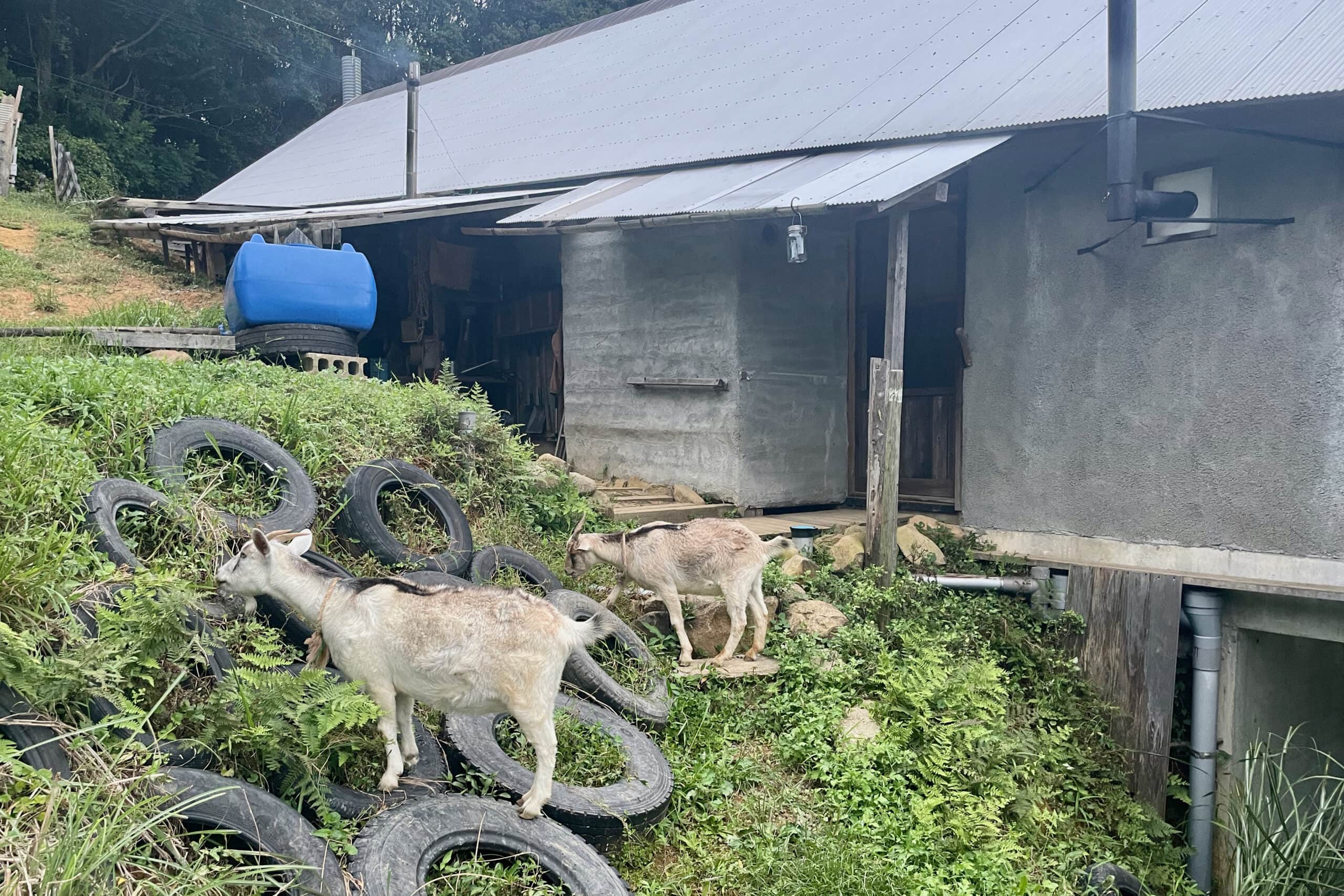
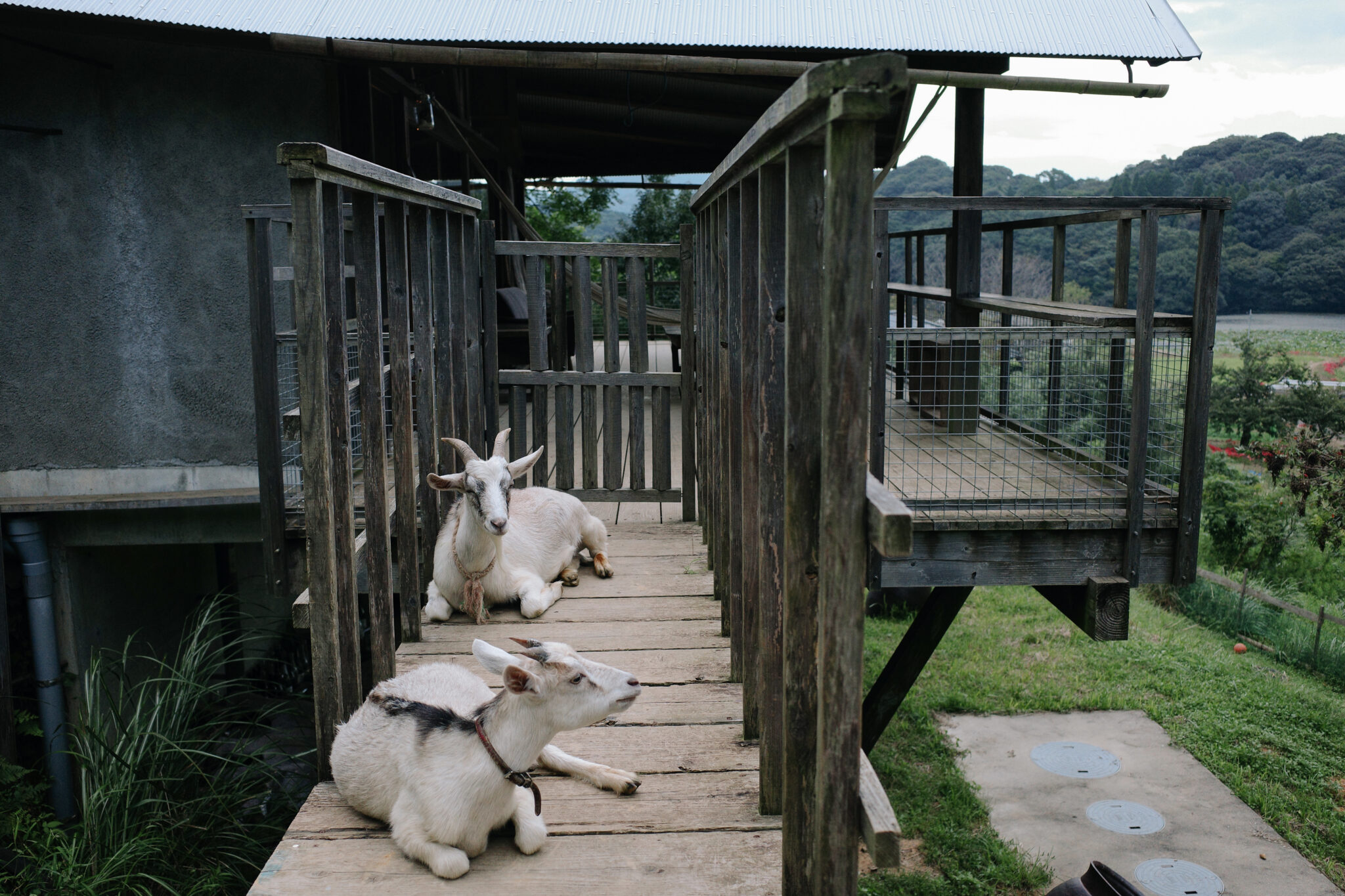
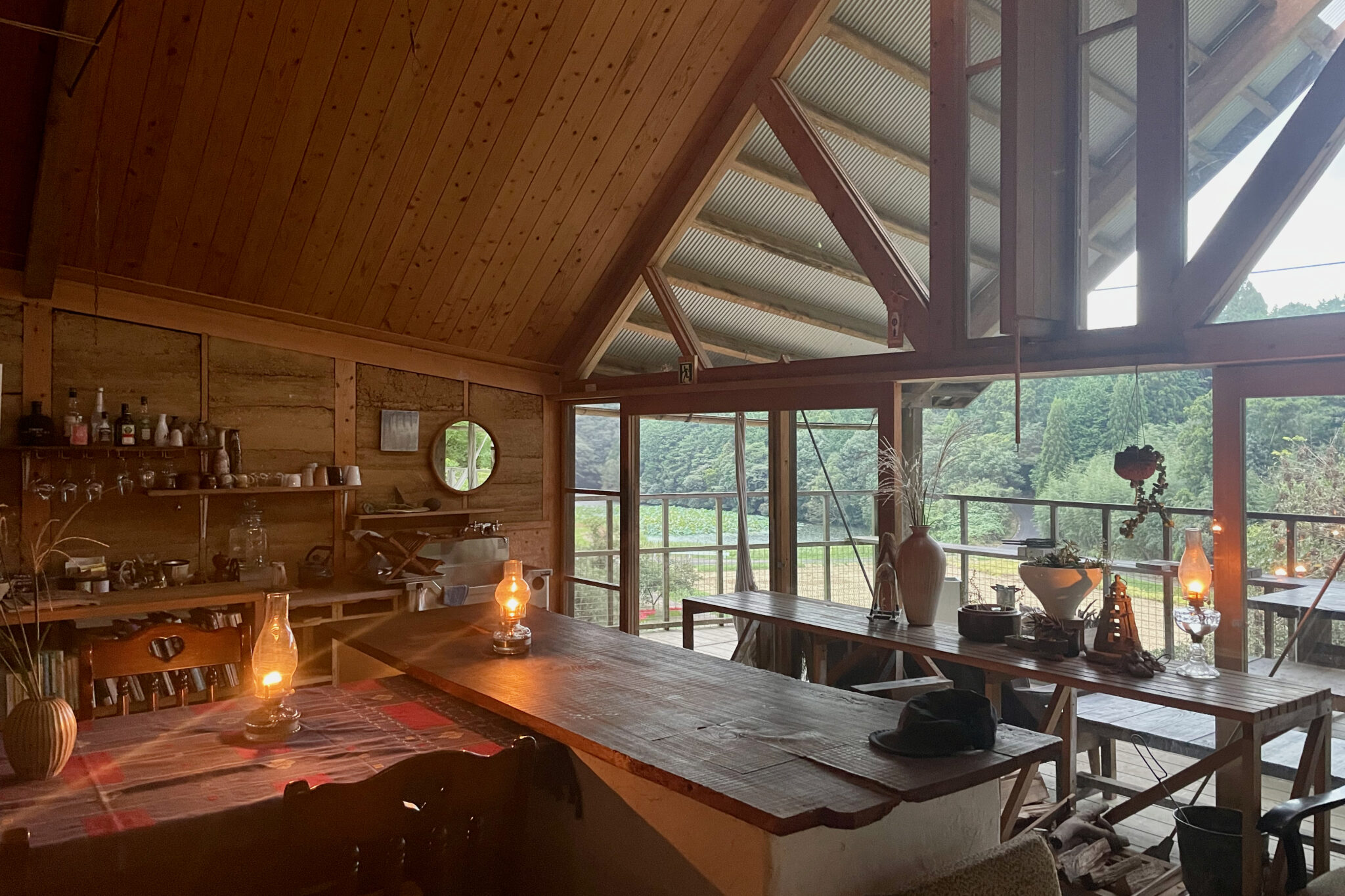
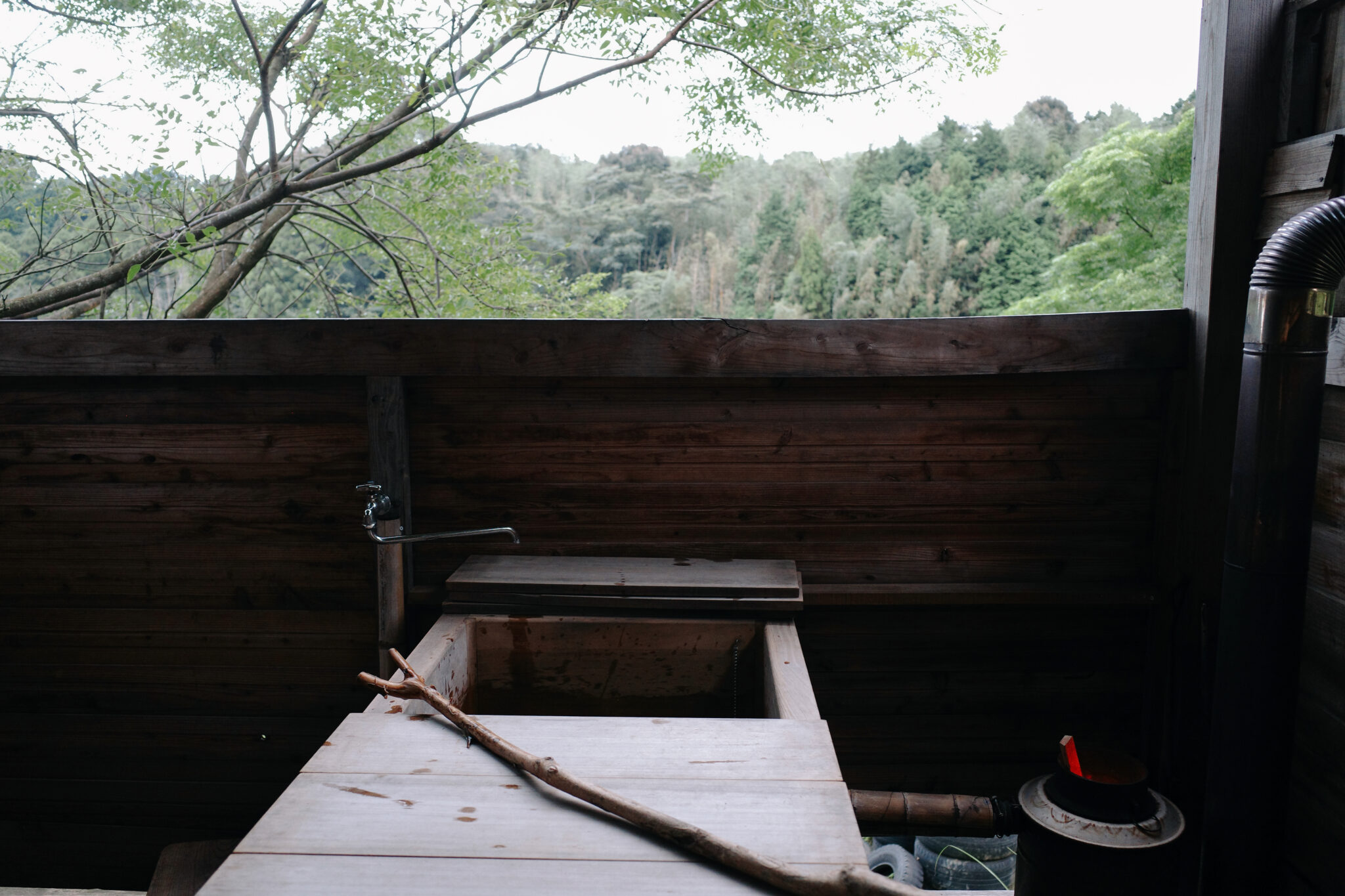
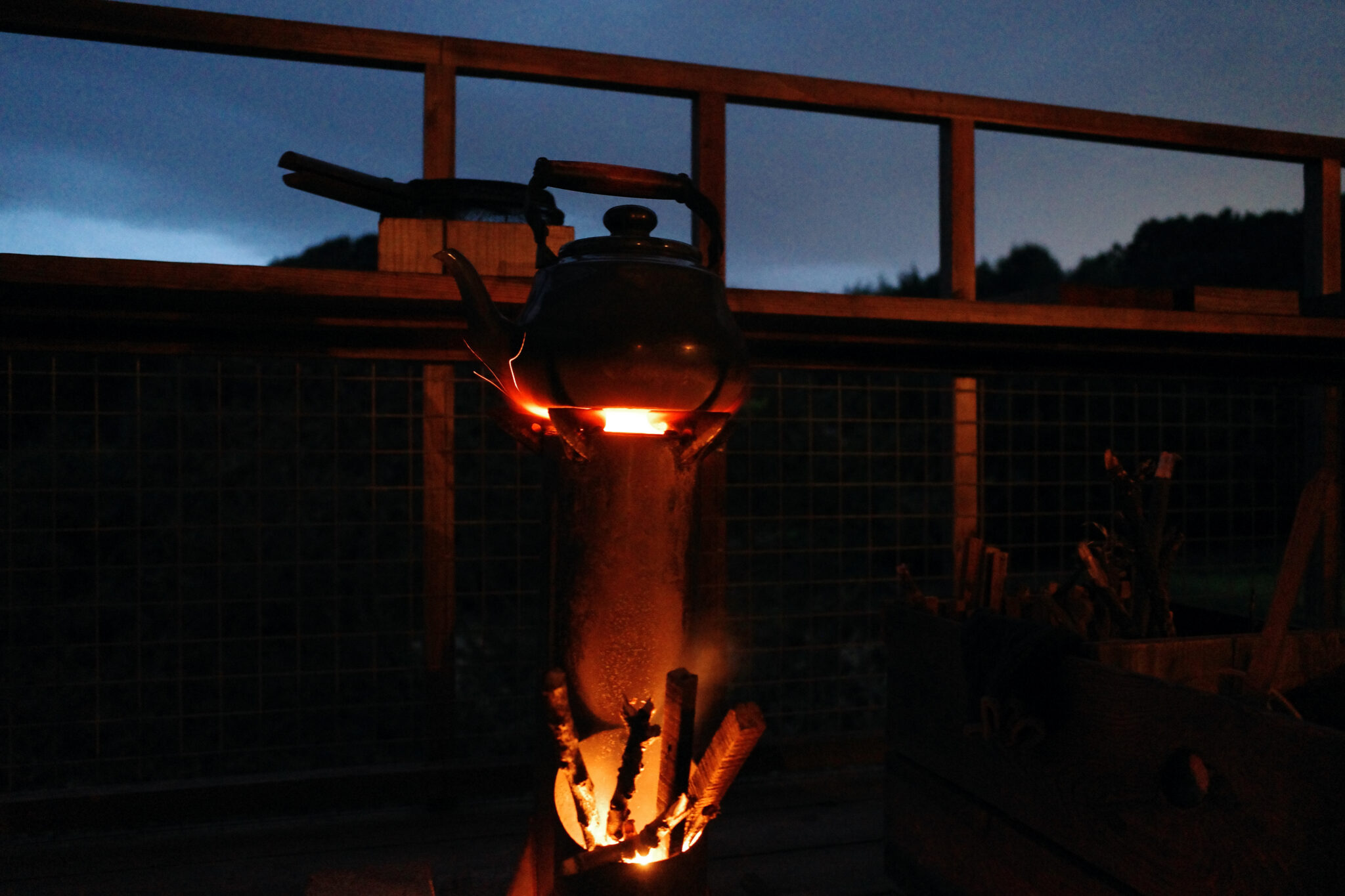

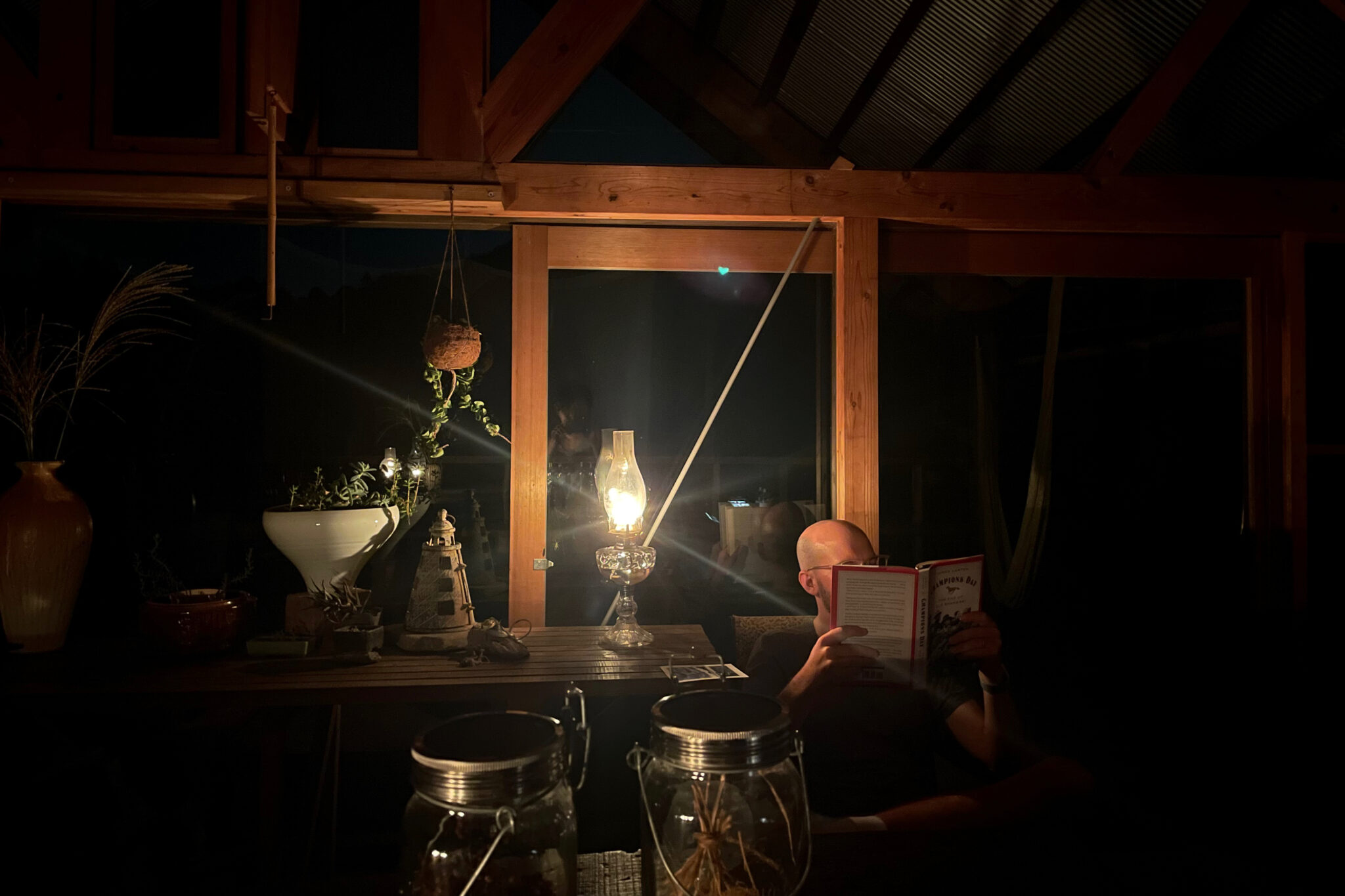
Staying here was an unforgettable experience, not least because there was a thunderstorm which provided our very own light show as we ate the delicious dishes made from local vegetables for dinner (the owners used to run a restaurant in Saga).
It was refreshing to be removed from the hubbub of modern electrical devices which usually envelop our everyday lives.
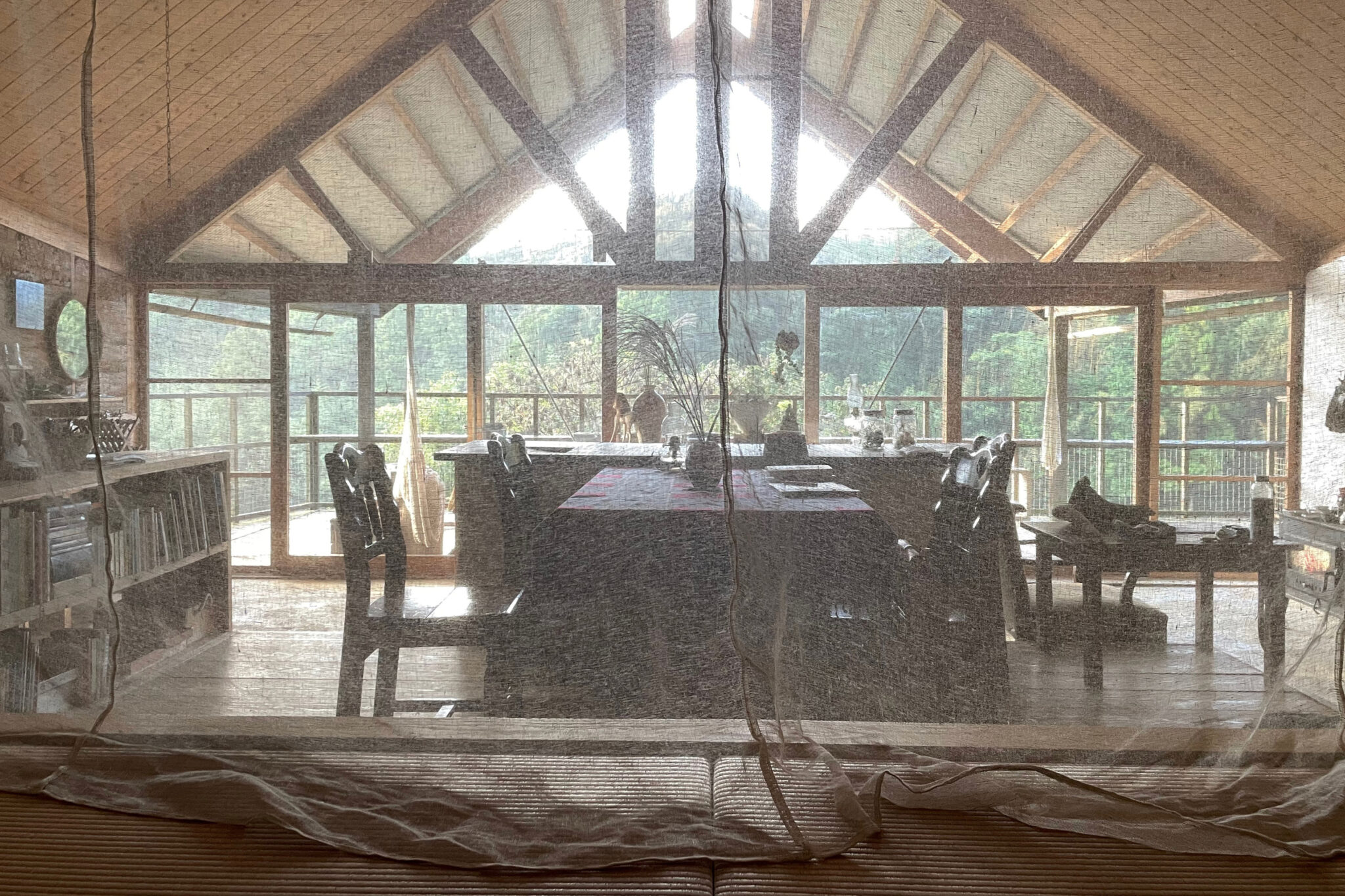
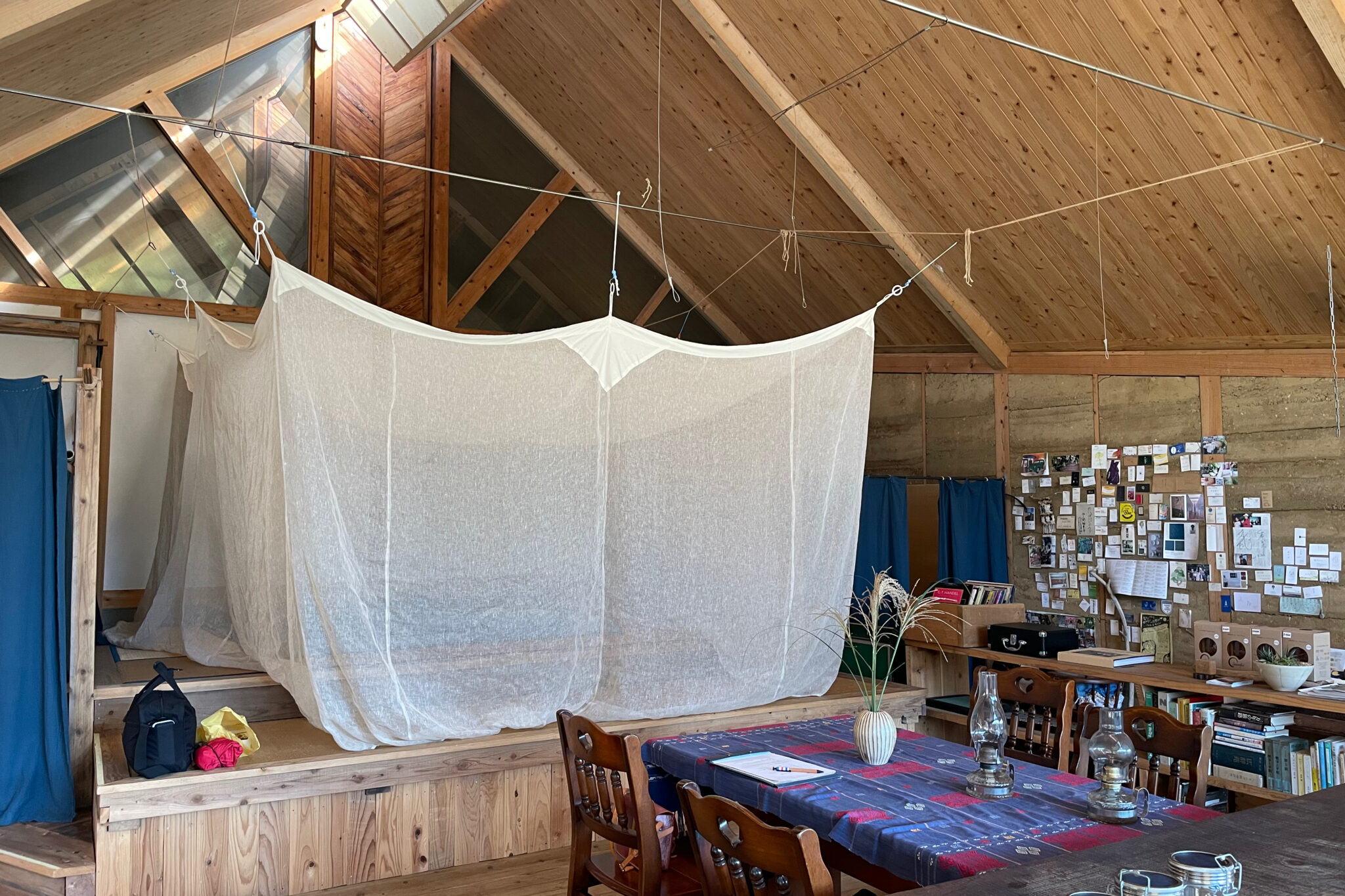
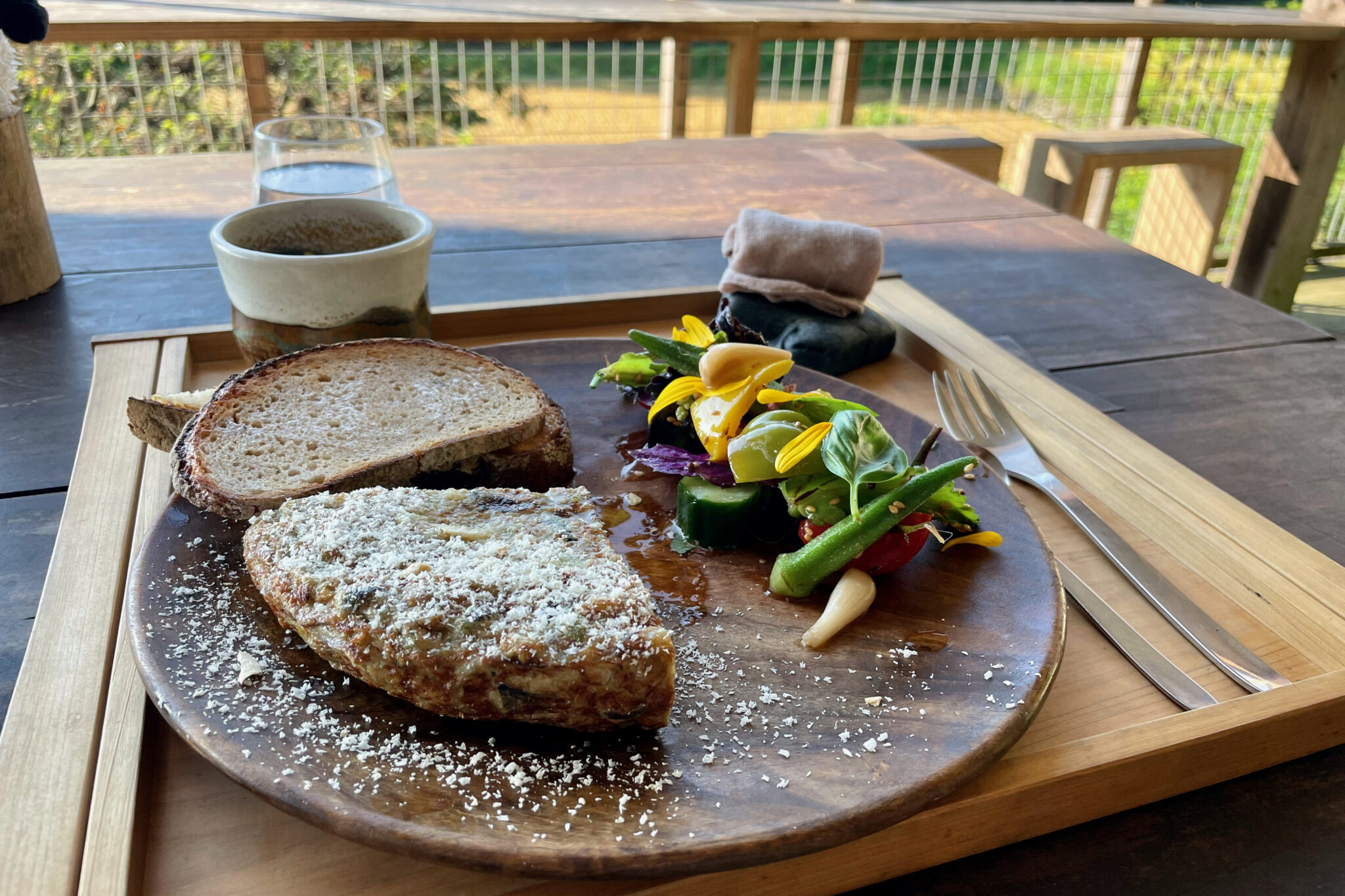
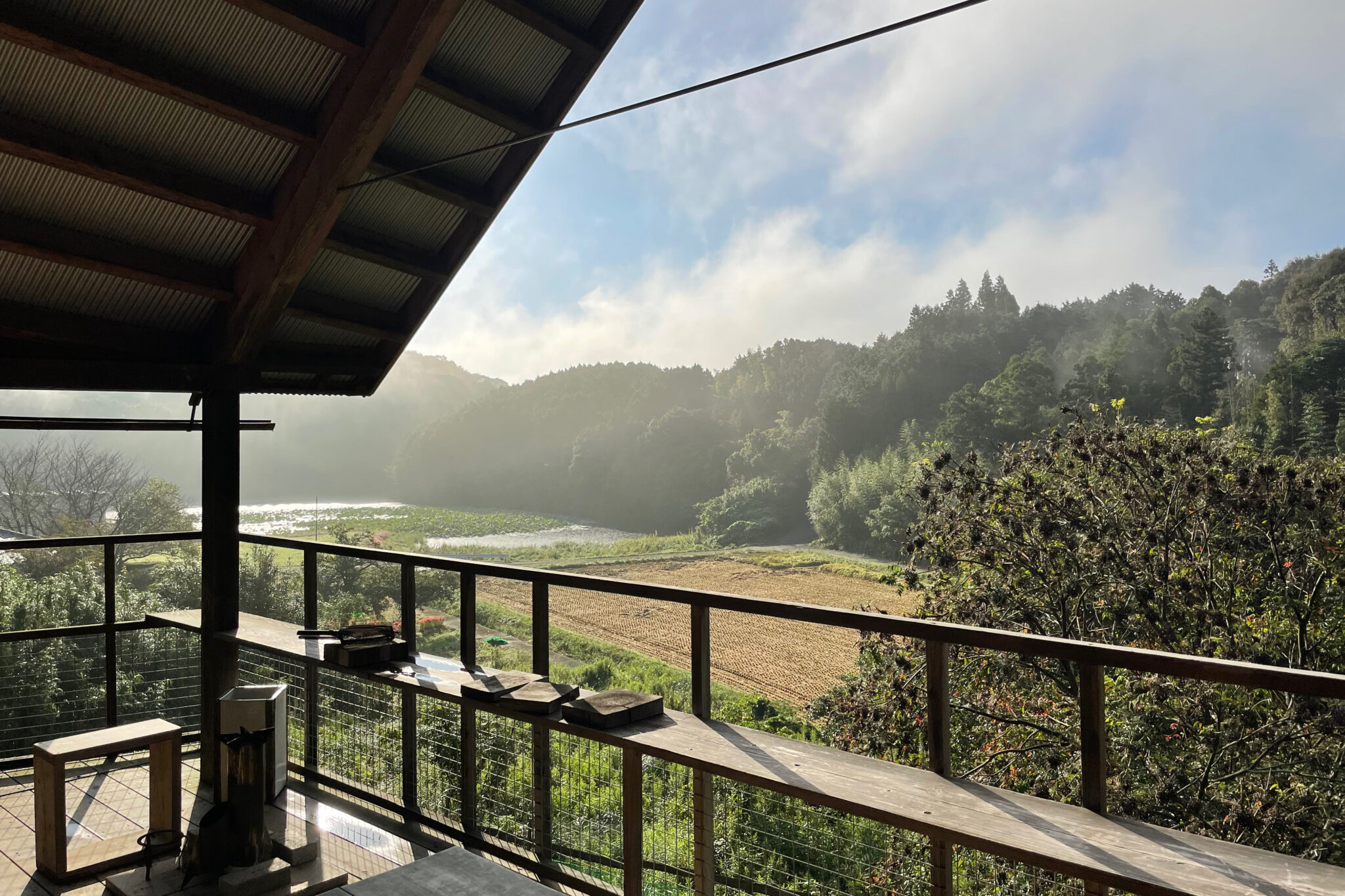
Arita
In Arita (有田町), the birthplace of Japanese porcelain, we hired electric bicycles to explore the town. Evidence of its heritage can be seen in the Tombai Wall Alleys (トンバイ塀のある裏通り) made from the waste of discarded fire-resistant bricks (tombai).
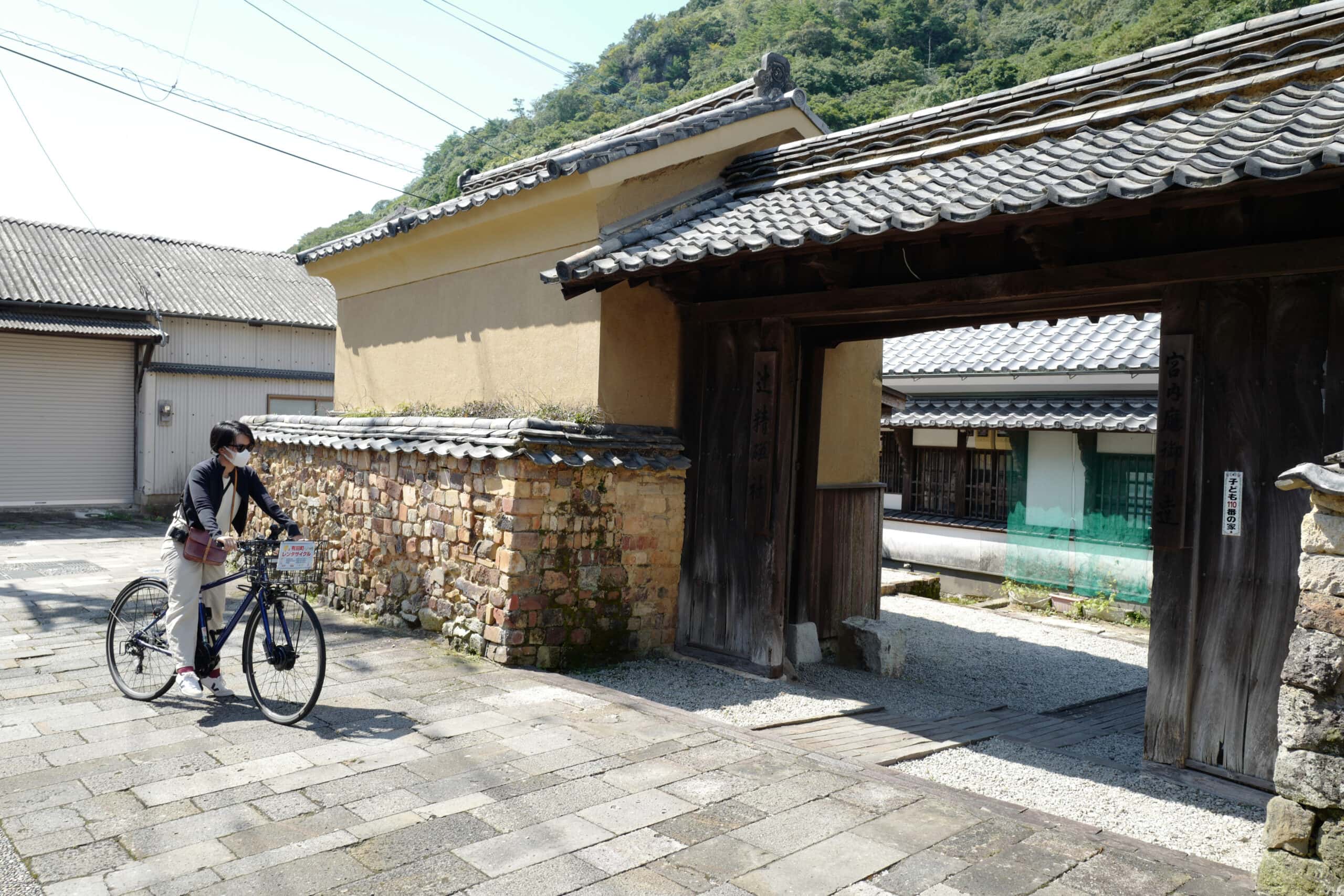
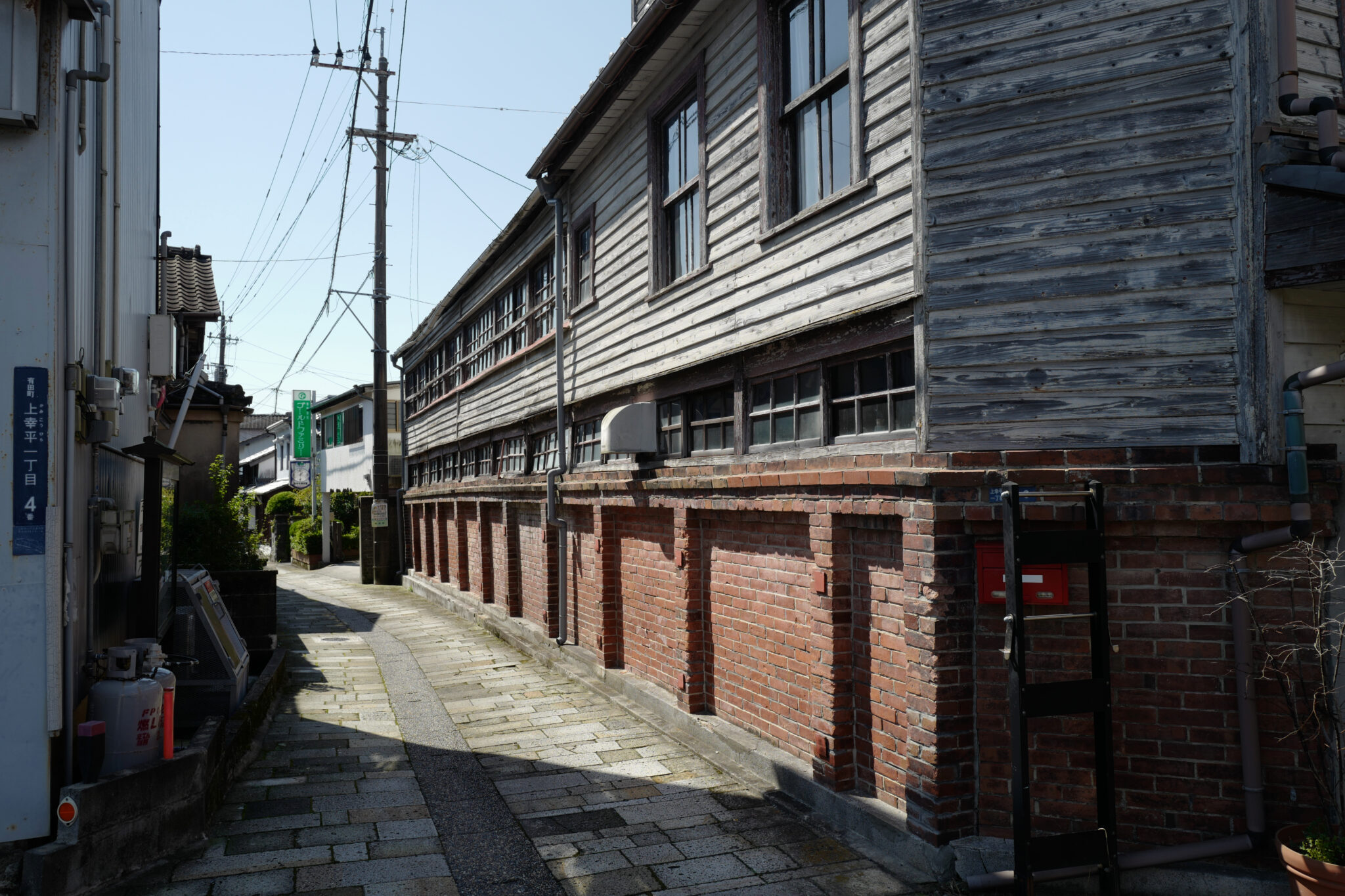
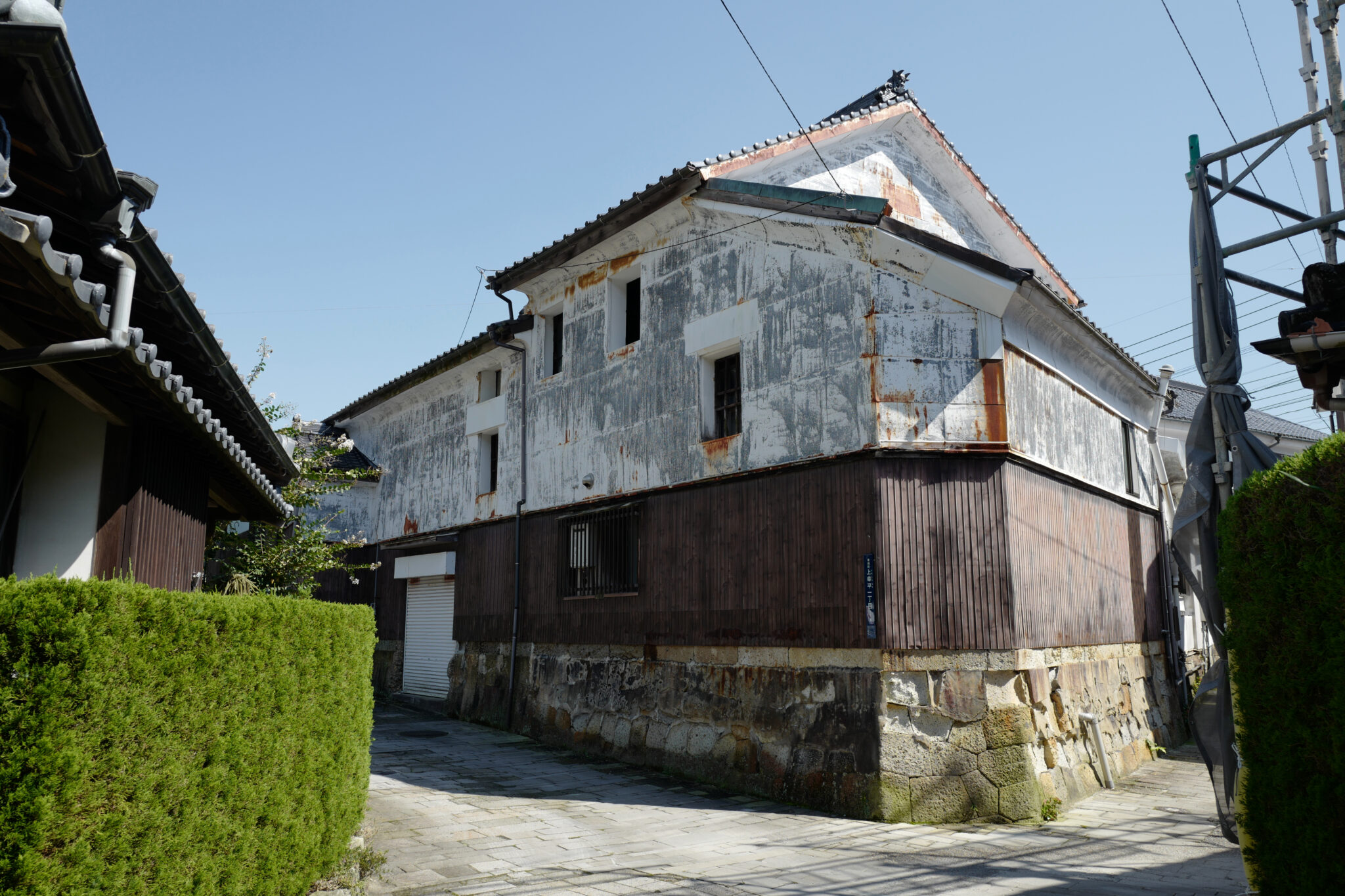
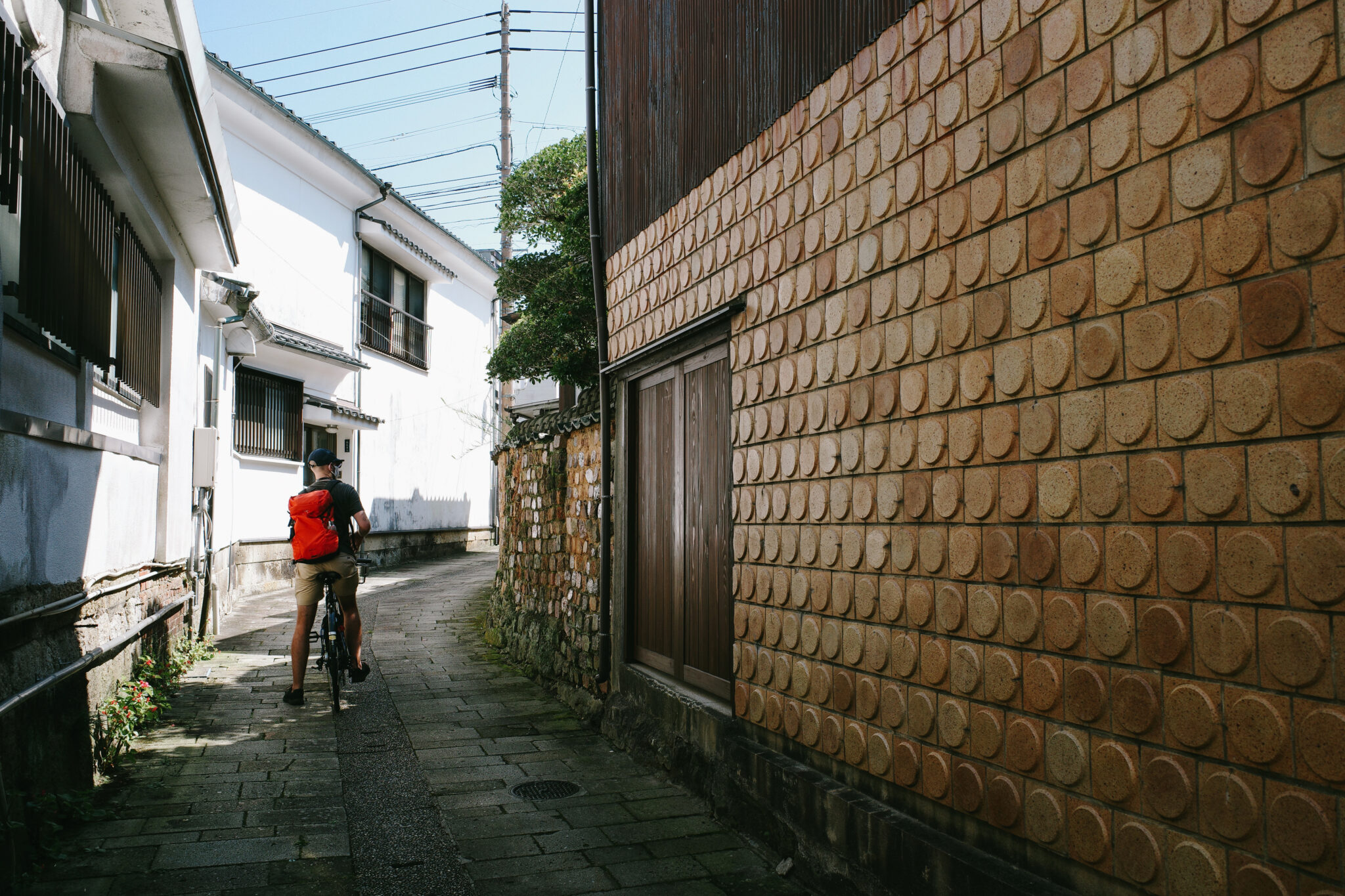
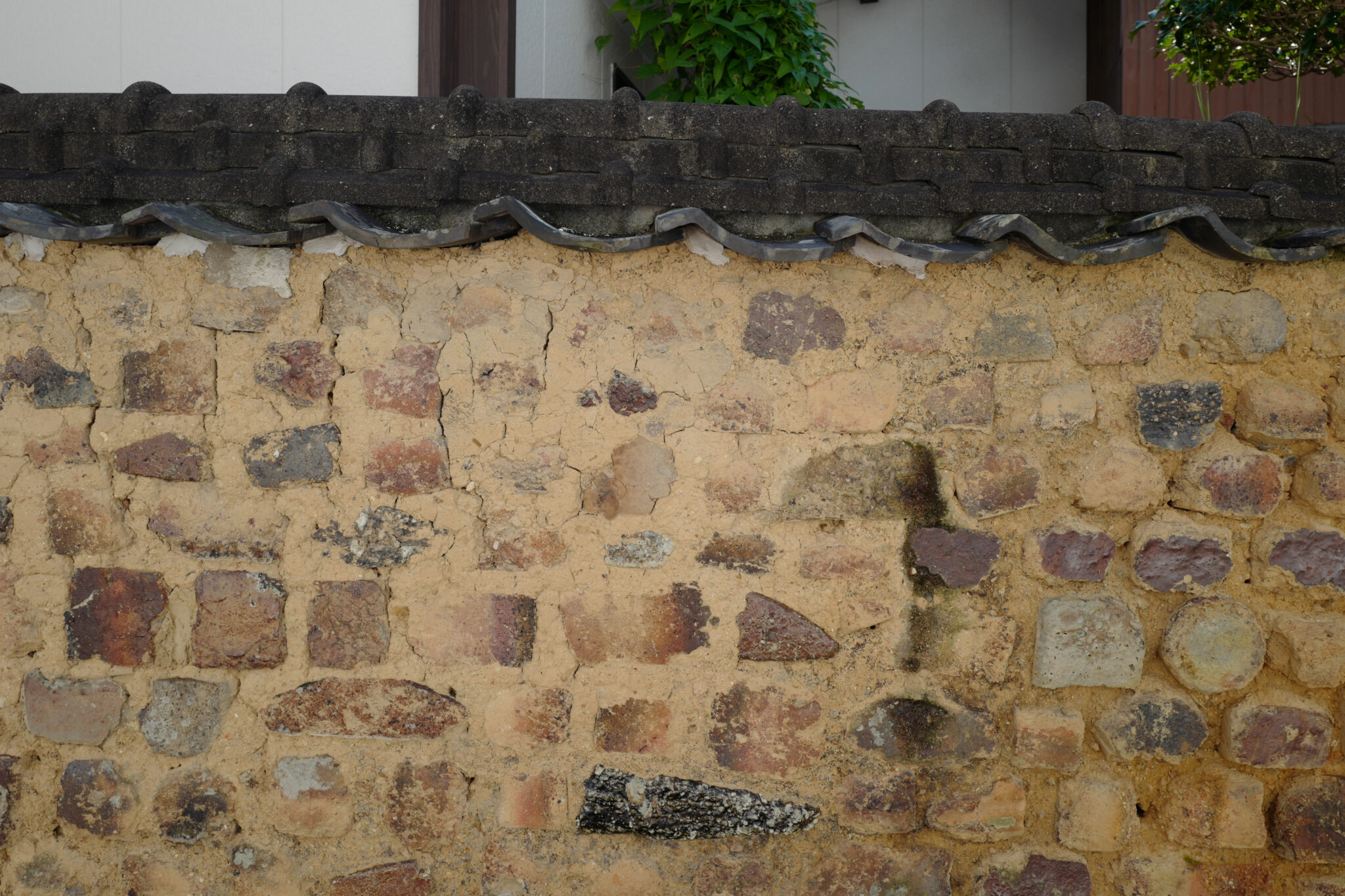
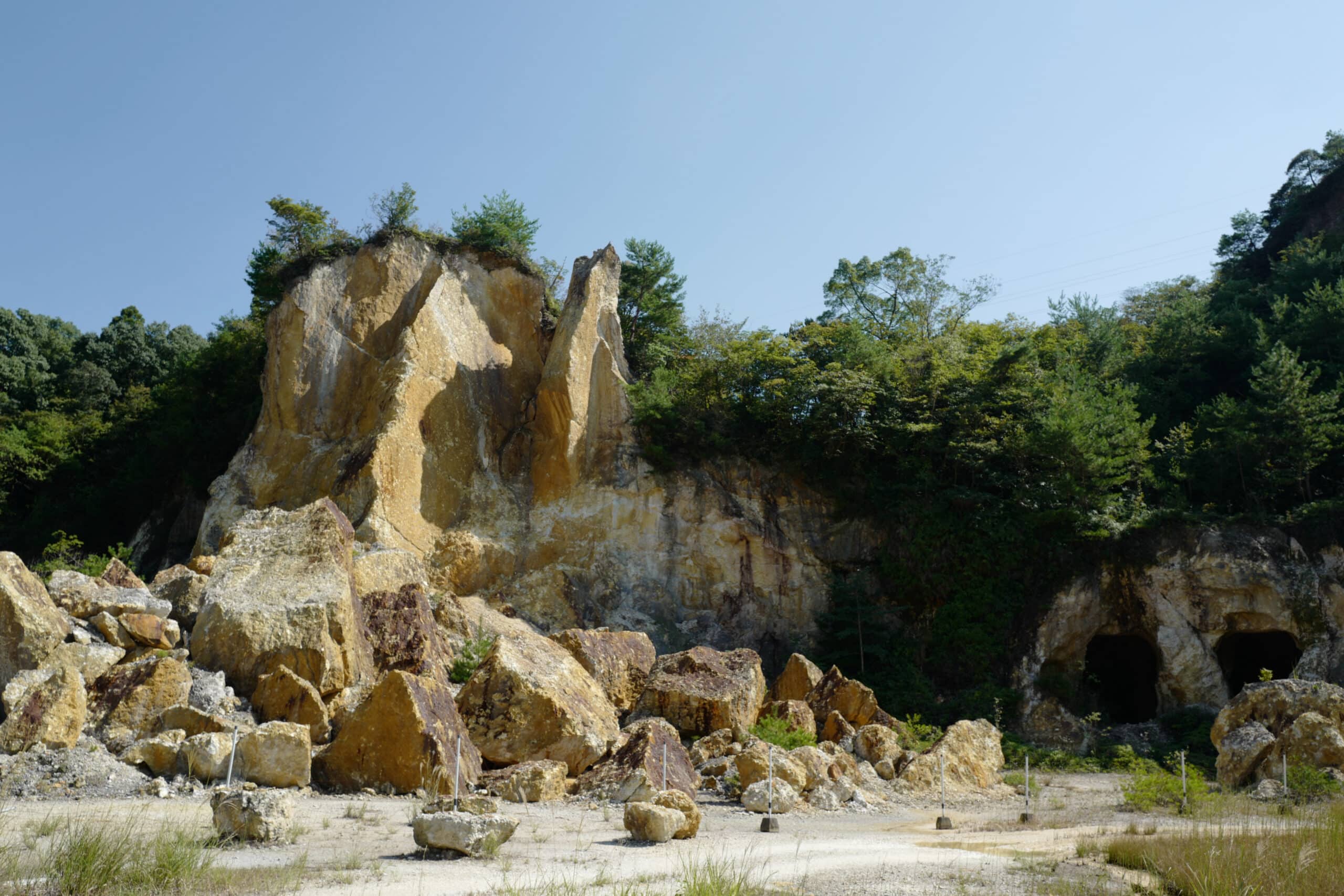
To learn more about the history of ceramic production in the area, Kyushu Ceramic Museum (佐賀県立九州陶磁文化館) is worth a visit, as well as Izumiyama Quarry (泉山磁石場) where all the stone originally came from.
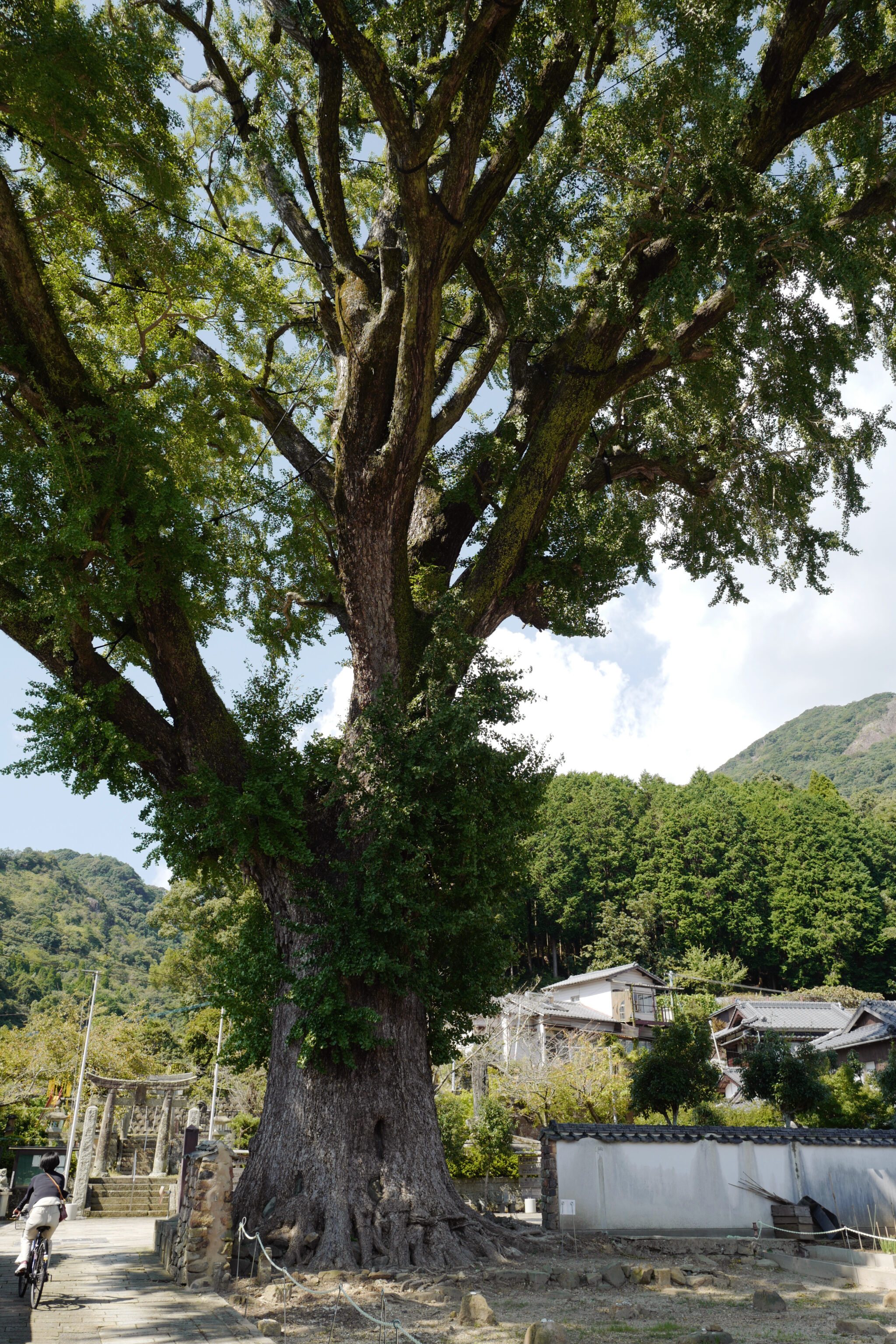
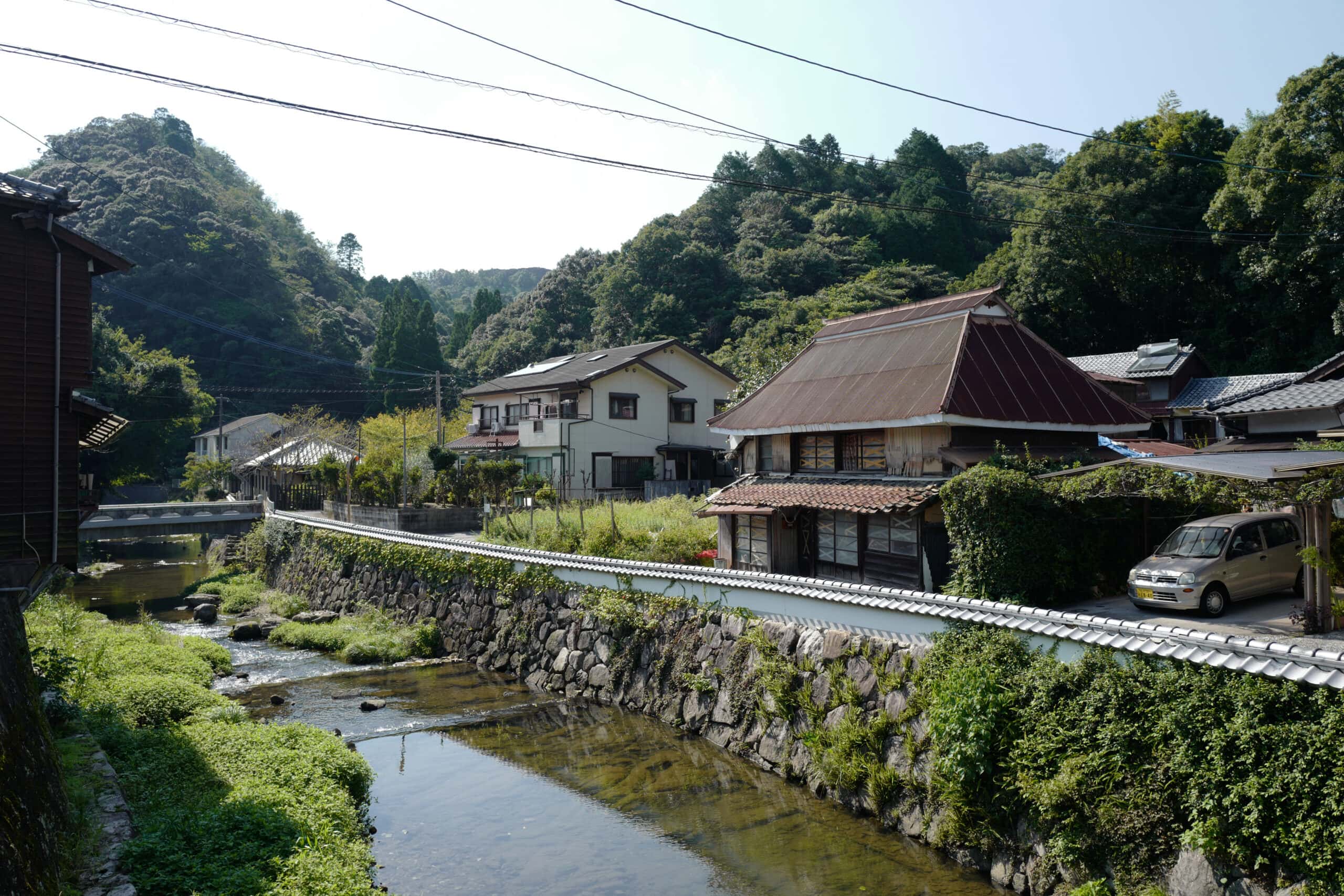
Karatsu
In Karatsu (唐津市), we saw a couple of traditional multi-chambered climbing kilns known as anagama kilns (穴窯), the design of which was bought to Japan from China via Korea in the 5th century.
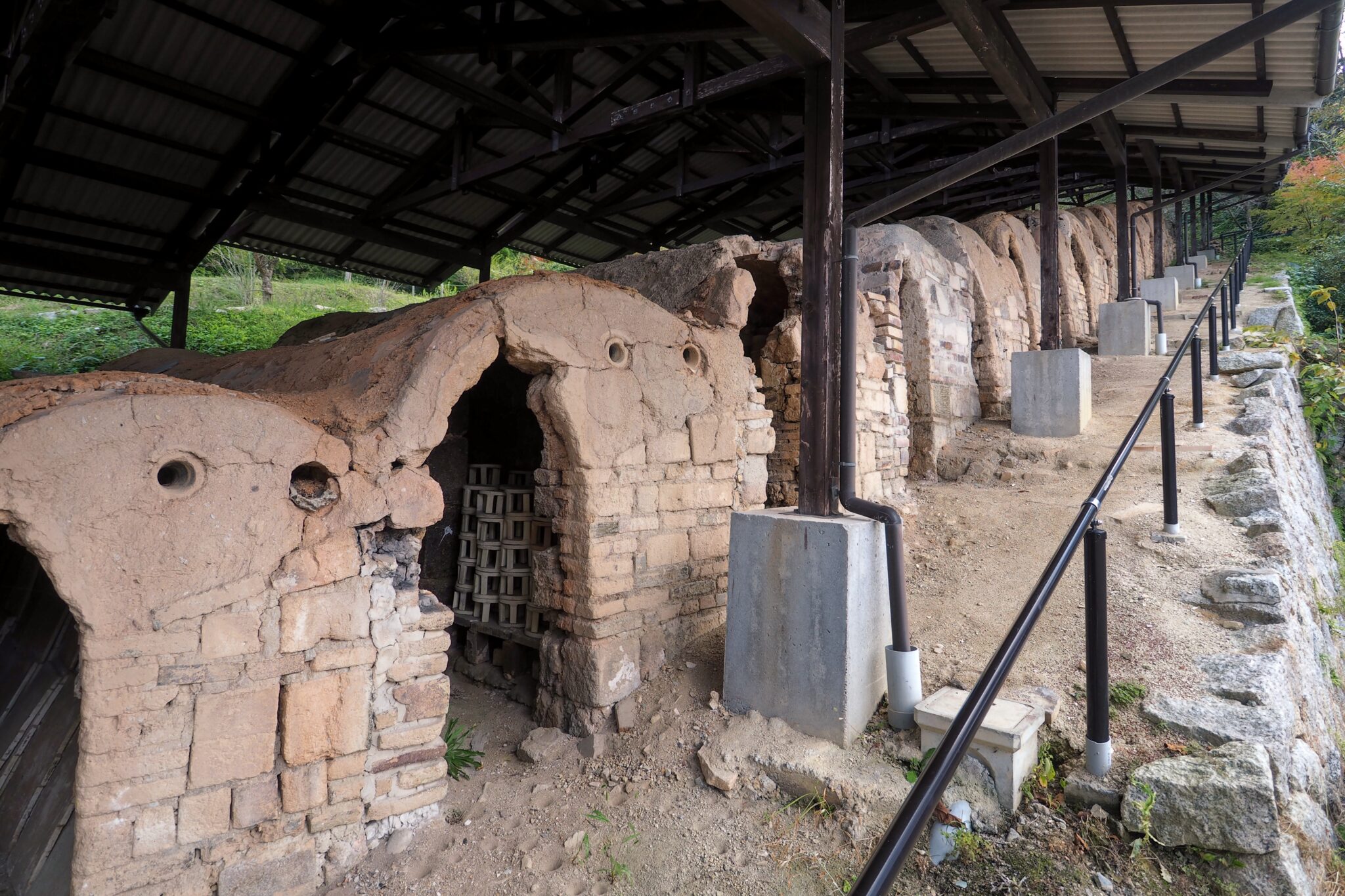
An anagama (“cave kiln”) consists of a firing chamber with a firebox at one end and a flue at the other (sometimes with separated chambers in between). The anagama is fueled with firewood, in contrast to the electric or gas-fueled kilns commonly used by most modern potters.
Ochawangama Climbing Kiln
The Ochawangama Climbing Kiln (御茶碗窯跡) was built in 1734 by the fifth generation Nakazato potter. While no longer in use, it is the oldest surviving climbing kiln in Japan. A shrine has been built beside it.
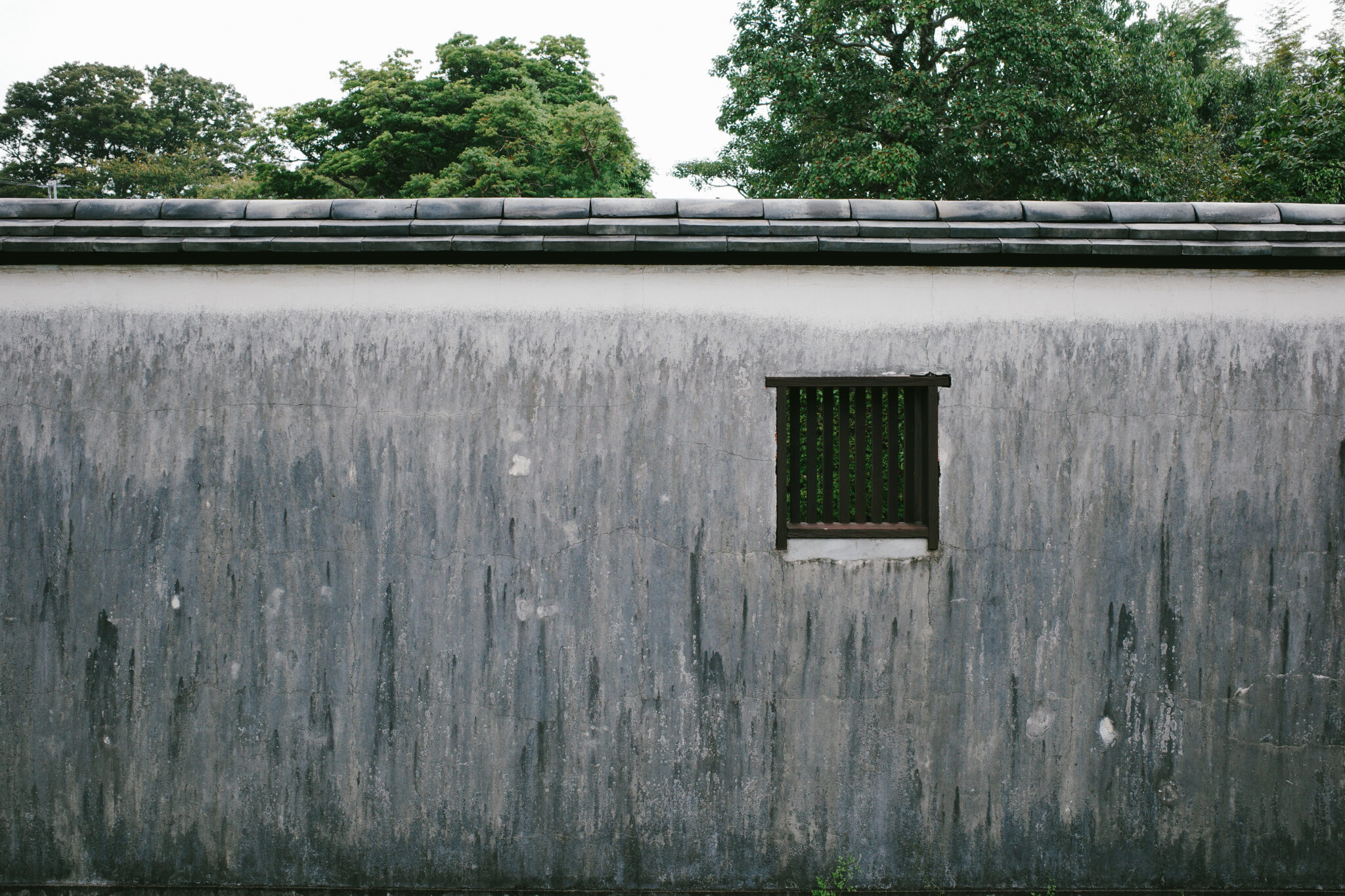
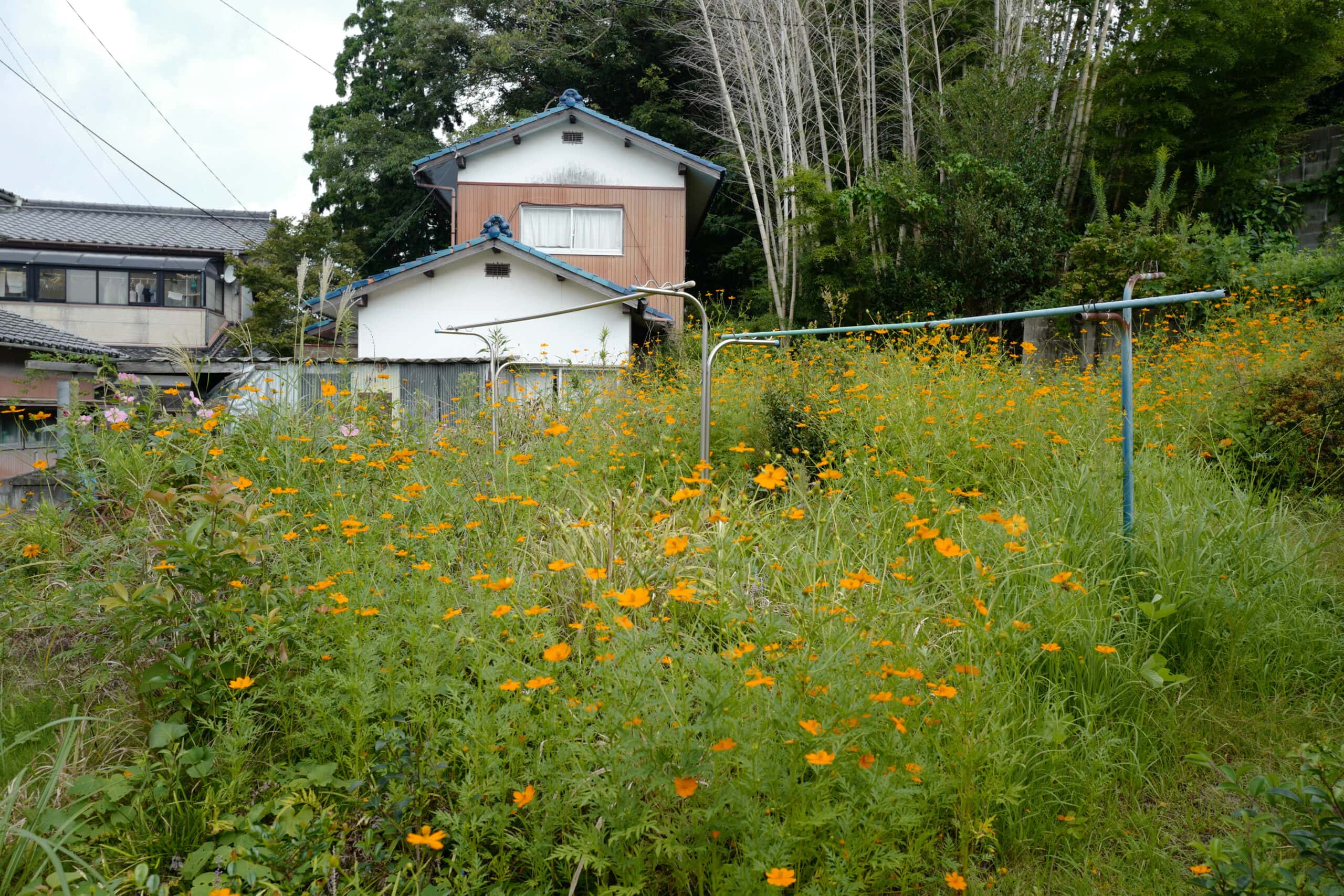
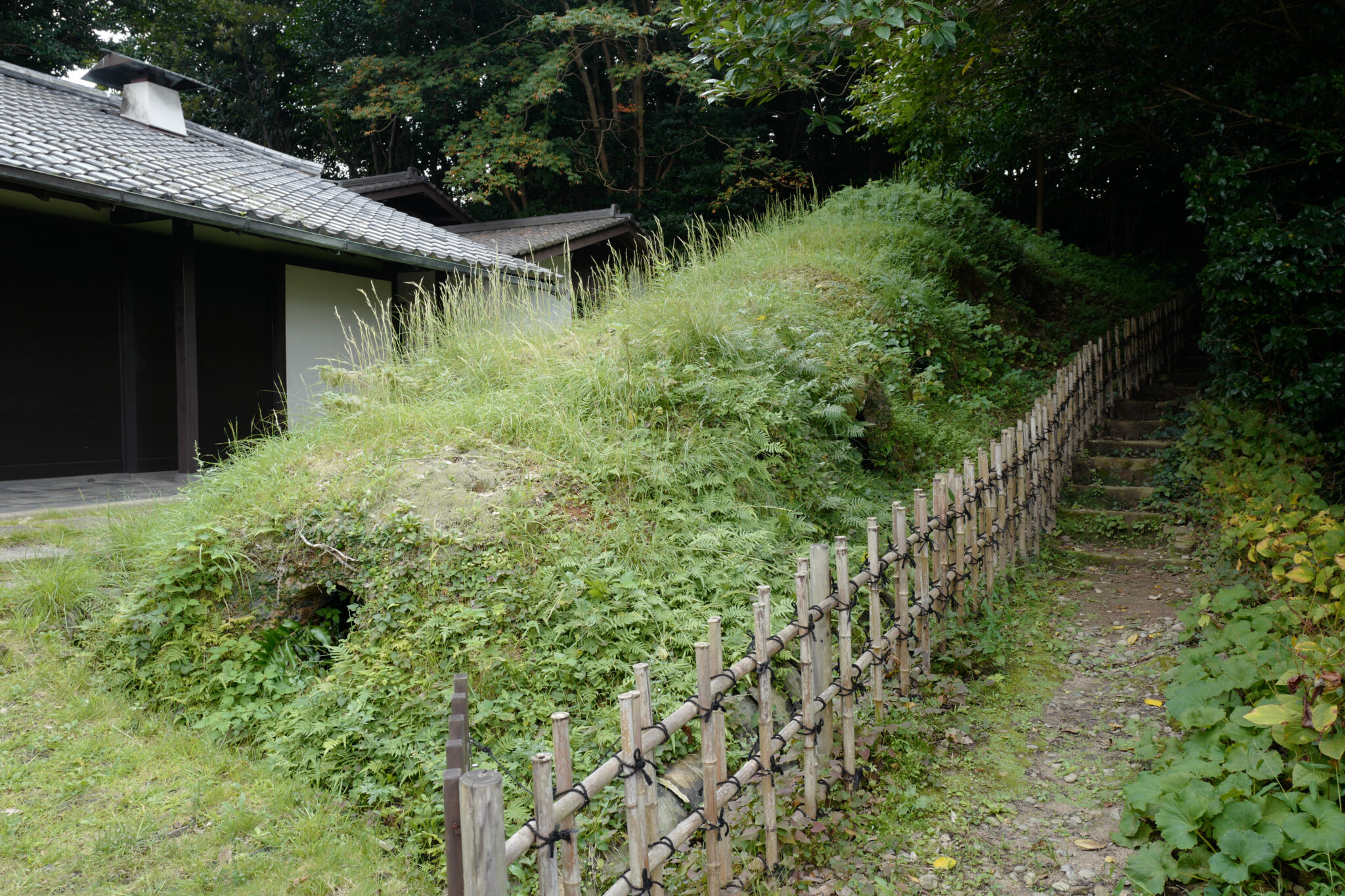
Nakano Tochi Kiln
Just around the corner from Ochawangama, Nakano Tochi Kiln (中野陶痴窯) sits above a ceramics showroom and is still used by its namesake today.
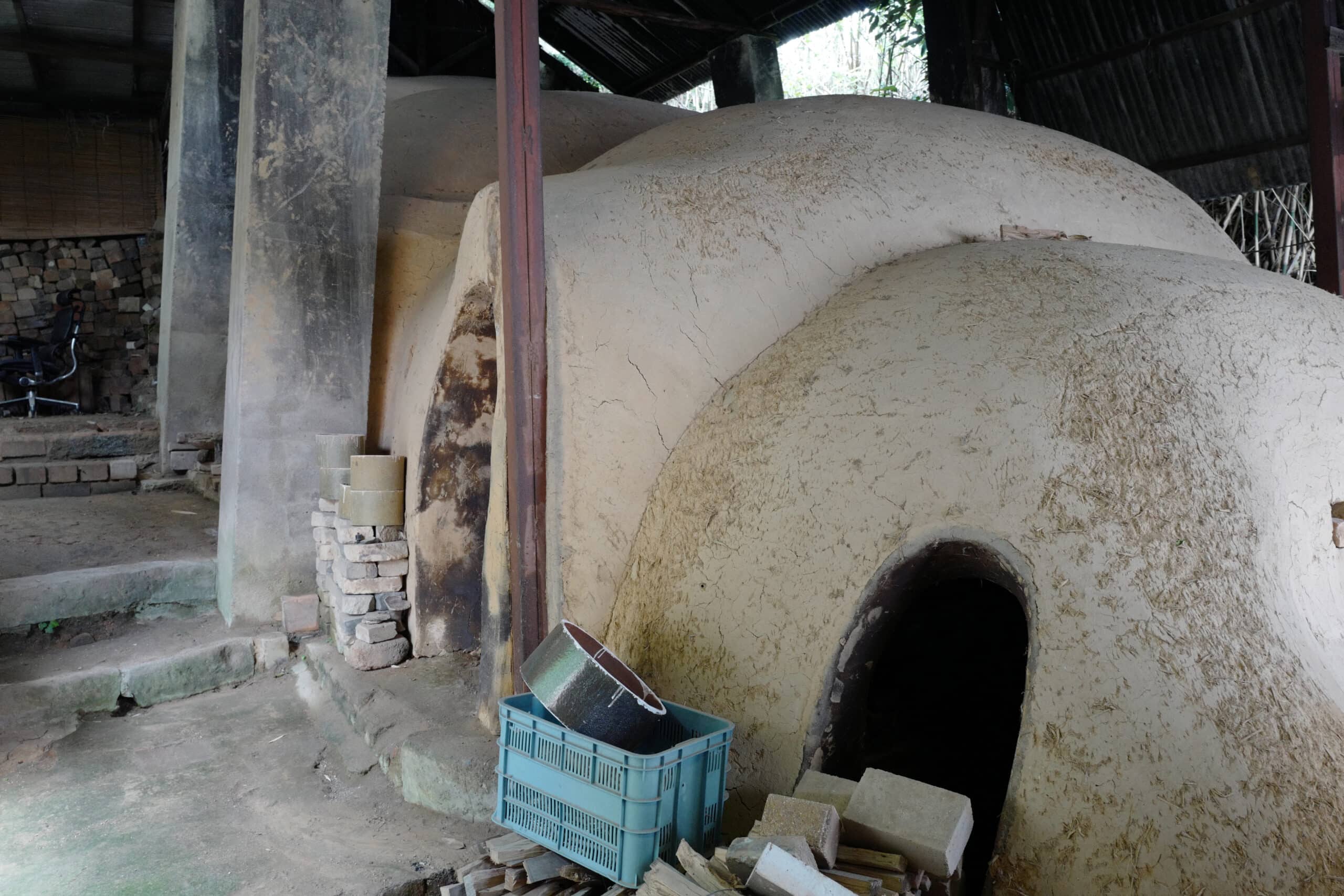
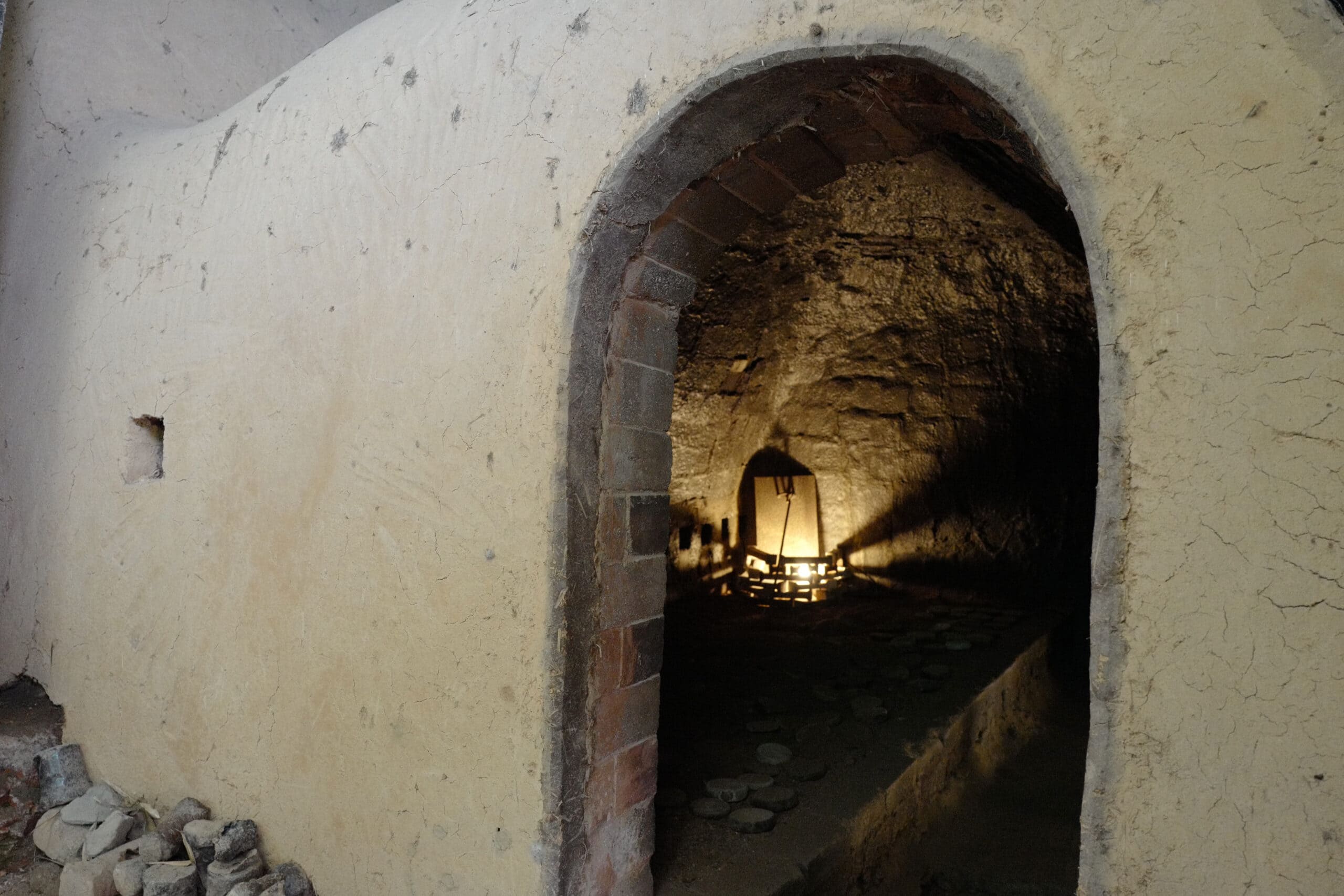

Former Oshima Residence
This traditional Japanese villa was the home of Kotaro Oshima (大島小太郎), a key figure in Karatsu’s modernization at the turn of the 20th century.
Constructed in 1893, the quality of the workmanship in the Former Oshima Residence (旧大島邸) is evident in the details throughout the house.
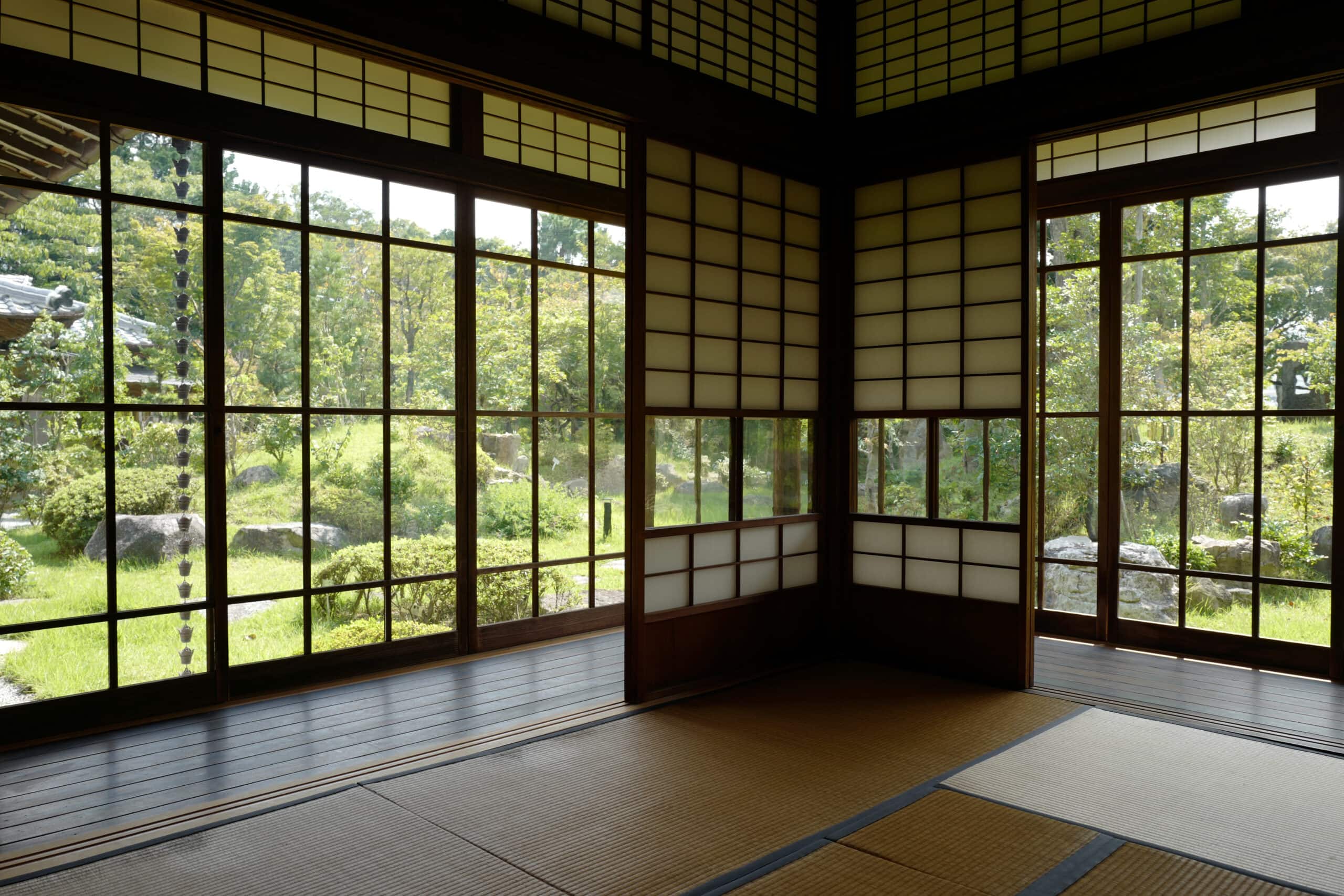
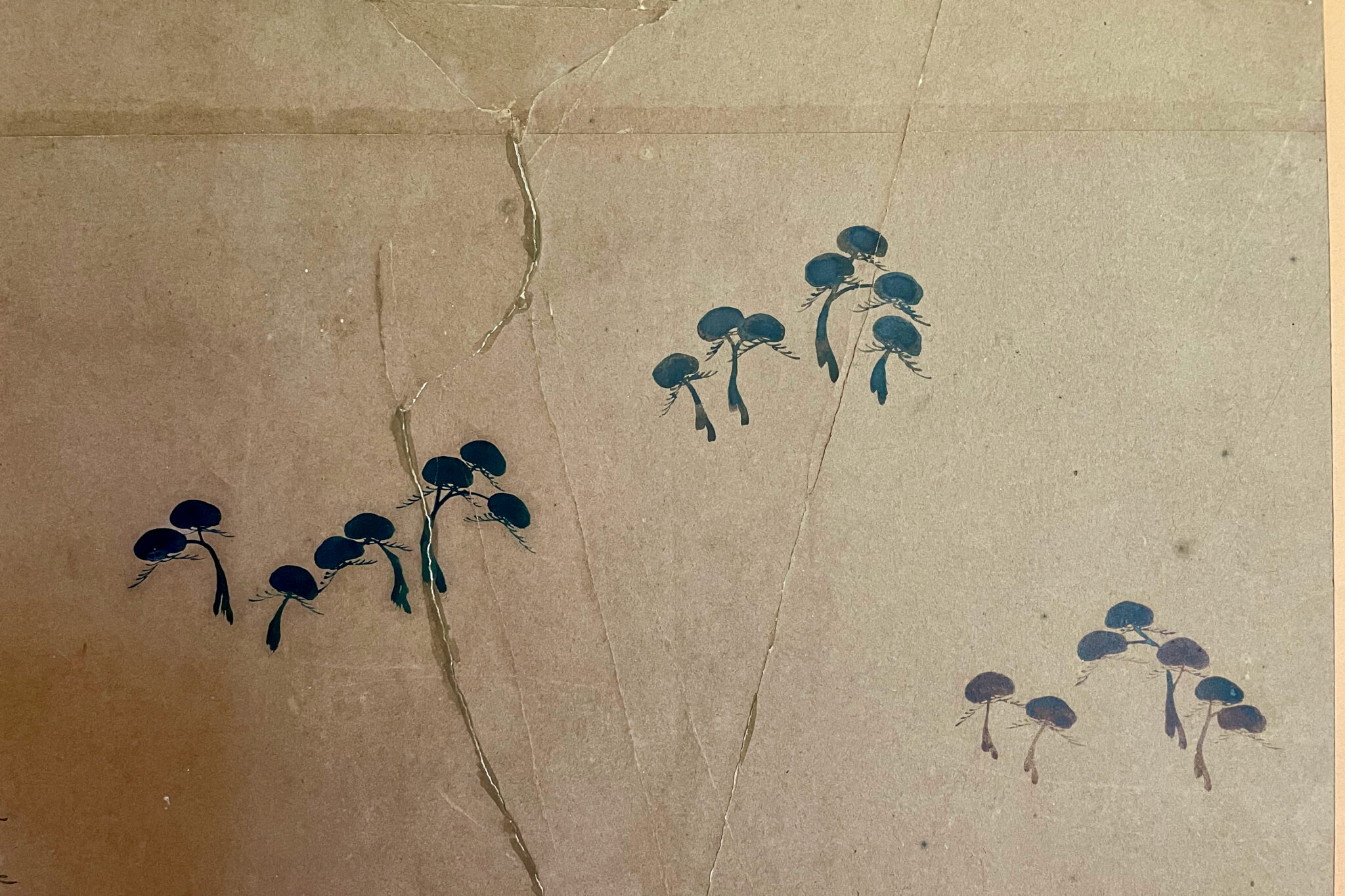


Former Karatsu Bank
Established by Oshima, the Former Karatsu Bank (旧唐津銀行 辰野金吾記念館) was completed in 1912. The red-bricked building was designed by local architect Tatsuno Kingo (辰野 金吾) who designed Tokyo Station (東京駅) in a similar style, albeit on a much larger scale. Much of the original wooden interior, including the bank teller windows, survive.
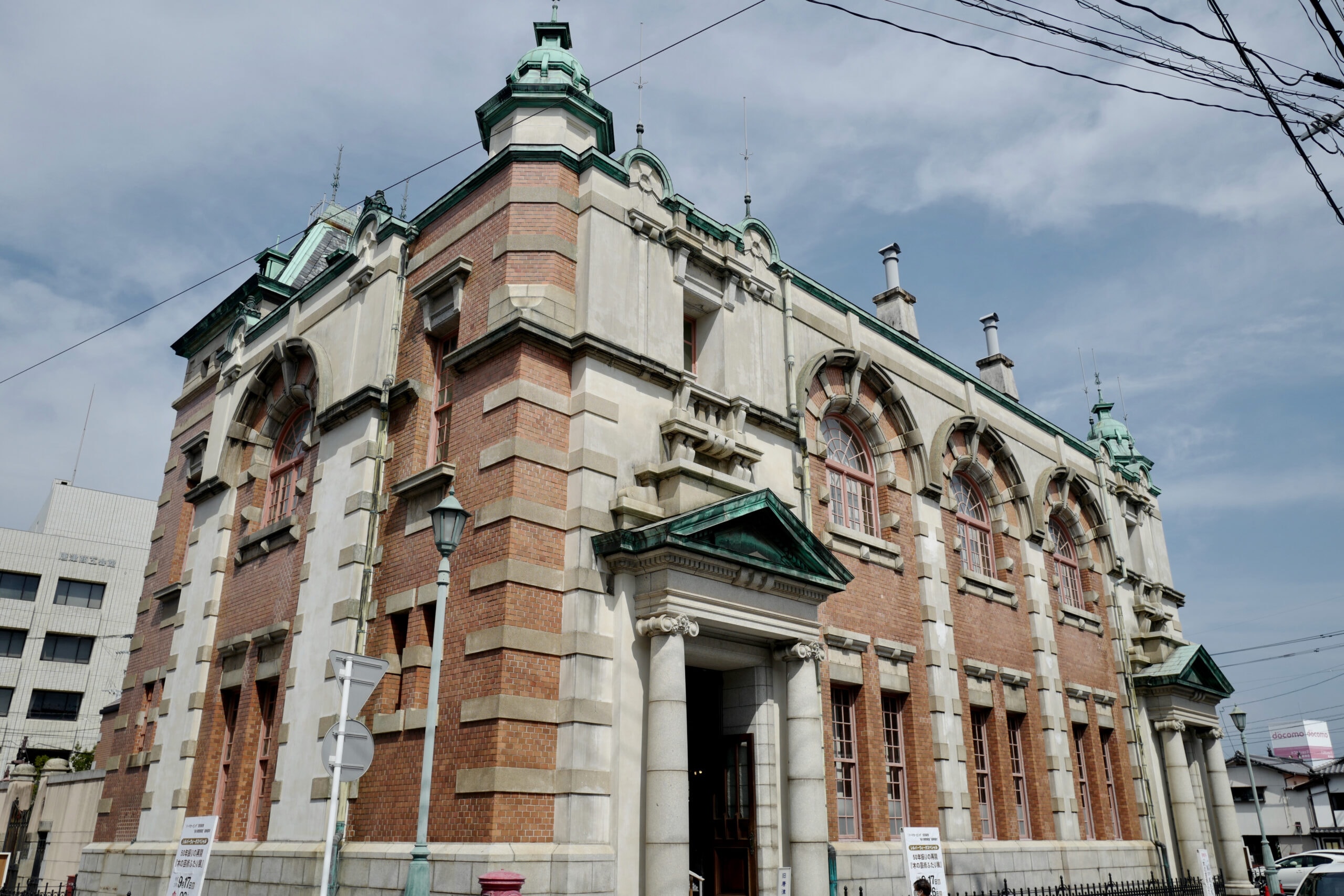
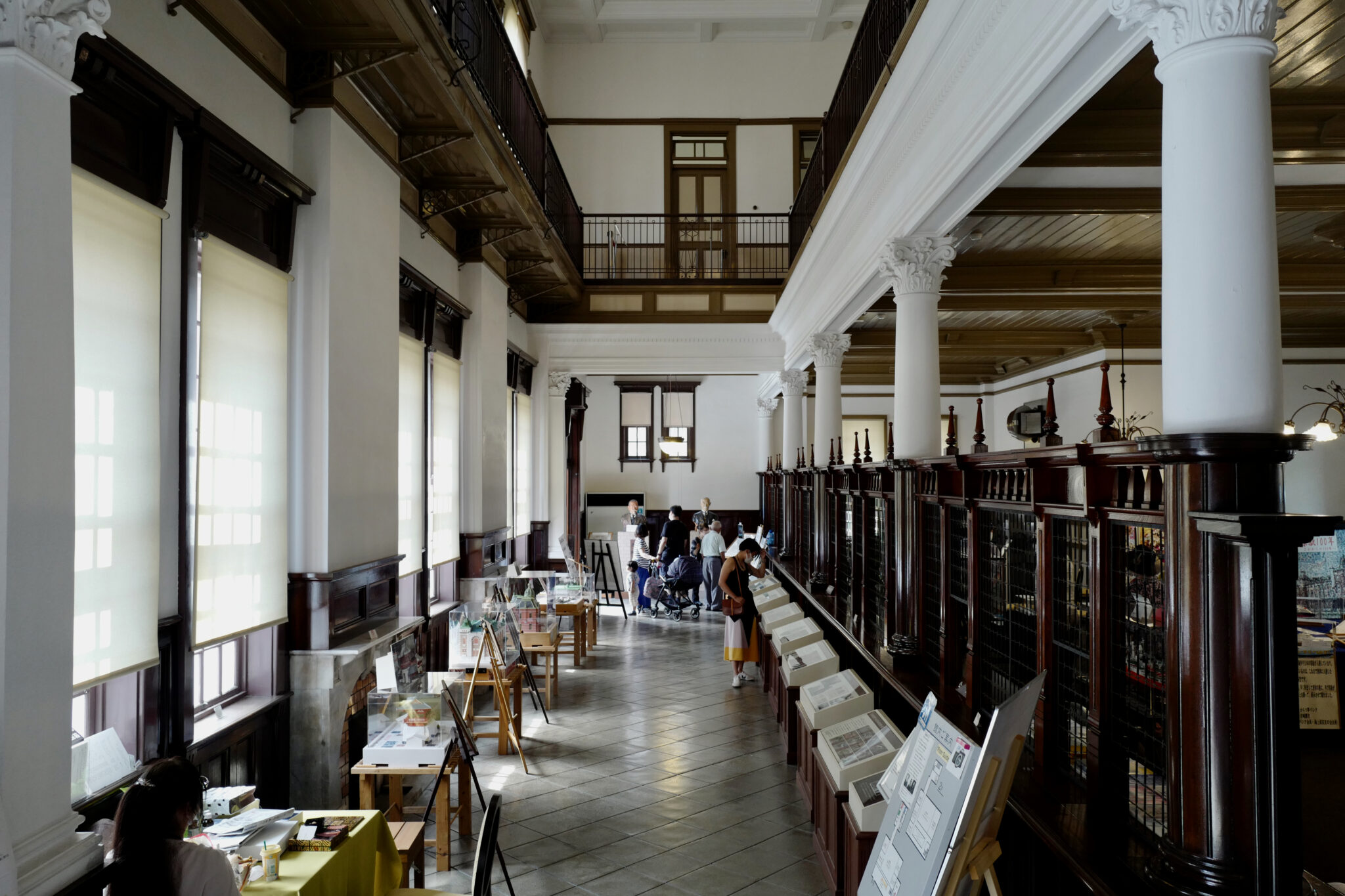
Takeya
Next to the bank, Takeya (竹屋) serves delicious grilled unagi (eel) over rice. It’s worth the wait.
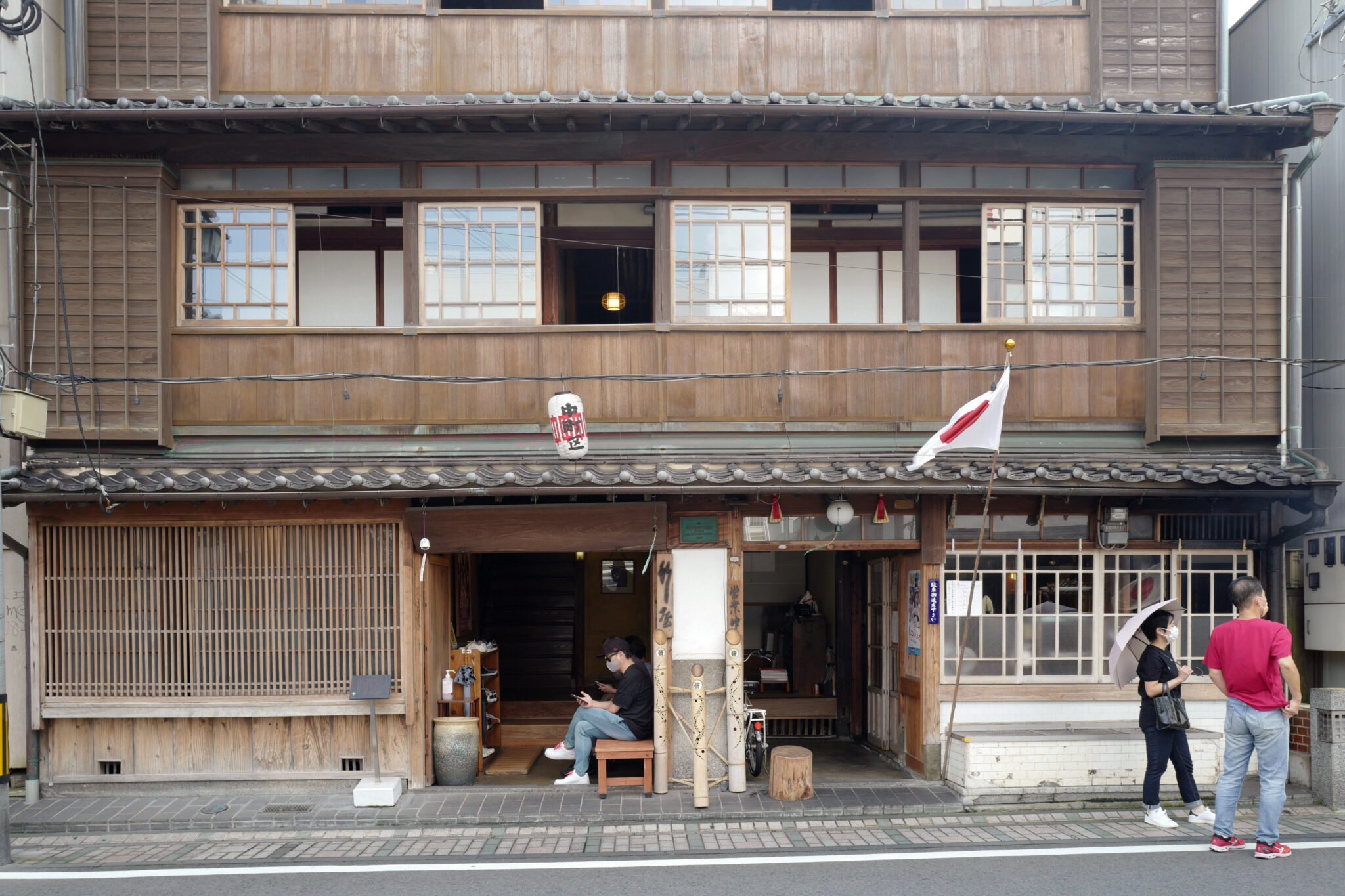
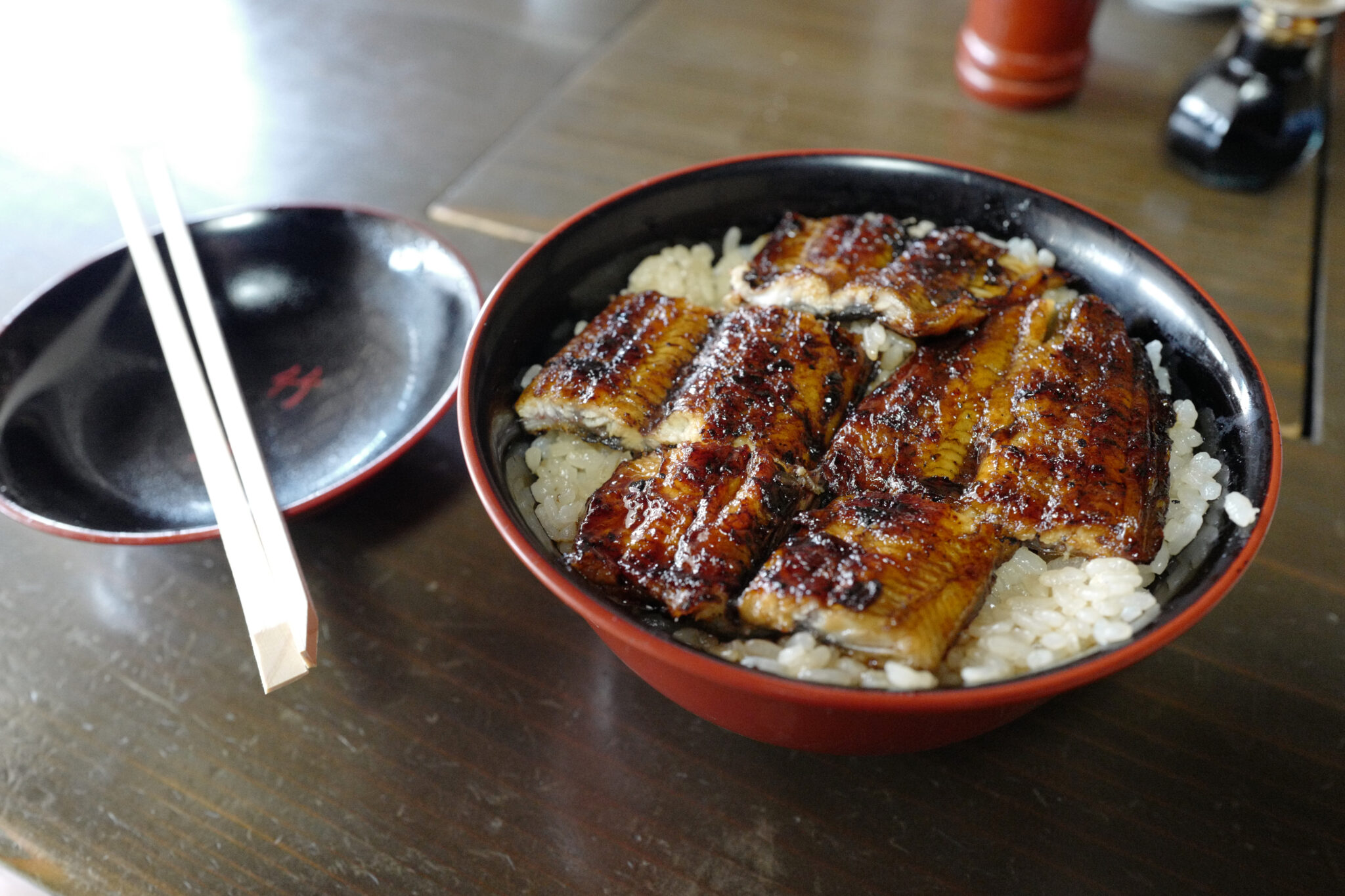
Karatsu Castle
The interiors of Japanese castles are usually not very interesting to visit since most of them are reconstructions but you’re almost guaranteed a good view from the top.
The same is true of Karatsu Castle (唐津城), whose donjon (keep) was built in 1966 as a tourist attraction. It is unusual in that the stonework rises directly out of the water of Karatsu Bay, using the ocean as a natural moat.
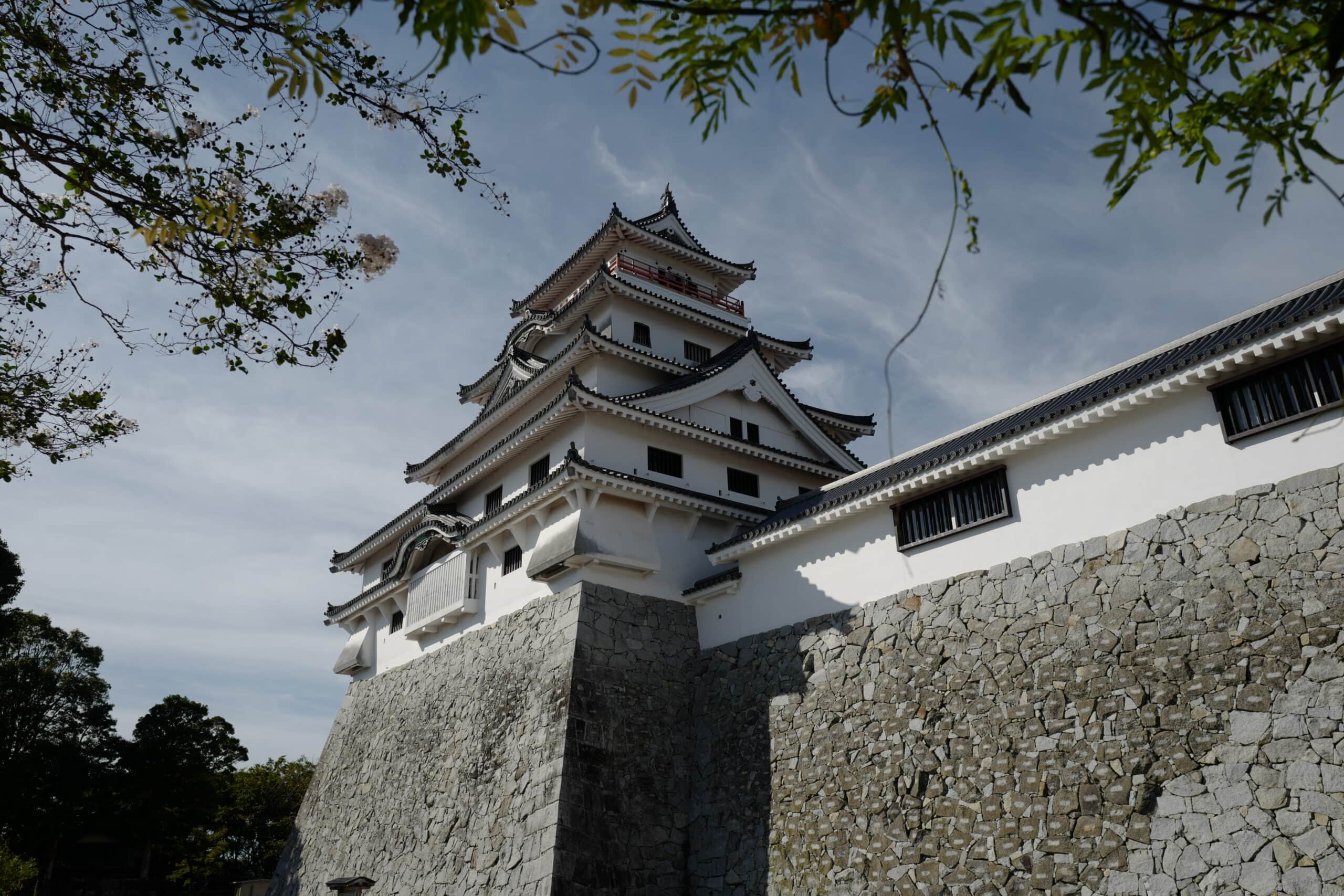
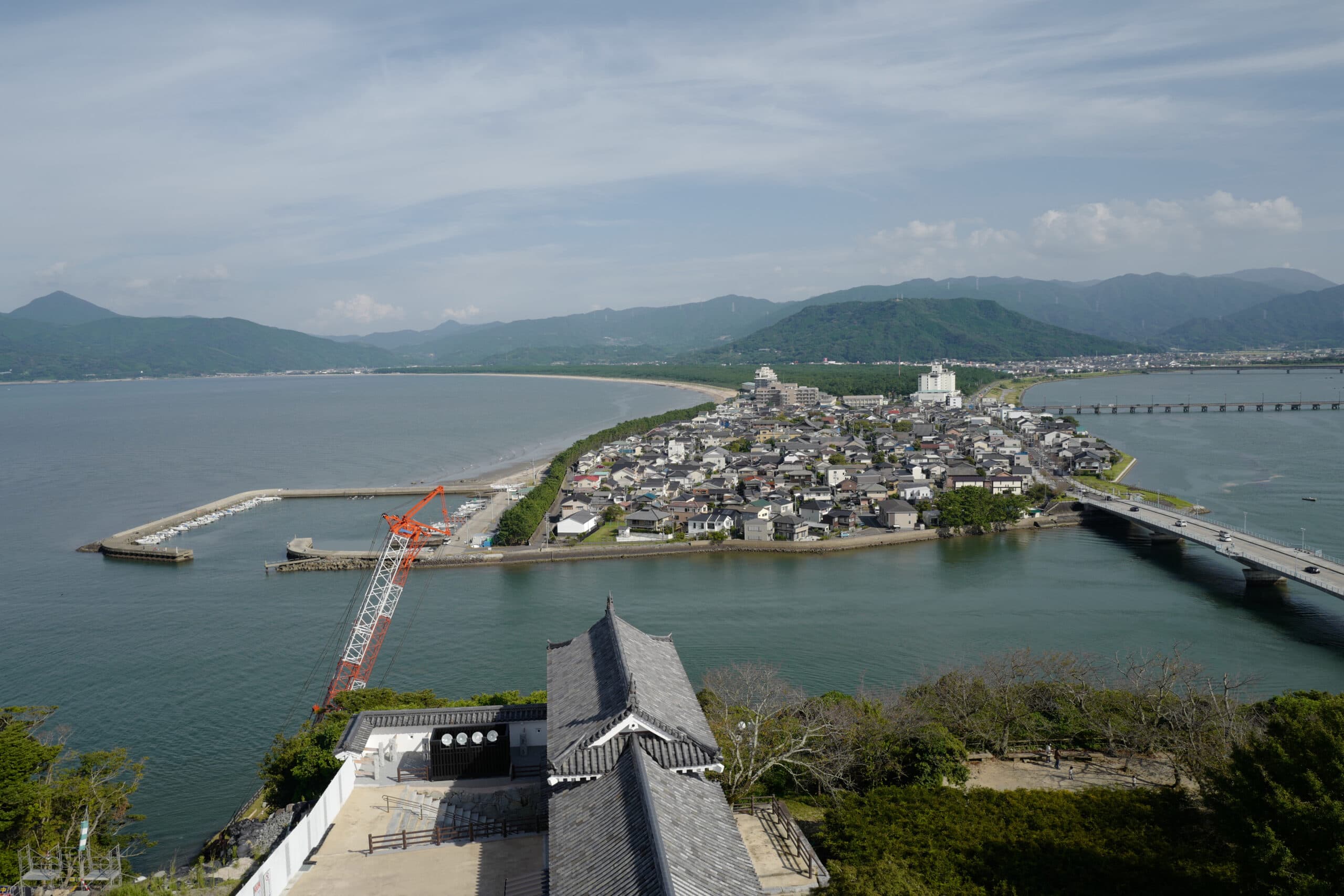
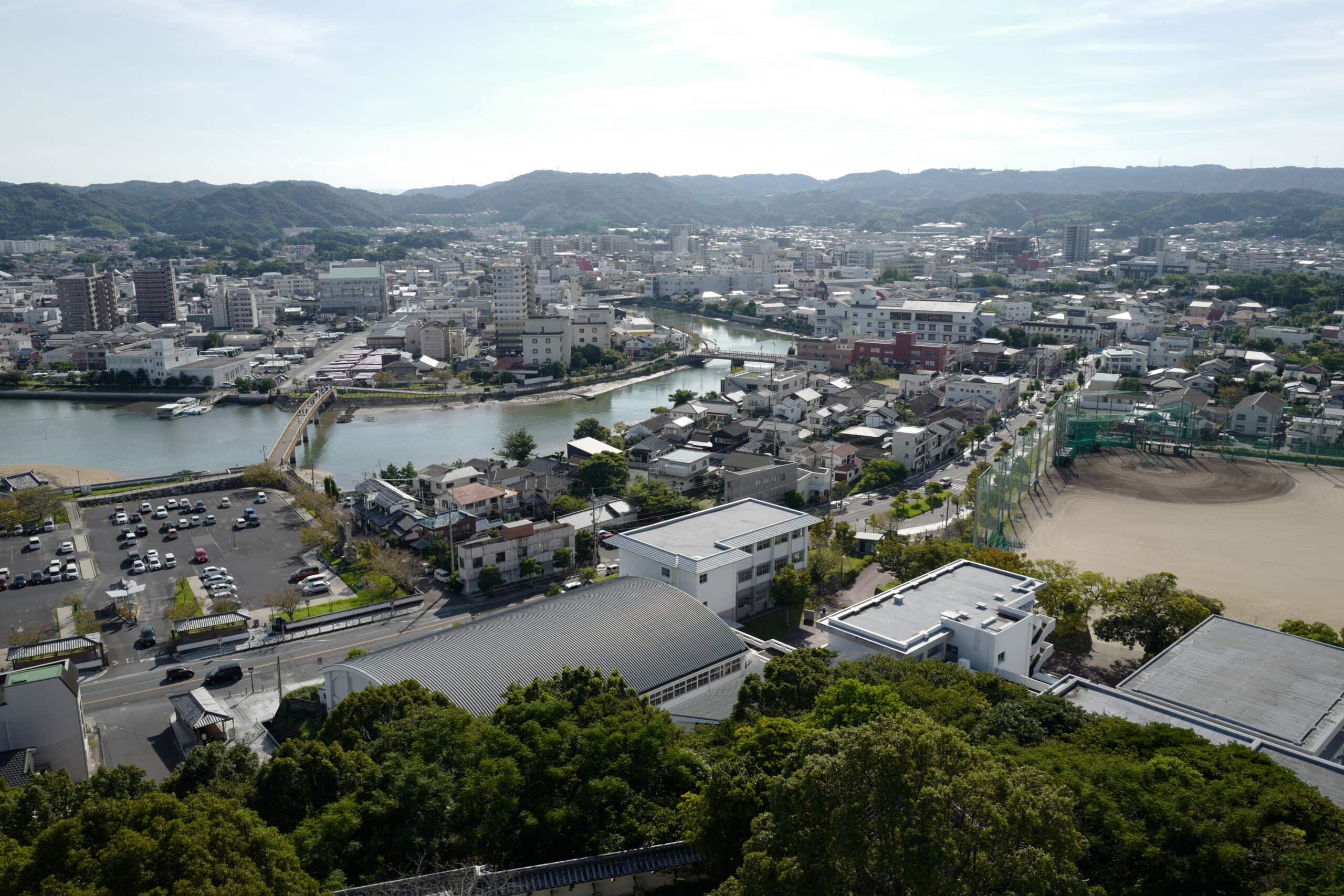
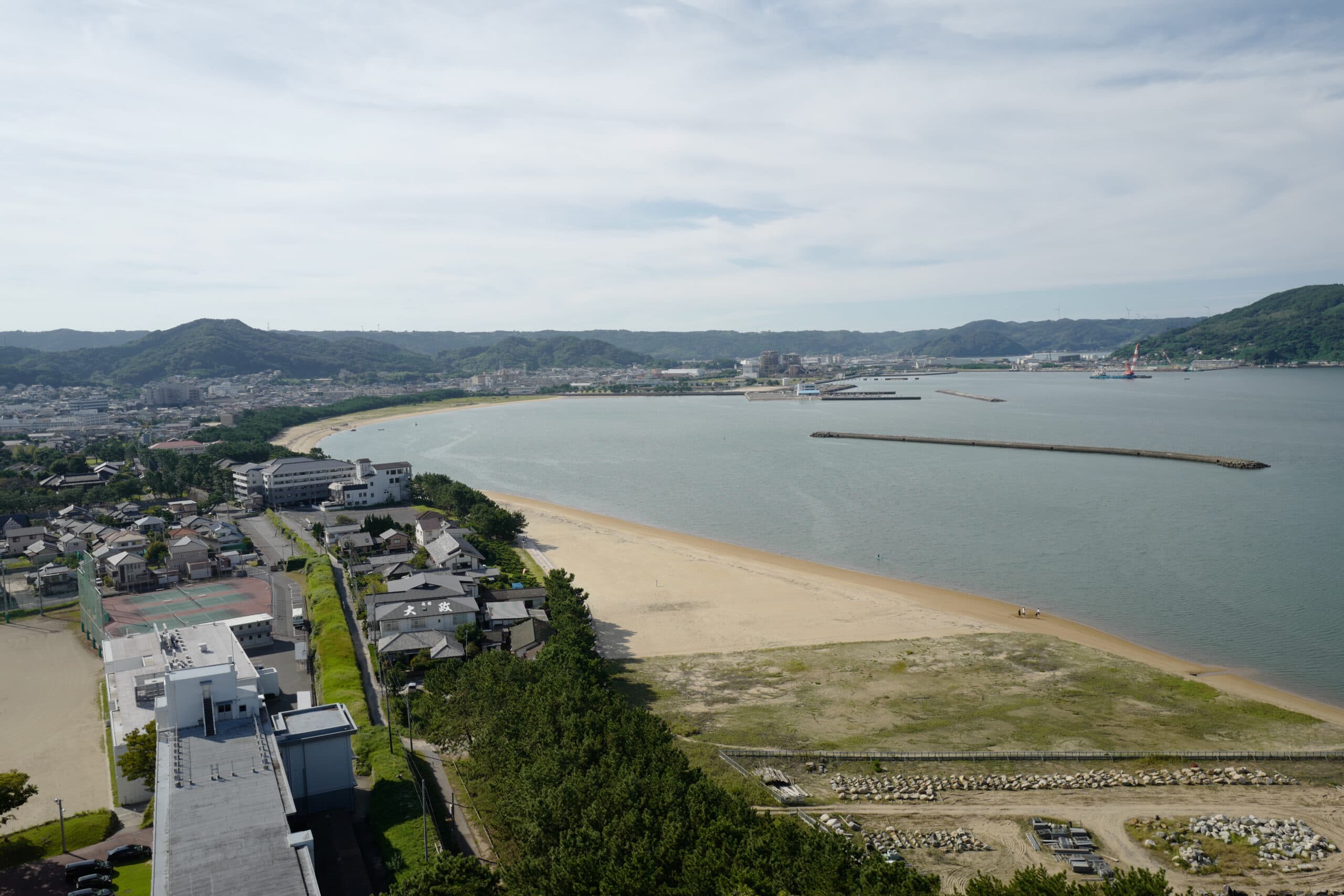
Yōyōkaku Ryokan
Opposite Karatsu Castle, across the Maizuru Bridge (舞鶴橋), lies an absolute masterclass of Japanese architecture, hospitality, and culinary refinement; Yōyōkaku Ryokan (洋々閣). It was the perfect place to spend our last night in Kyushu.
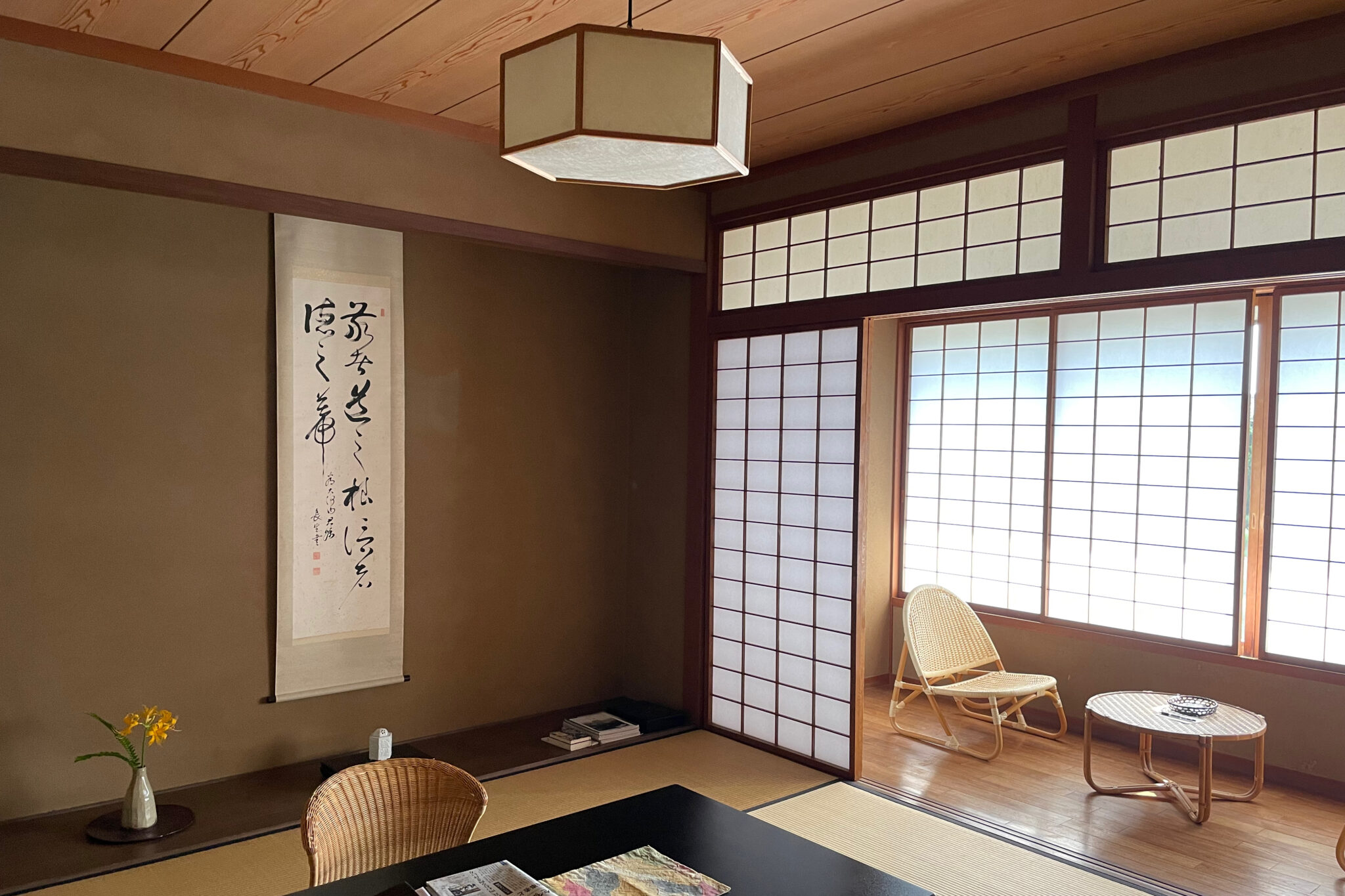
Craig Mod explains the inn’s allure well (read the full piece for his delightful soliloquy about Yōyōkaku’s door locks).
Why did this one impress? Because it was a faultless object. In so much as the experience of staying at an inn can be a singular, bounded thing. That is, the interface to the place itself — all of its surfaces — were, as far as I could tell, perfect. I couldn’t imagine better versions of them: The silken hardwood floors smoothed under a century of stocking feet and slippers. The large glass panes, still original, mostly, and of that precisely imperfect turn-of-the-century cut, shimmering and making the garden do a watery dreamscape dance. And then the garden itself! The dozen matsu pines kept up, despite the high gardening costs. The proportions of the old rooms — visible wooden beams embedded into sunakabe — creating that pleasing sense of thirds and fifths and golden ratios wherever you happen to look.
Flawless Mechanisms by Craig Mod
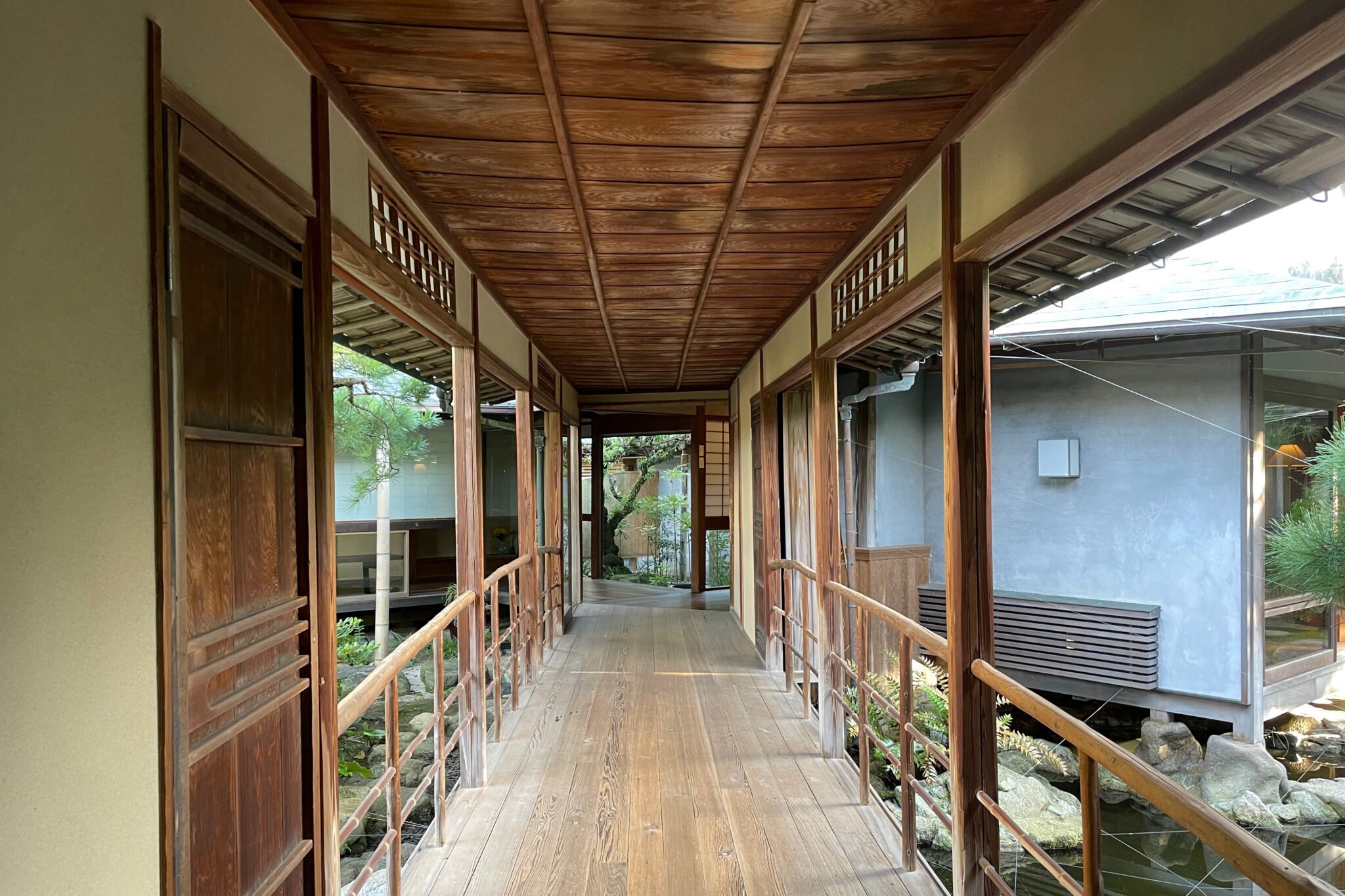
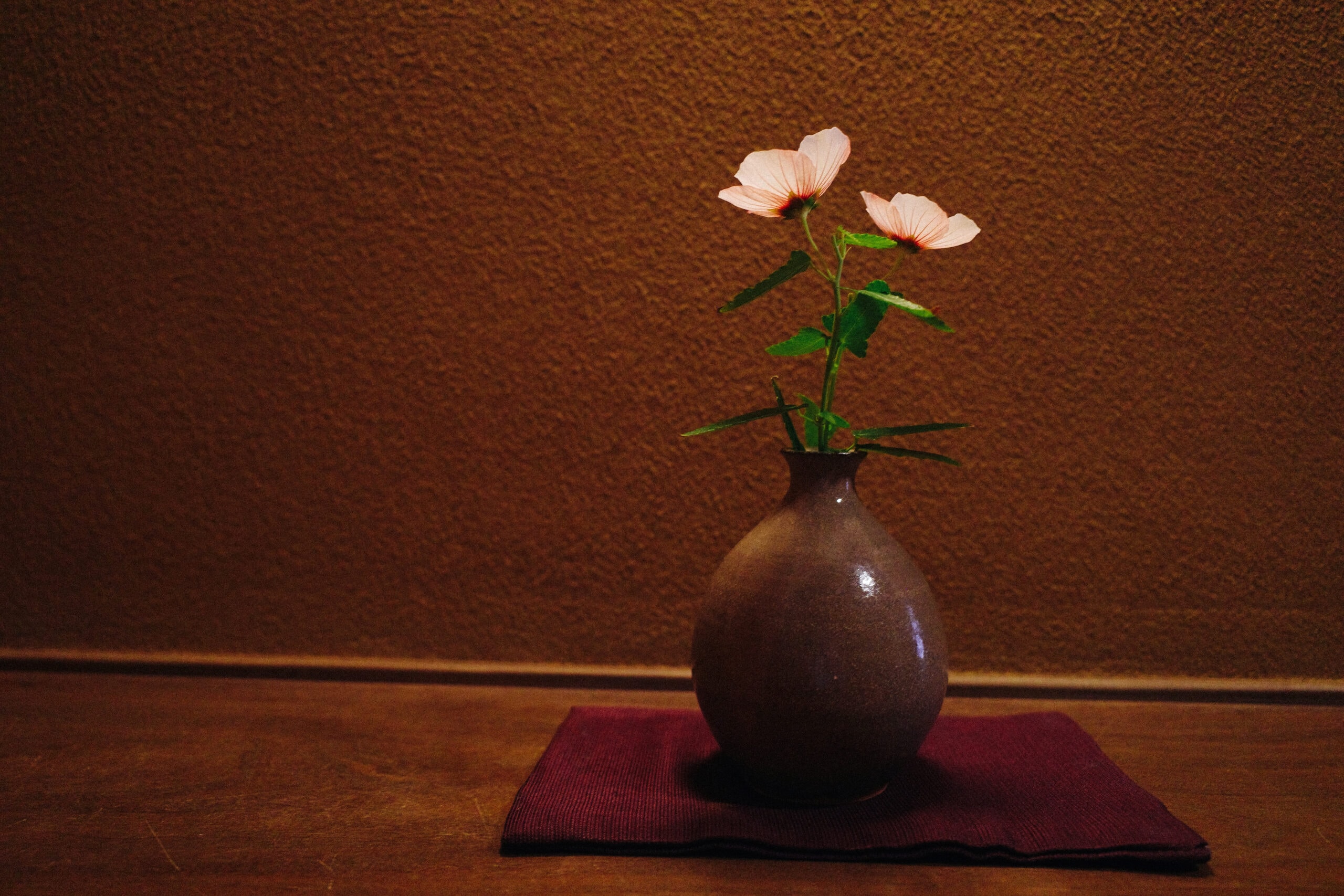

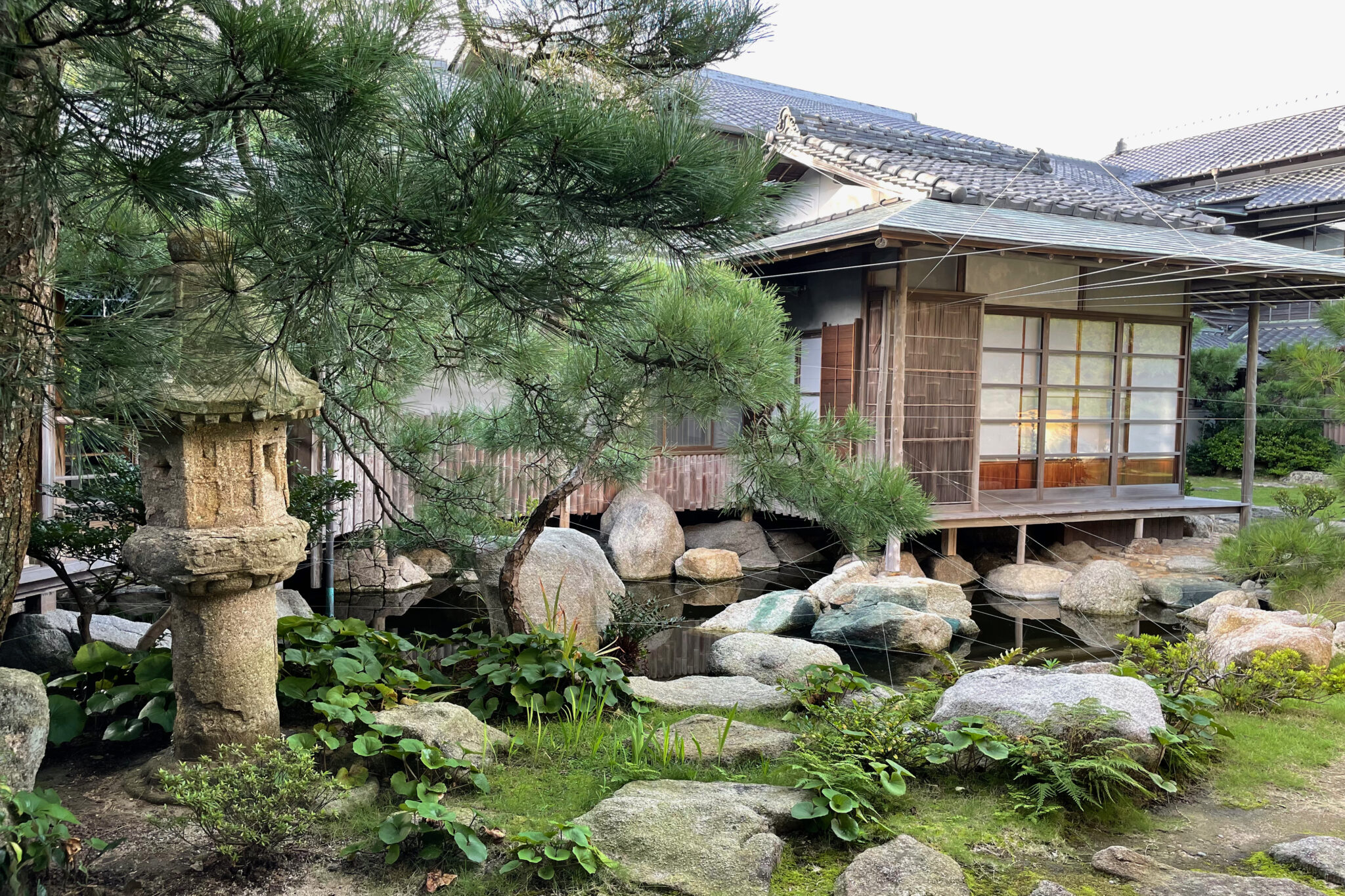
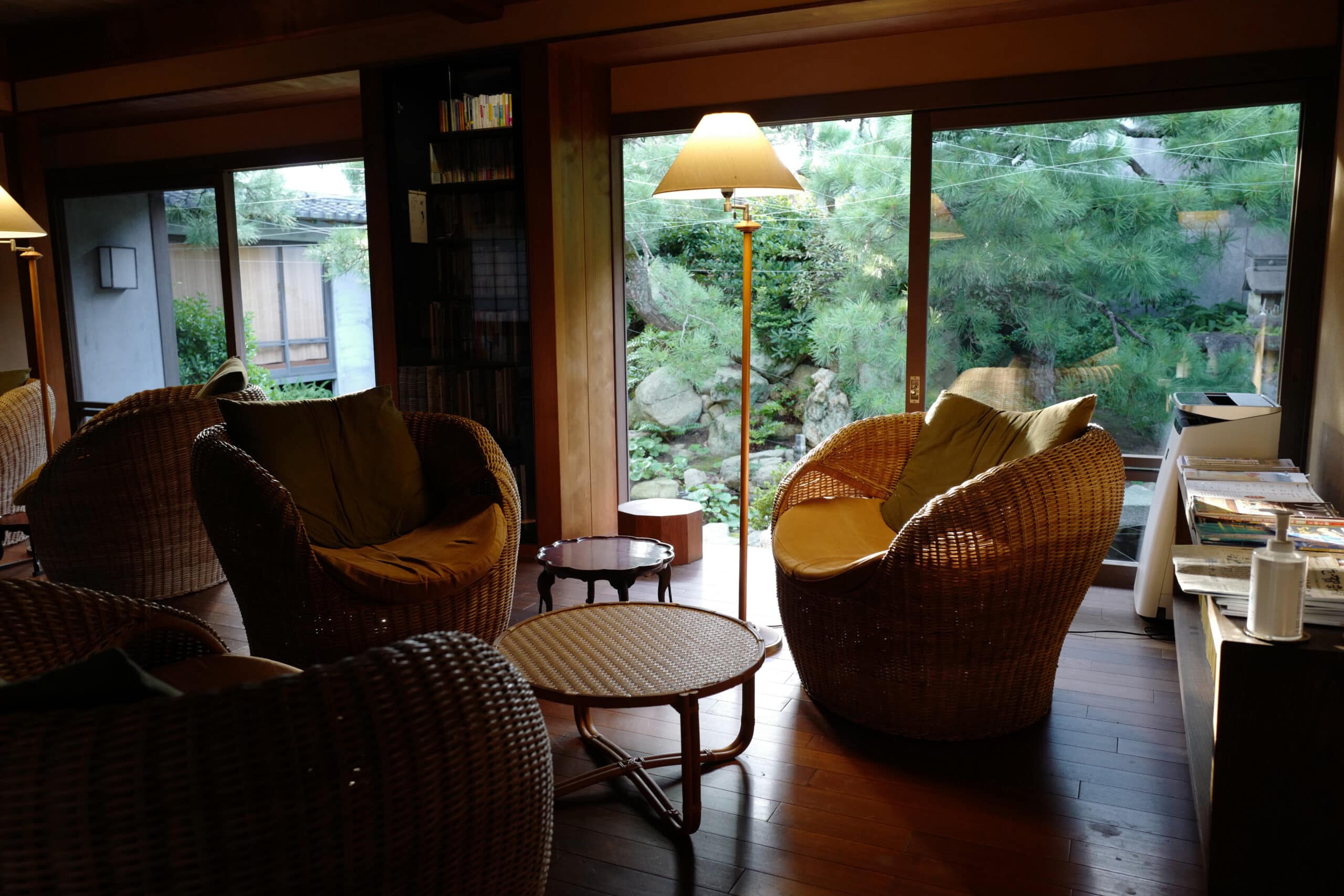
Niji No Matsubara Pine Grove
Niji No Matsubara Pine Grove (虹の松原) is said to have been planted along the beach on the shore of Karatsu Bay as protection against the wind and tide approximately 400 years ago. The dense 4.5 km stretch of gnarled Japanese black pine trees makes a nice place for a walk.
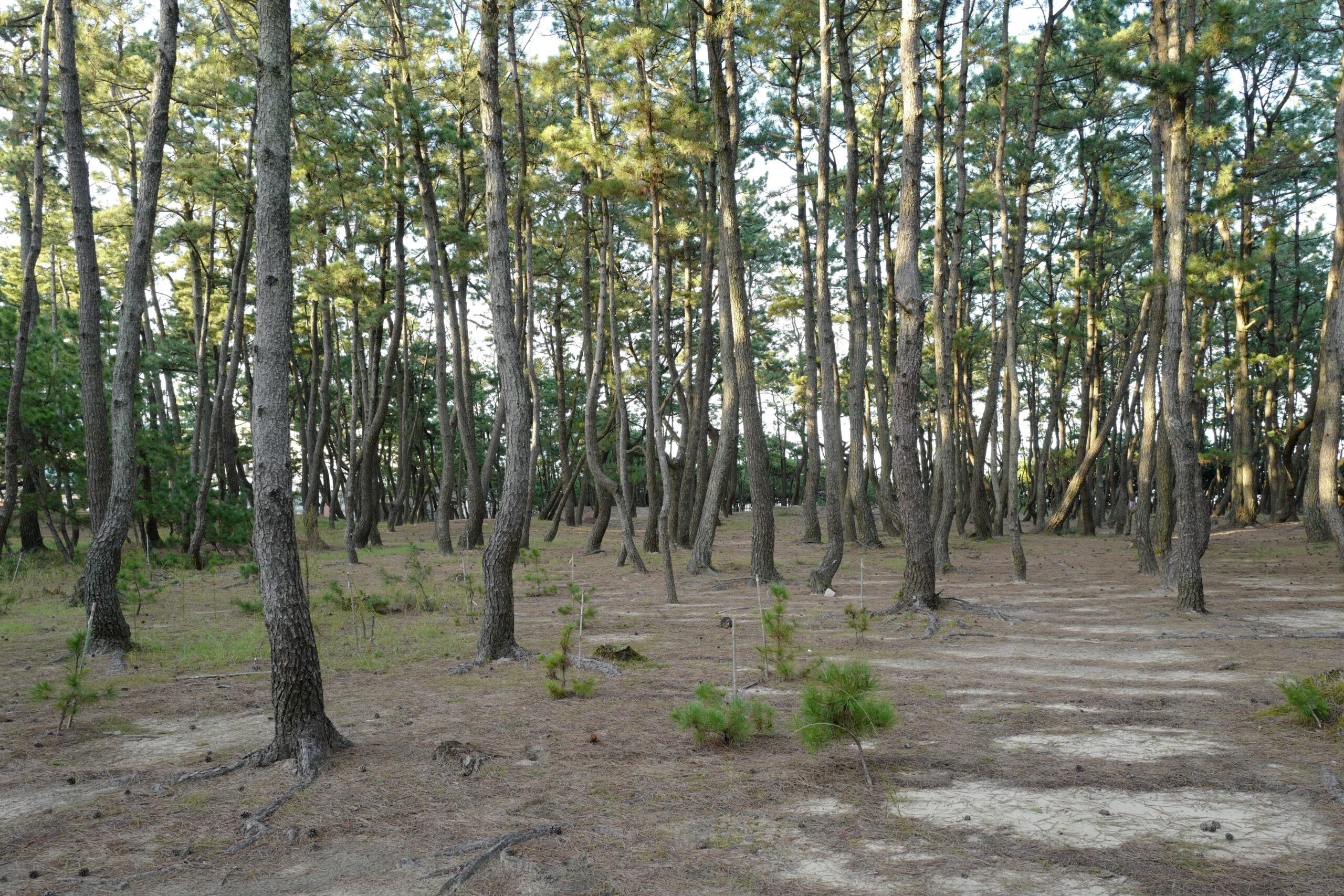
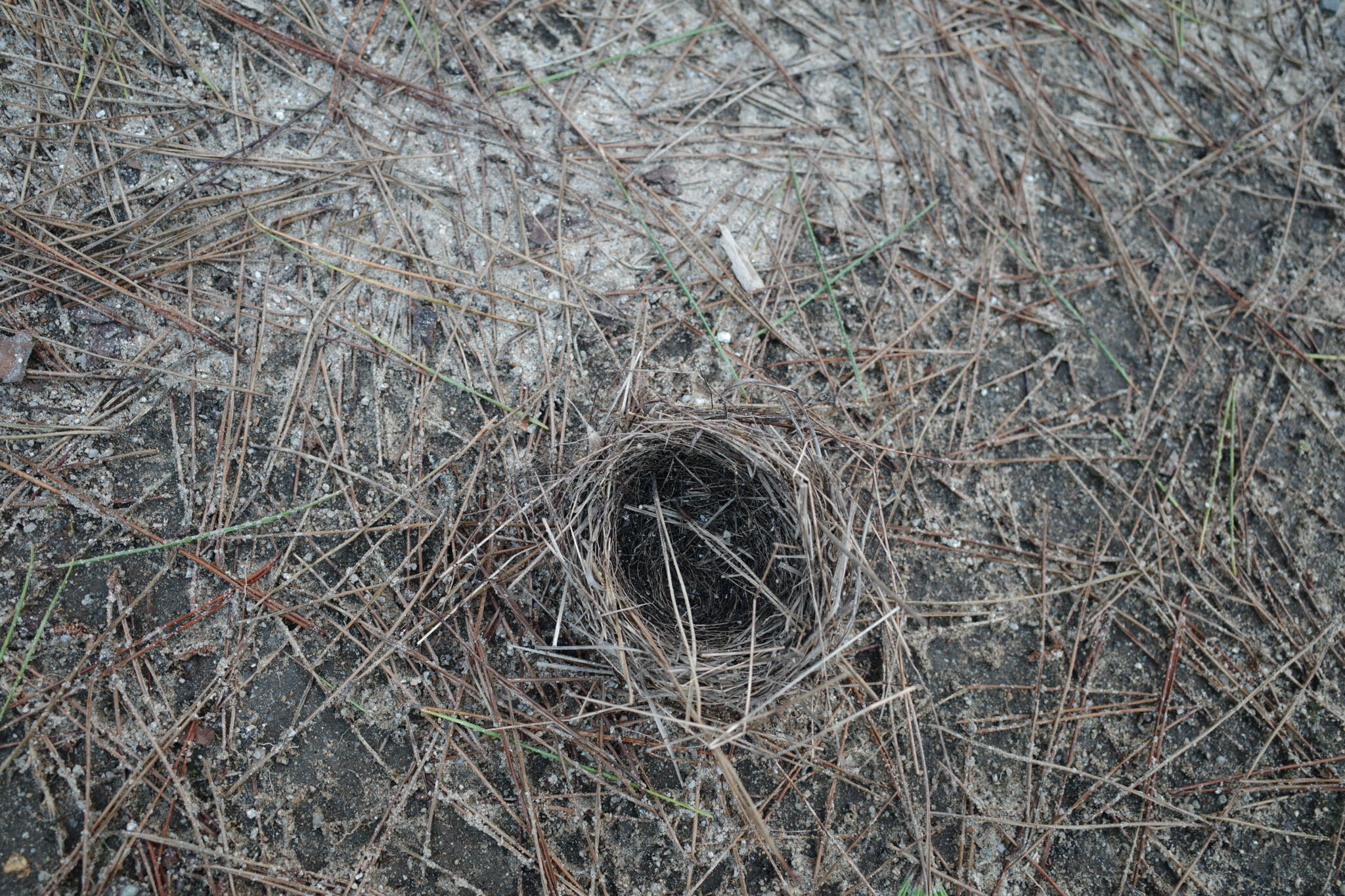
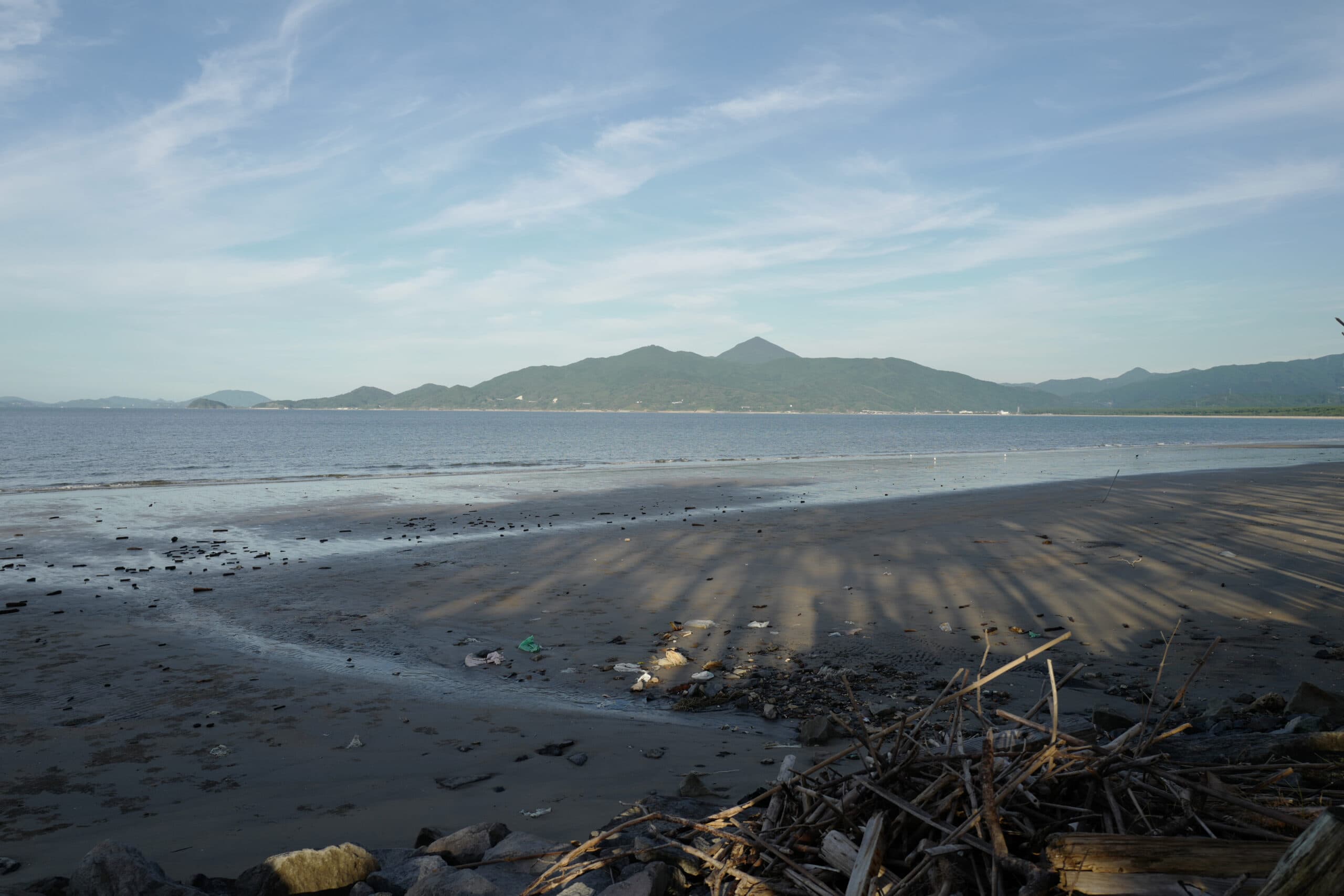
And so our trip around Kyushu came to an end. It had been a strange time to be travelling in Japan inbetween covid surges which have depressed visitor numbers and thus local economies. As a consequence there was a quietness that was at times a little unsettling and yet there was still beauty to be found around almost every corner. I hope we’ll be back to explore more in the future.


Reply